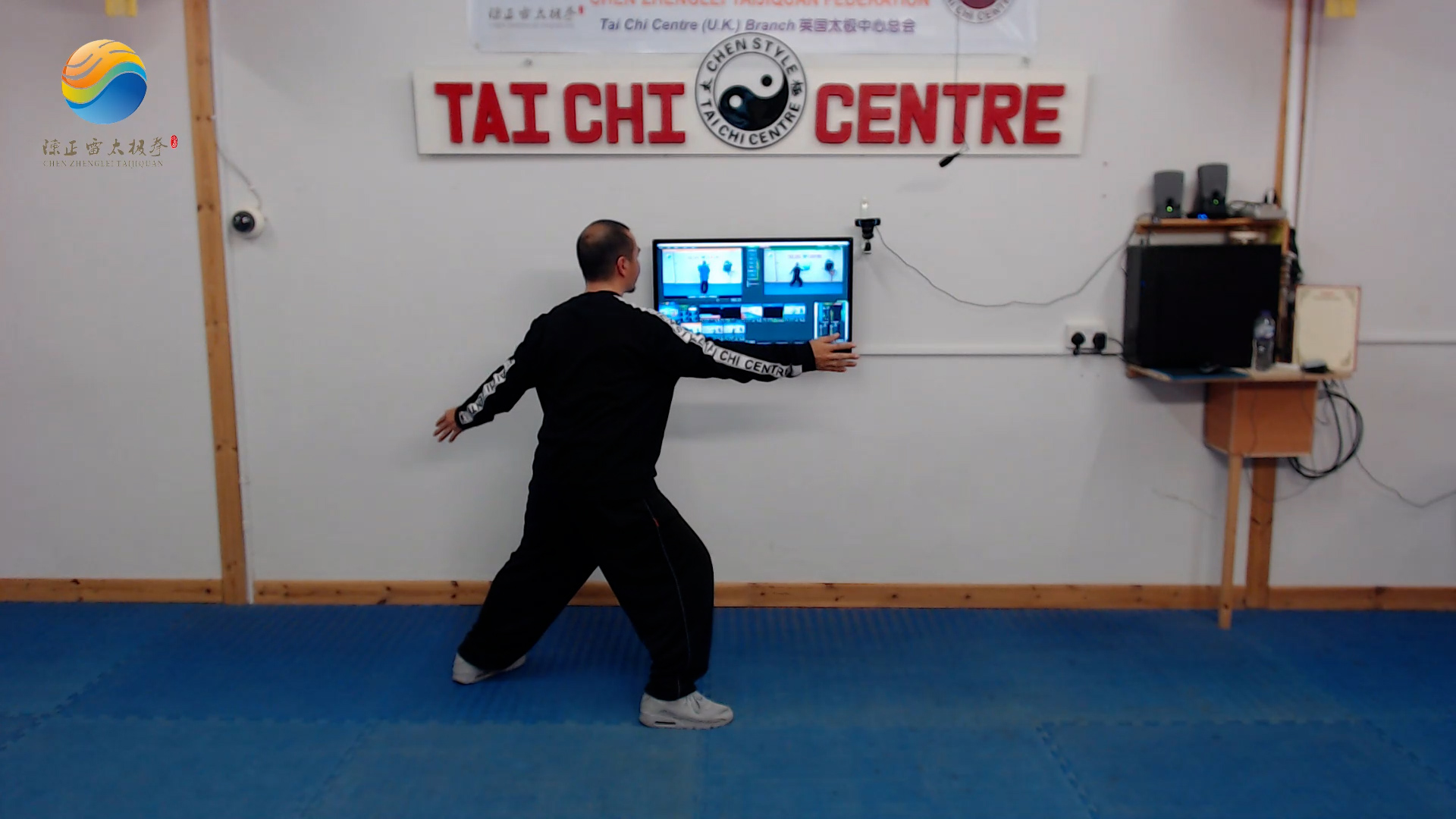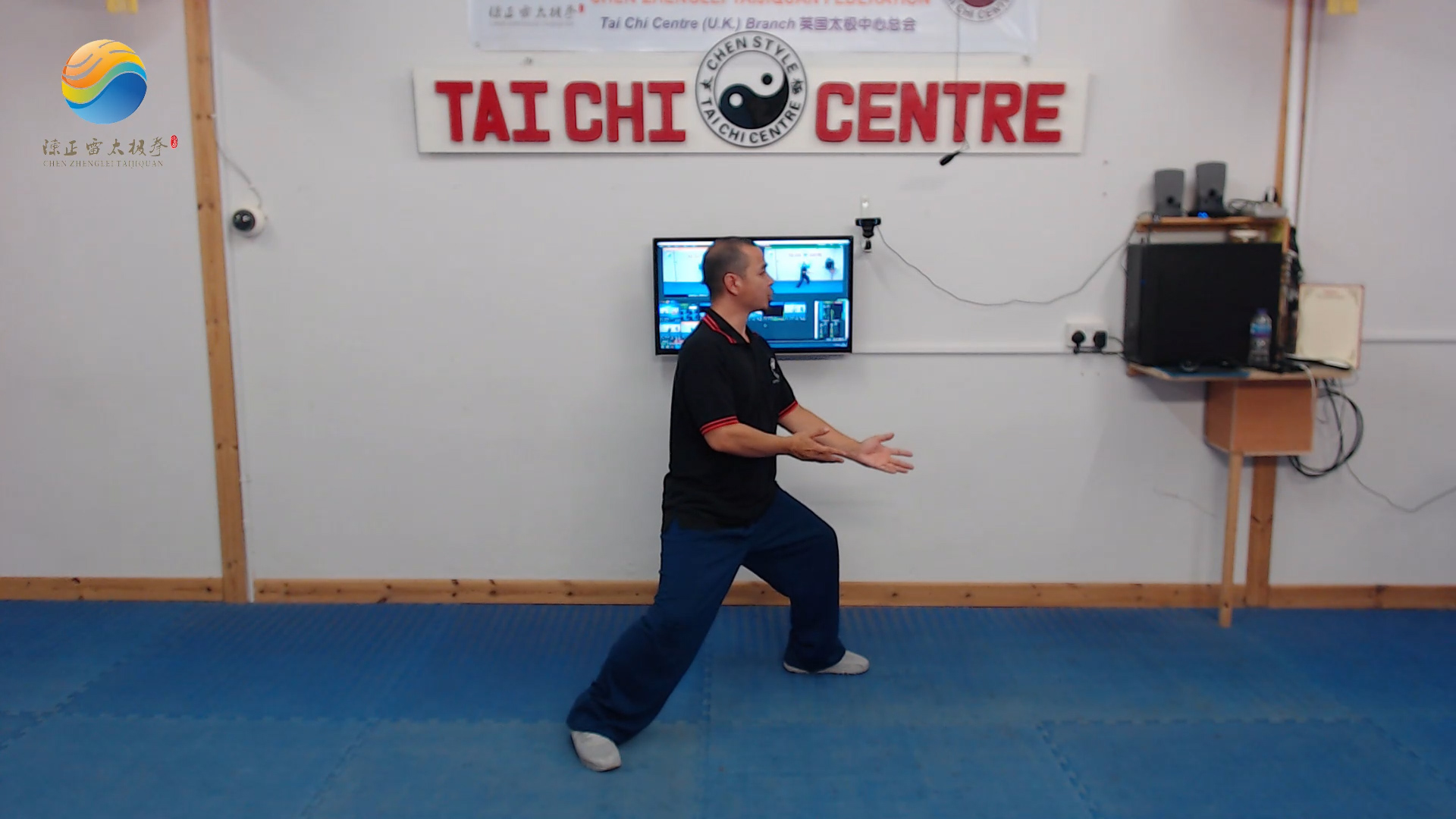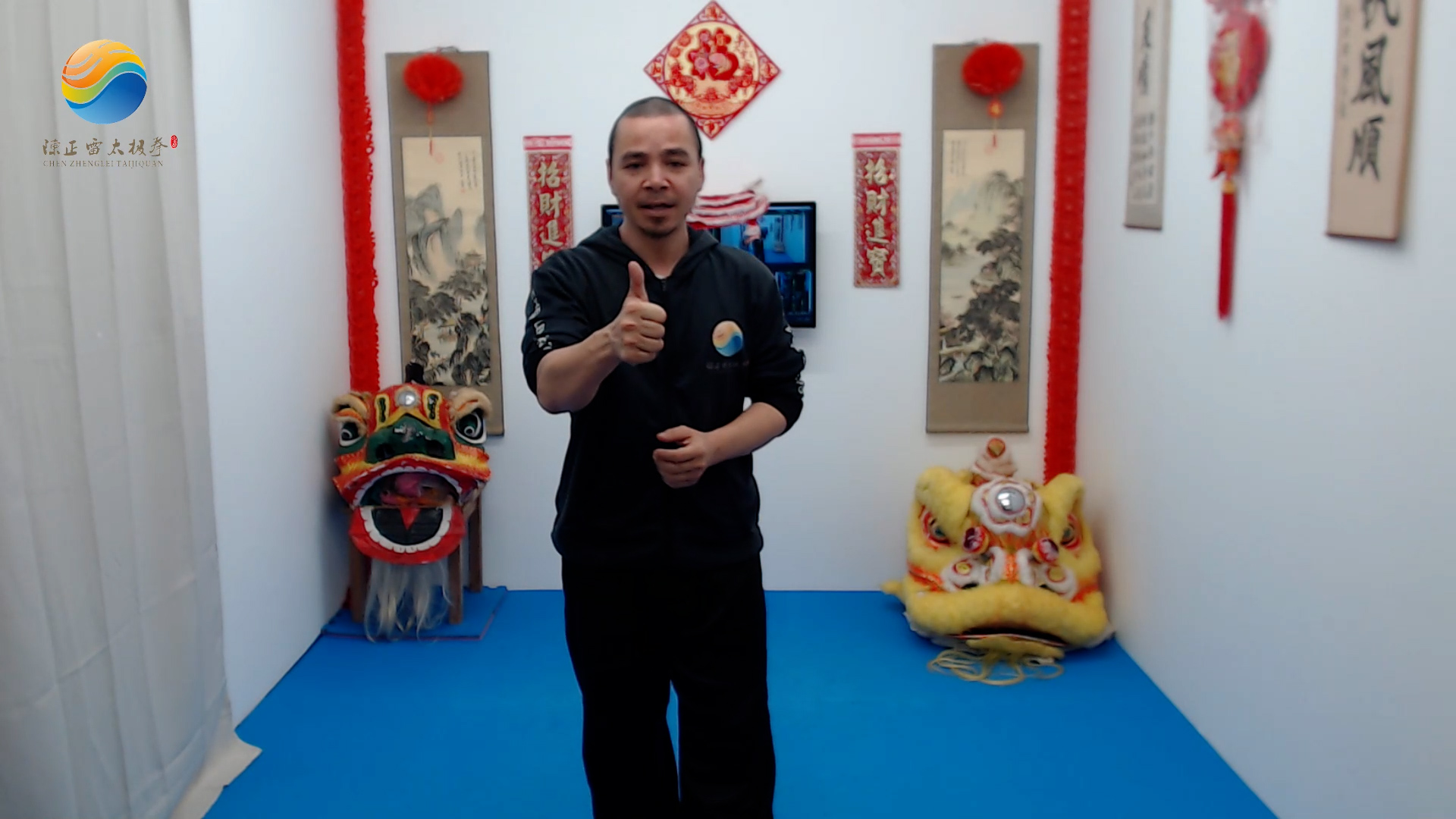Please login then select your membership area! | |
![]() All members are welcome to join our face to face classes on Zoom now! The Zoom Meeting ID for Jamal Alek is 7961870683 and the password is 4444. All members can join the classes on Zoom for interactive classes. Gold members can join the classes on vMixcall so please get your vMixcall password to join the VIP face to face classes at the button of this page. The VIP channels are limited and subject to the availability.
All members are welcome to join our face to face classes on Zoom now! The Zoom Meeting ID for Jamal Alek is 7961870683 and the password is 4444. All members can join the classes on Zoom for interactive classes. Gold members can join the classes on vMixcall so please get your vMixcall password to join the VIP face to face classes at the button of this page. The VIP channels are limited and subject to the availability.
Reminder for all Members
That you agree to evaluate your own health before you start every practice and that you wish to participate at your own risk.
If you are new to exercise or are at all concerned of your own health please consult your GP before continuing.
The contents provided by Sifu Jamal Alek is for educational purposes and does not replace your GP’s advice.
Sifu Jamal Alek accepts no responsibility liability for any injuries, loss or damages whatsoever from the use or misuse of contents, all information, Videos, text, images, audio, websites and associated links, clubs and gyms in connection with Sifu Jamal Alek.
Always warm up before you start any practice as this will help prevent injury, remember, Sifu Jamal wishes you a clear path to Self Improvement. Move to your own strengths and flexibility and take care of yourself.
Interactive Zoom Sessions is also available with Sifu Jamal Alek with multiple membership add on options to choose from, contact your sifu for more info. Thank you.
Recorded Sessions
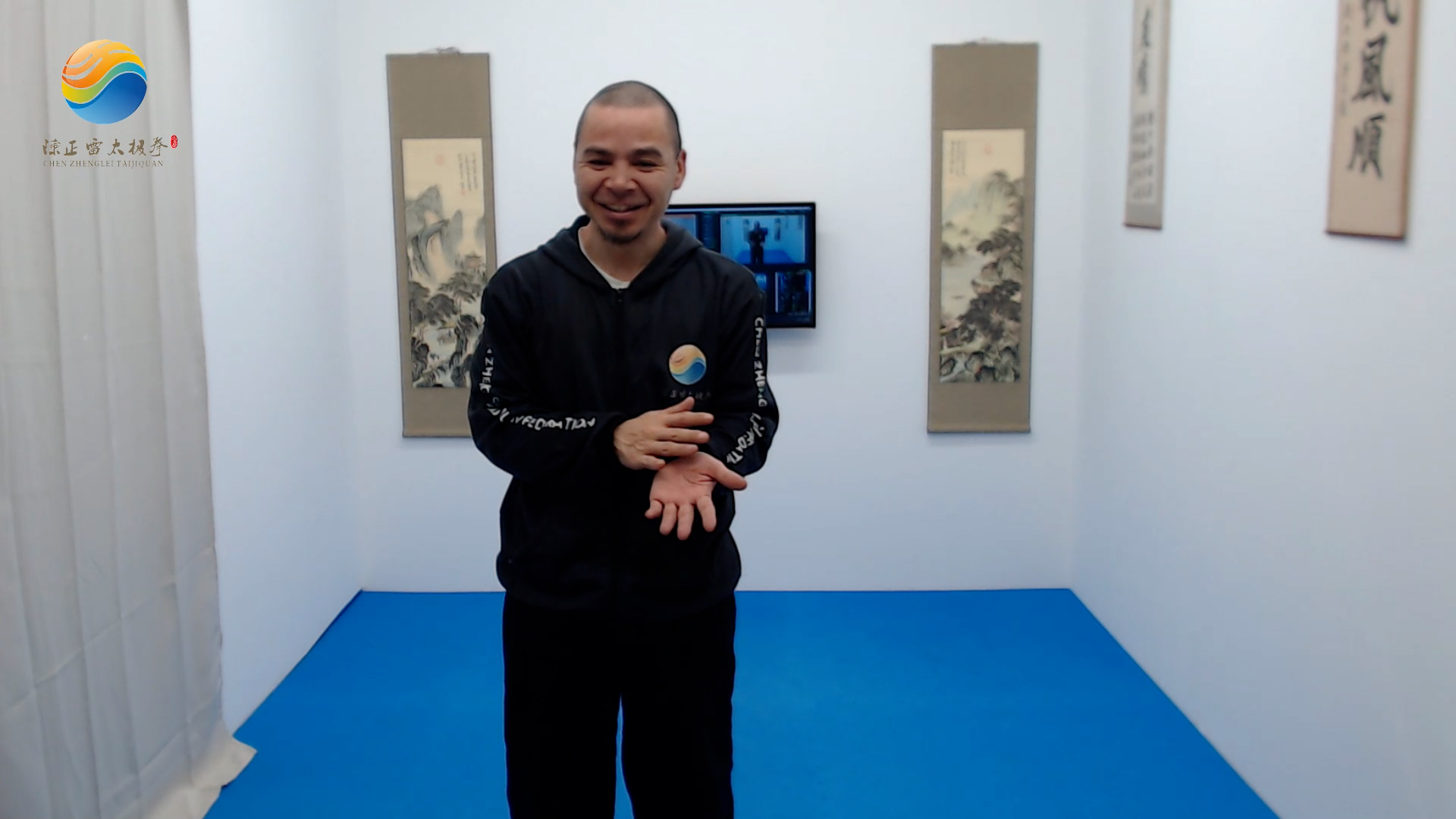
Silk Reeling Energy Exercises
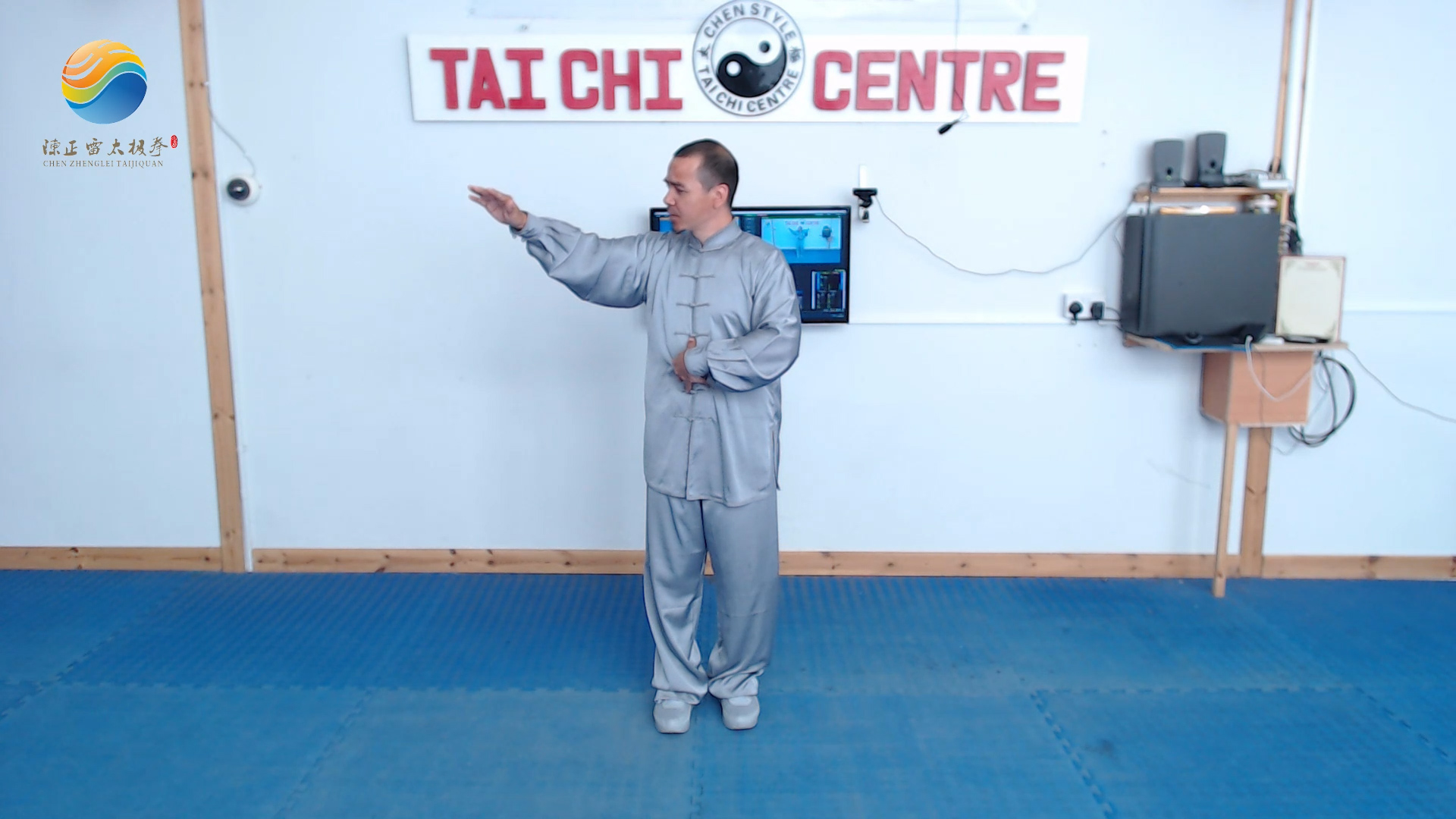

Single Hand Silk Reeling Exercise
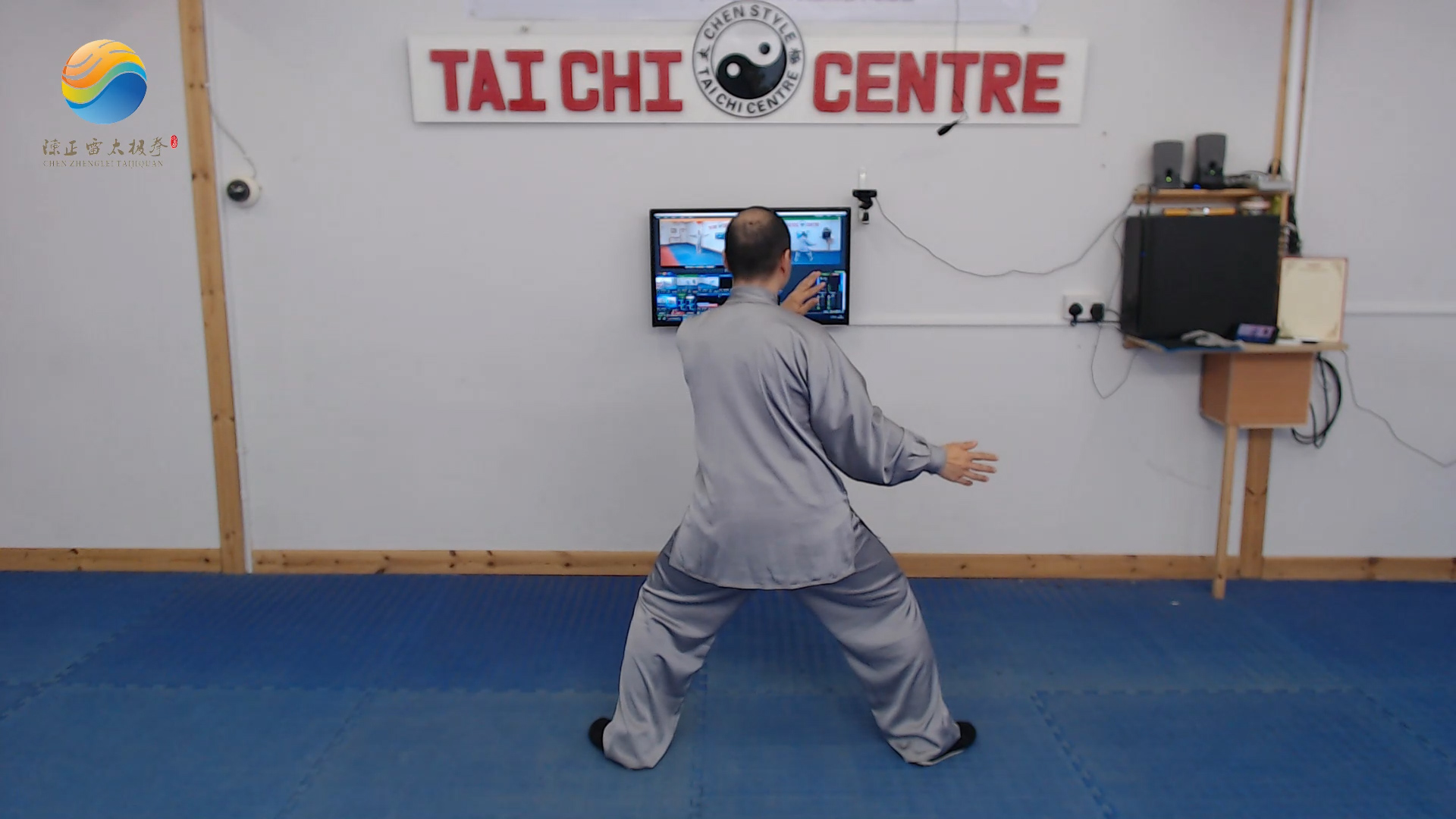
Double Hand Silk Reeling Exercise
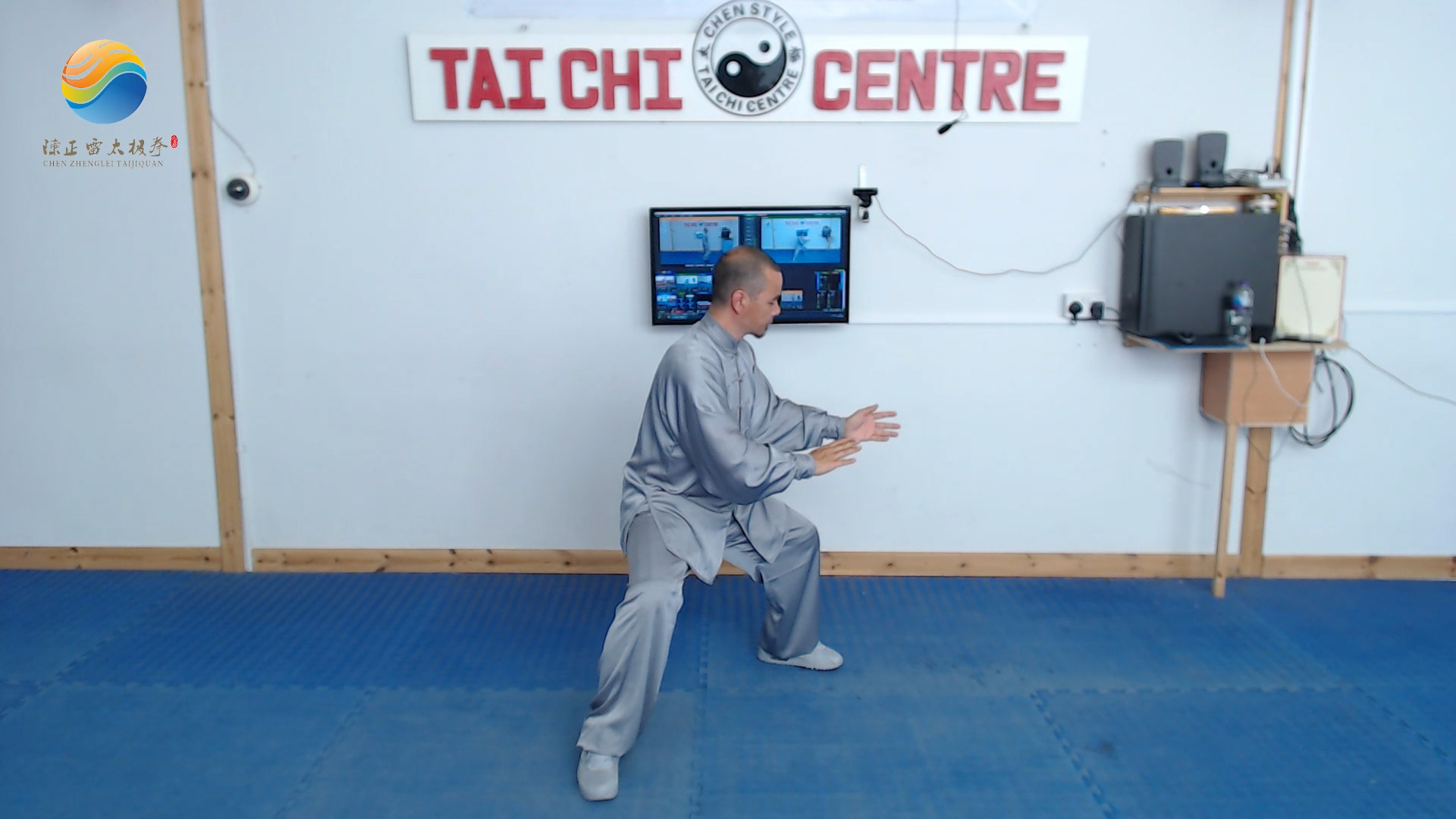
Beginners Silk Reeling
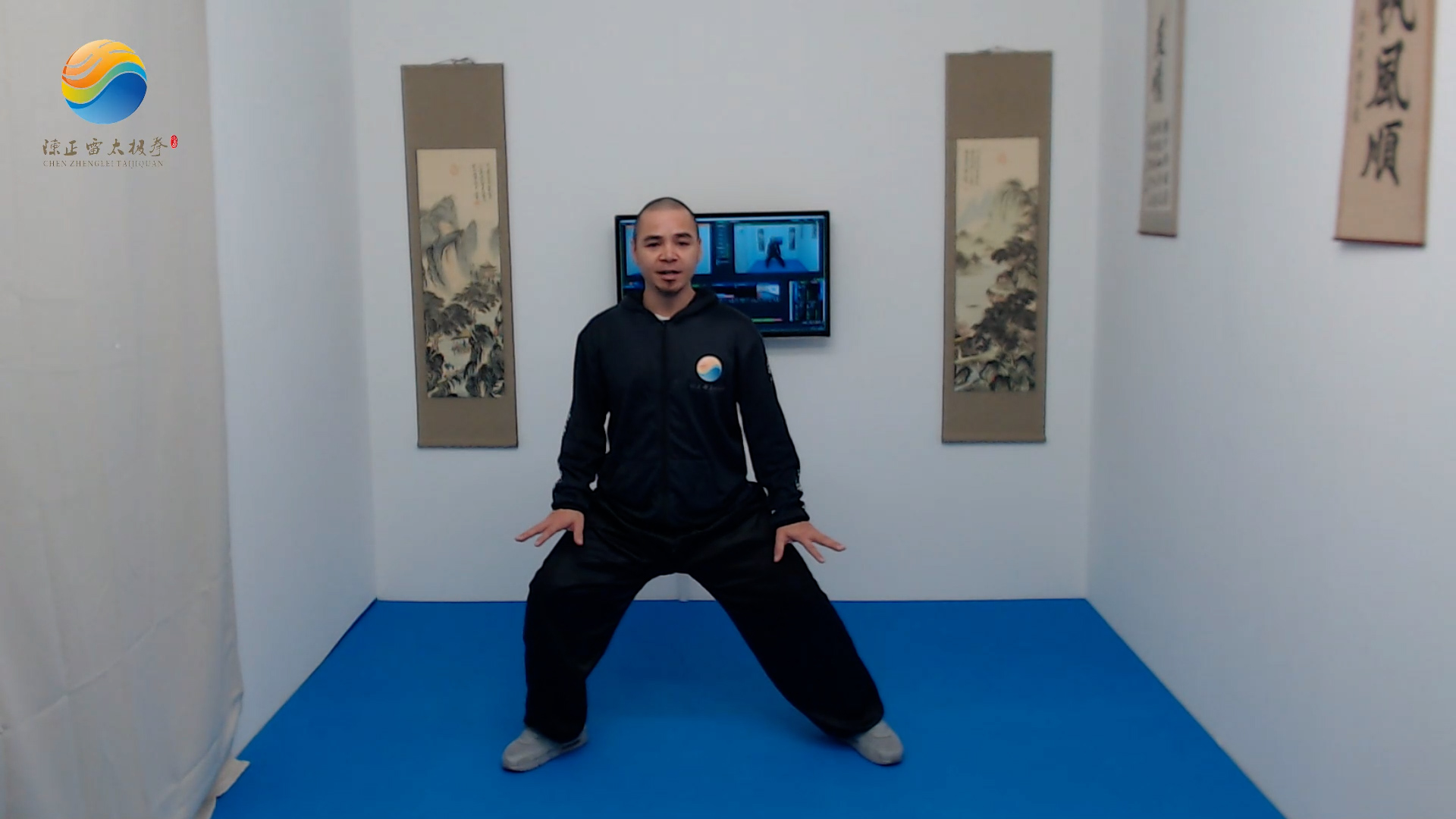
Silk Reeling Tips
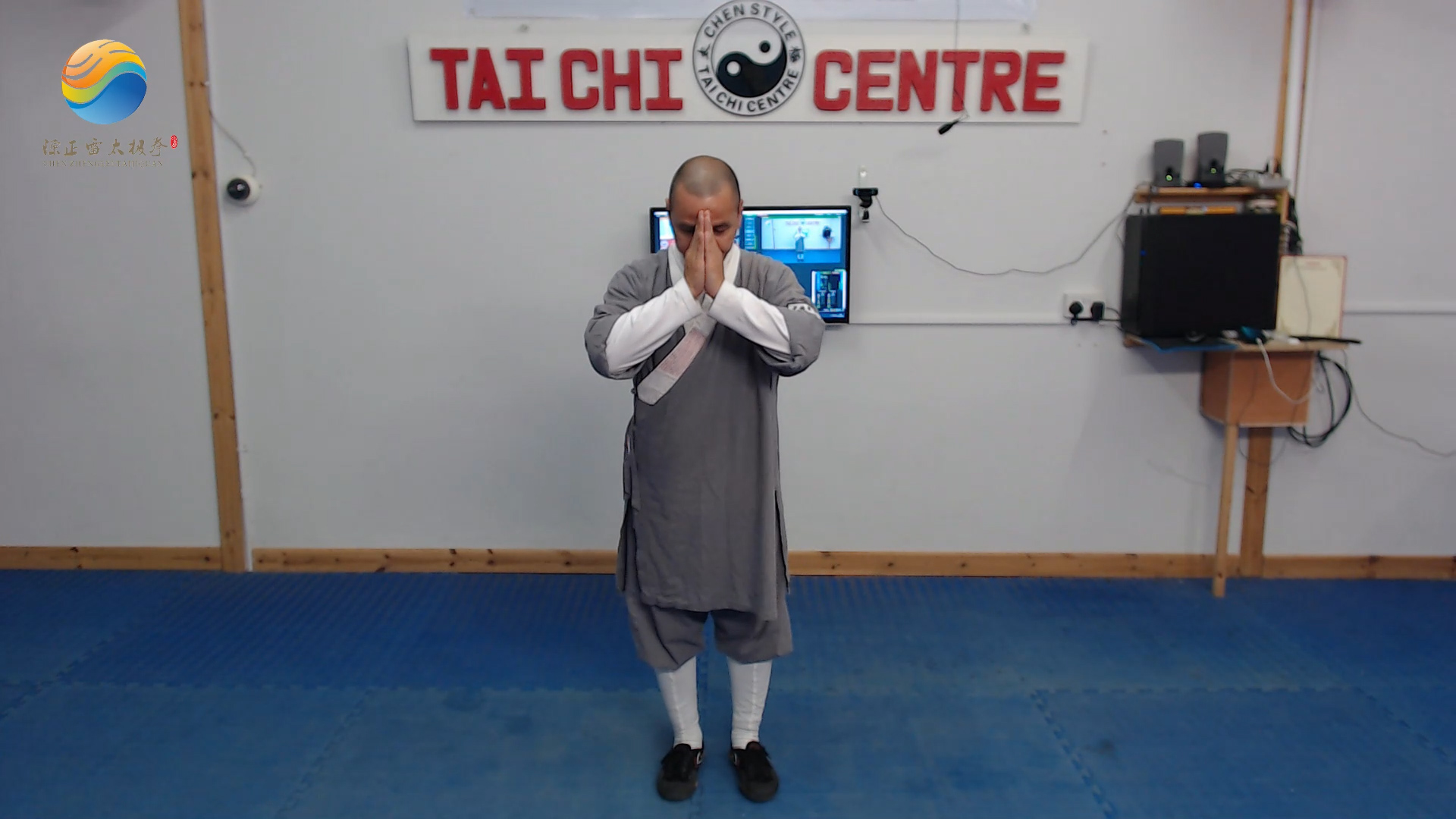
Beginners Energy Storing and Releasing
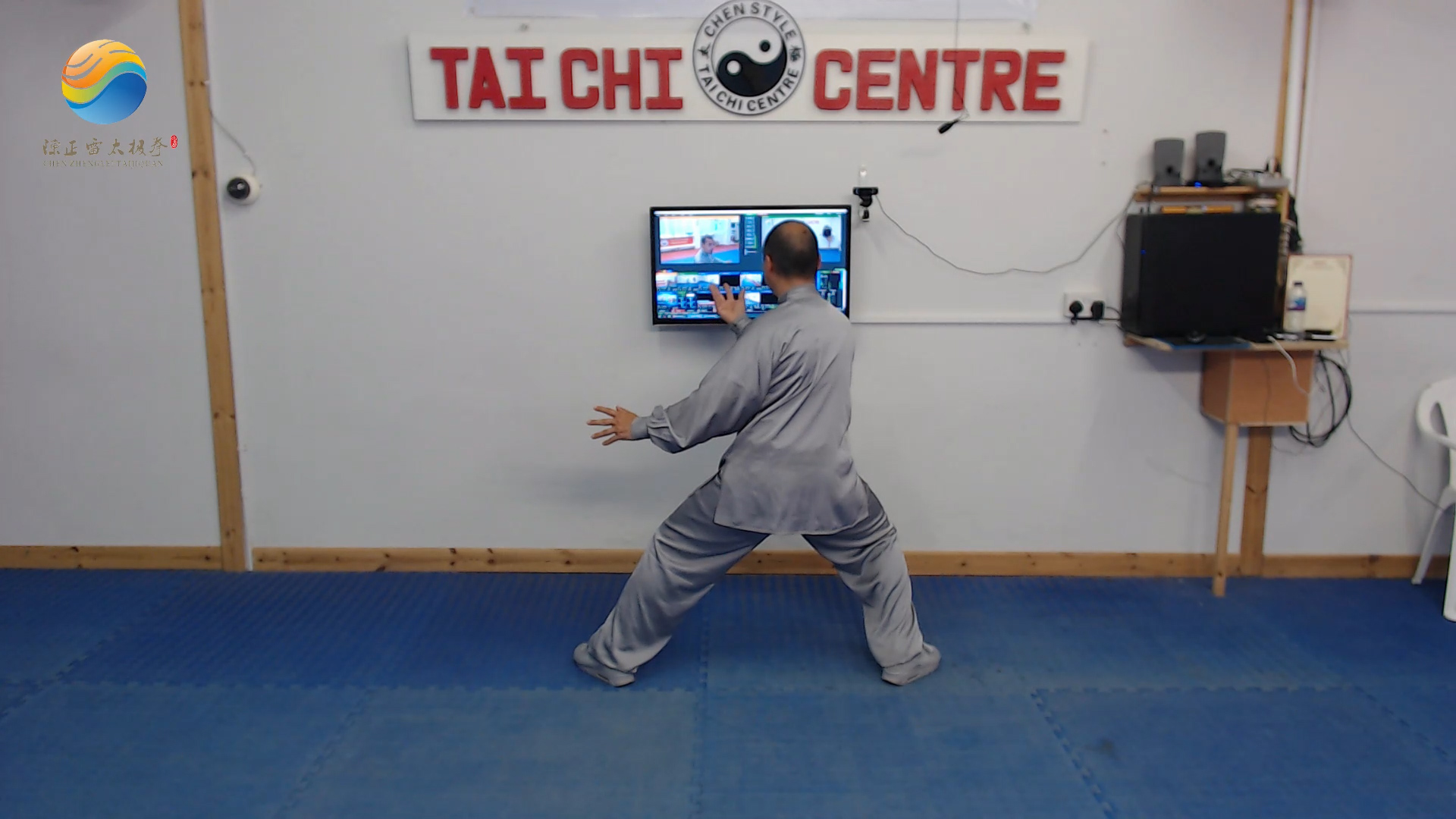
Silk Reeling Spiral
Tai Chi 8 Form
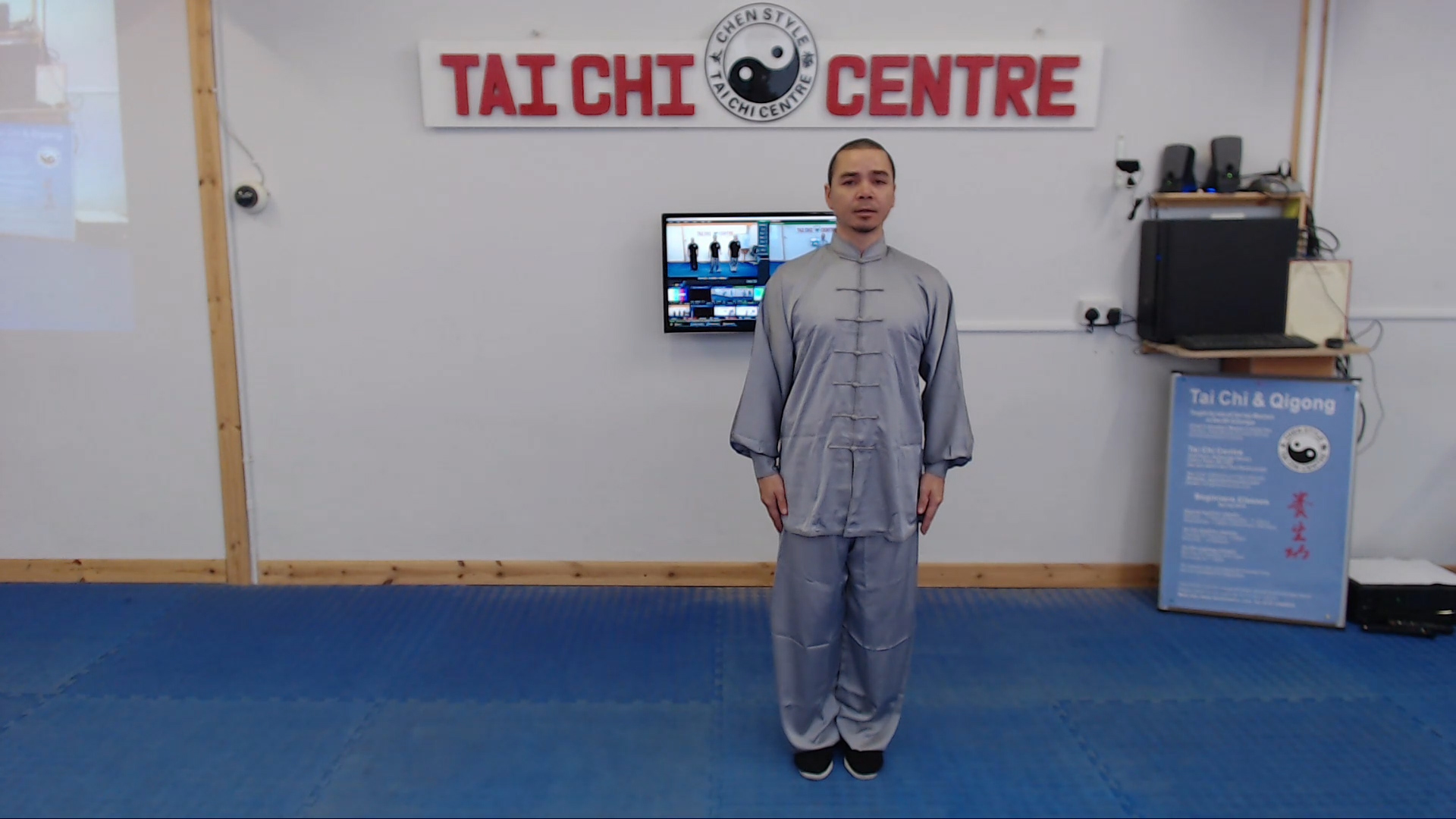

8 Form Follow Me
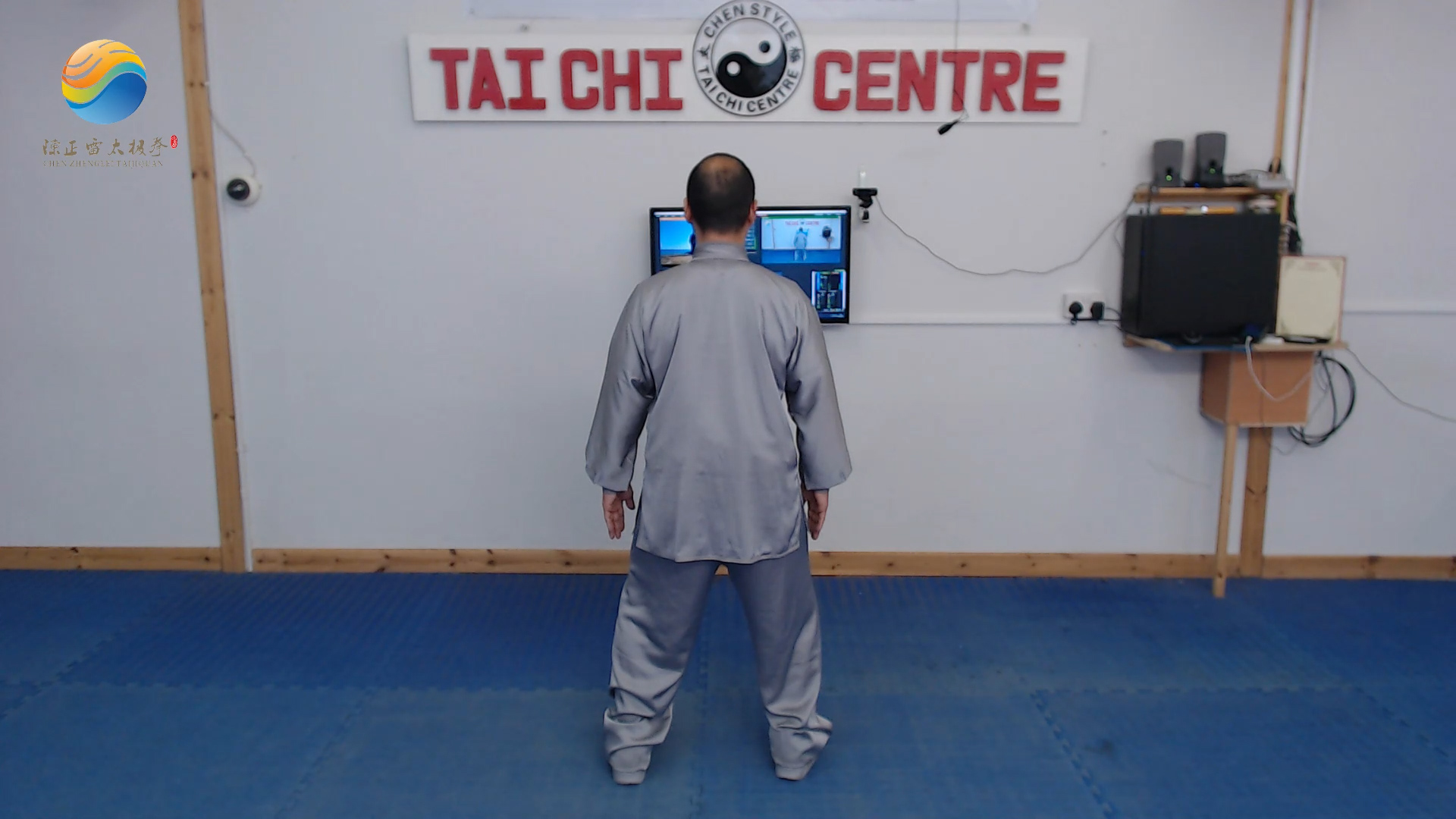
Lesson 1
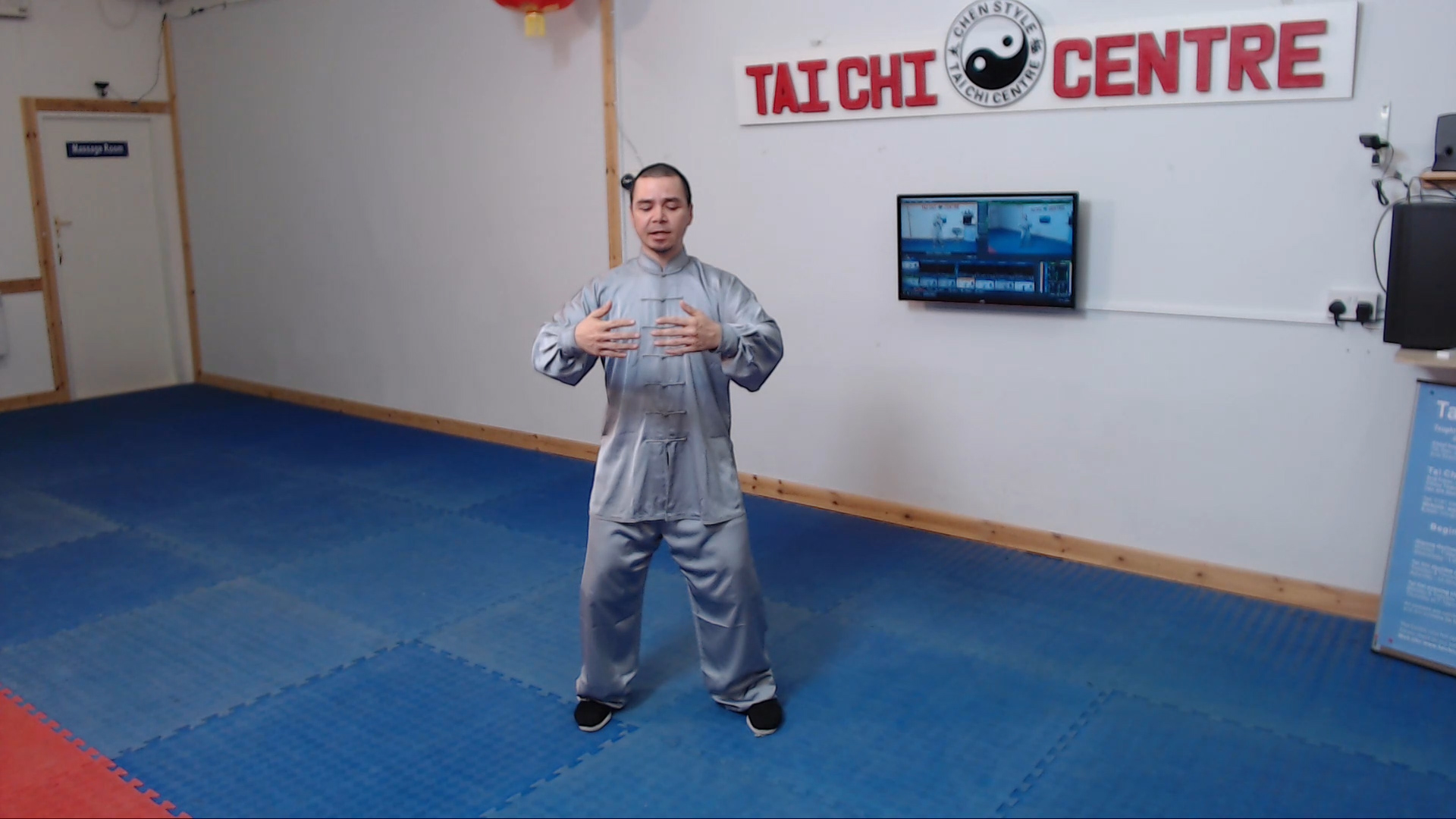
Lesson 2
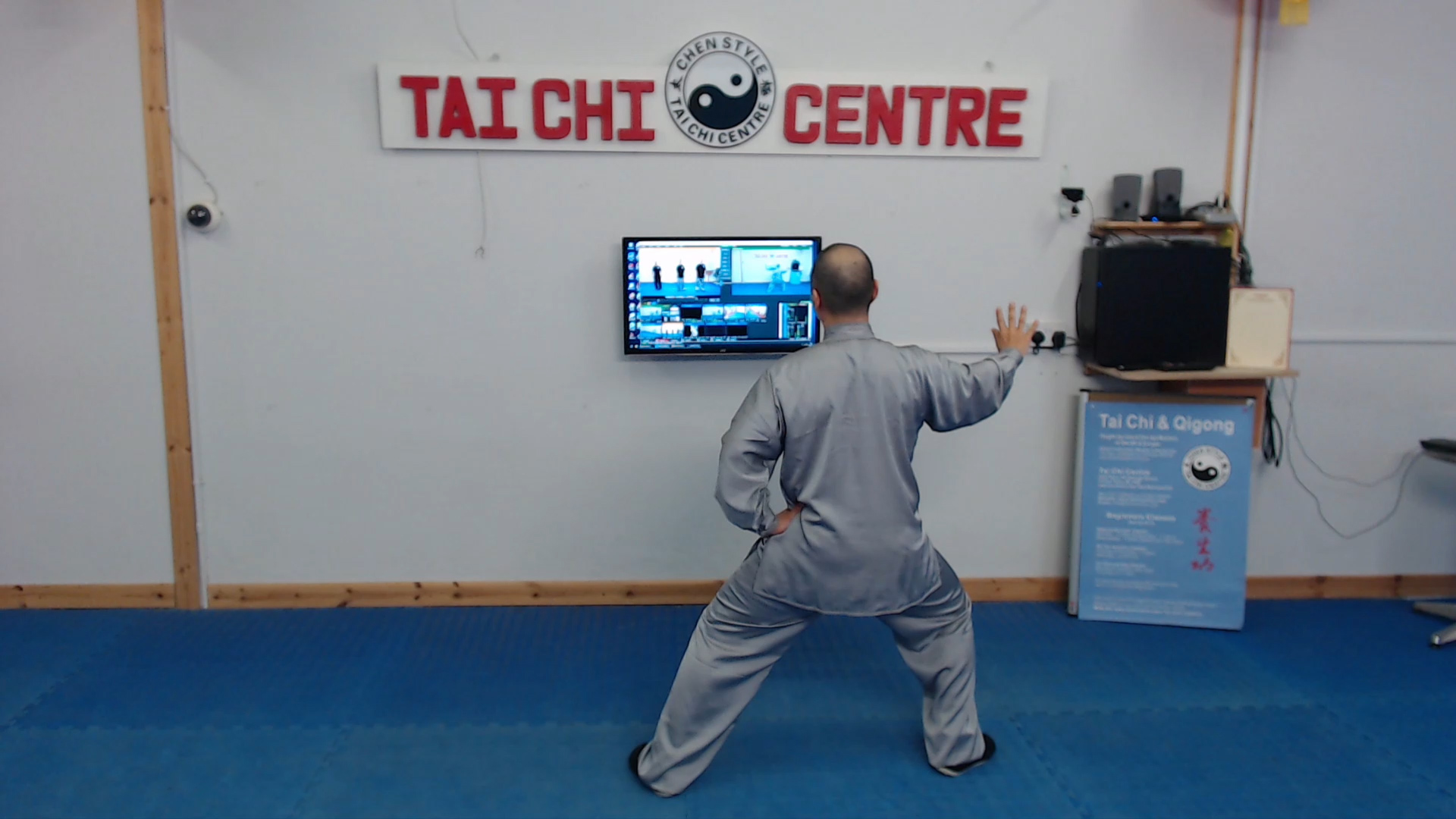
Lesson 3
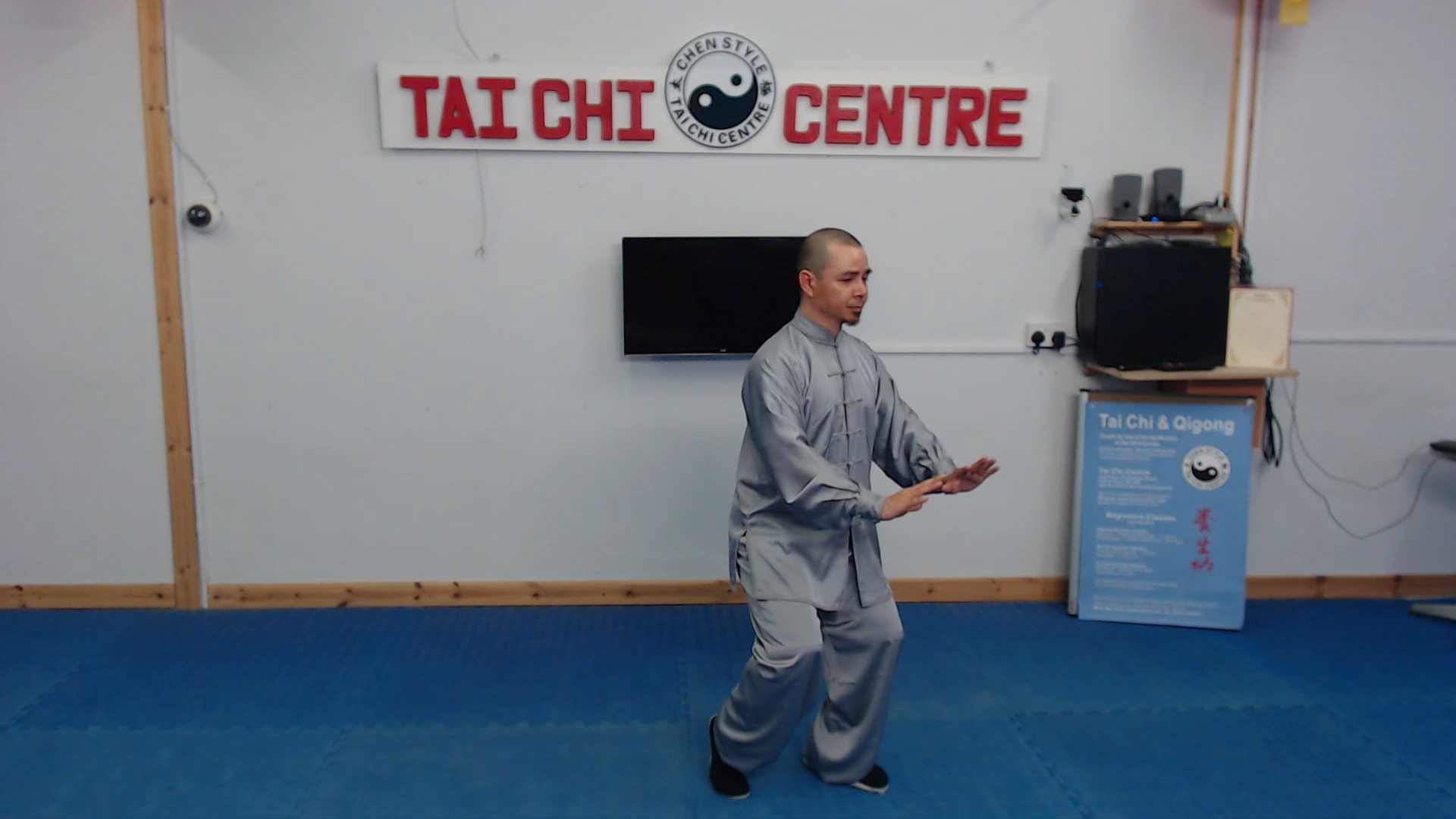
Lesson 4
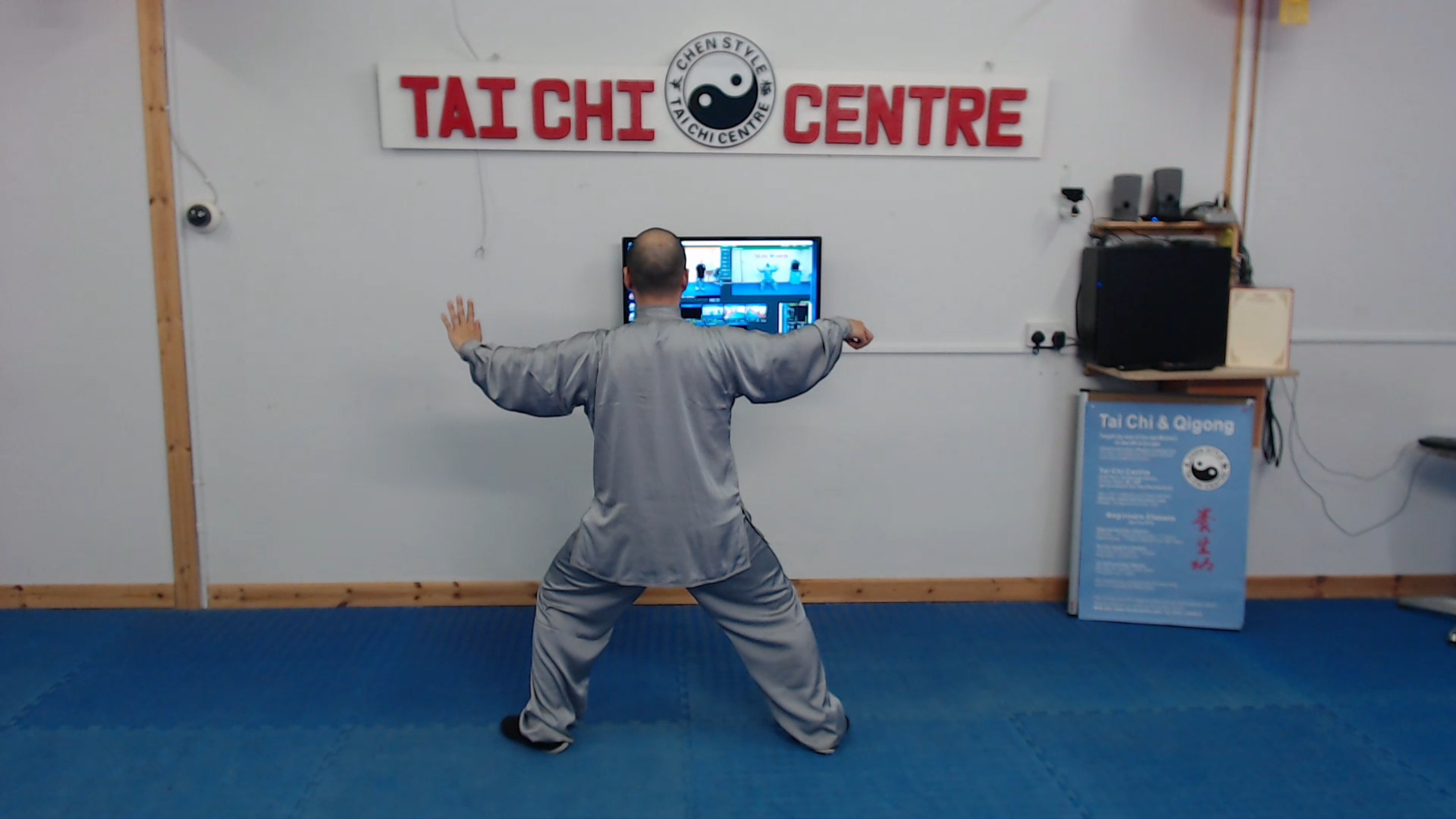
Lesson 5
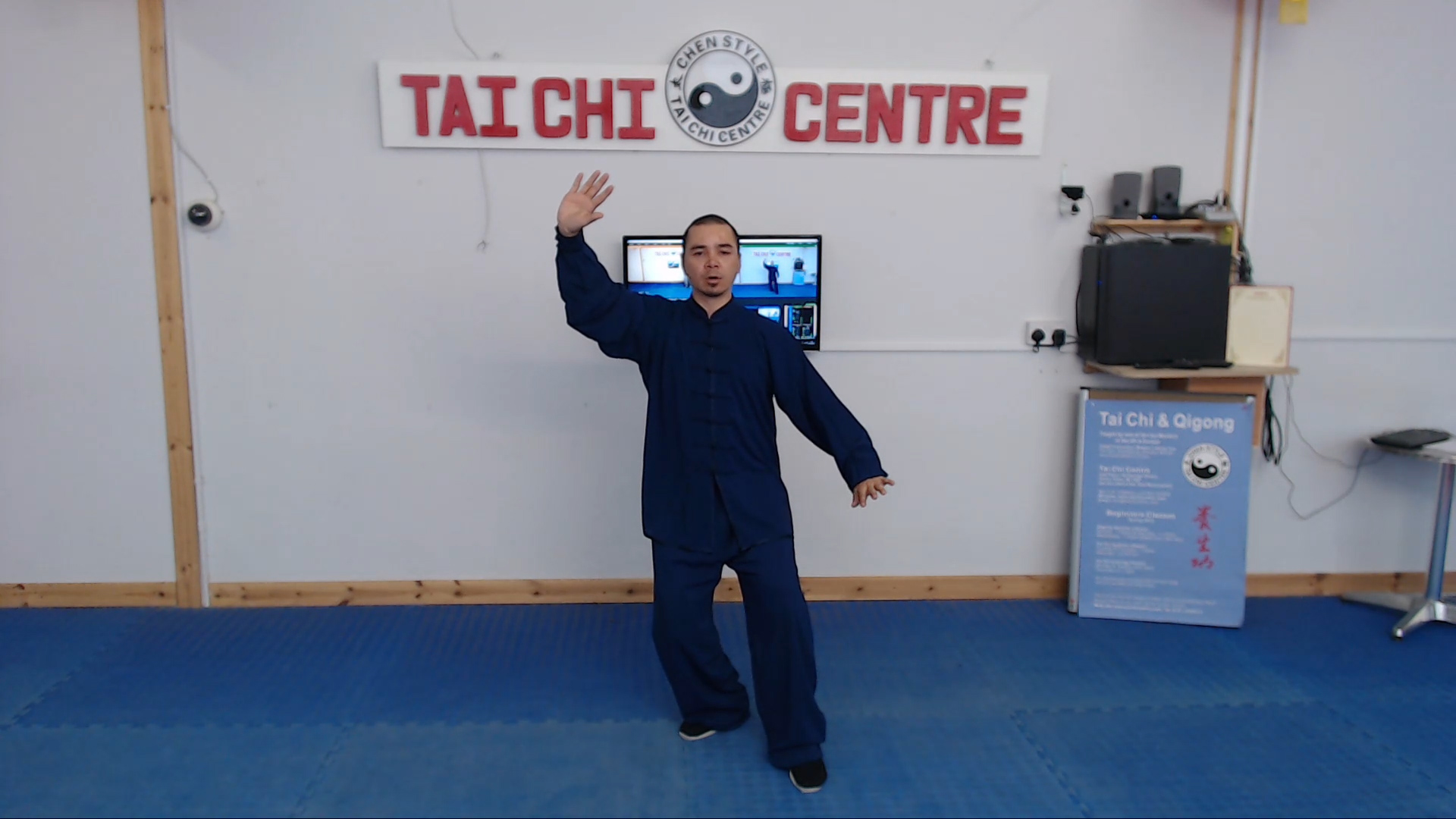
Lesson 6
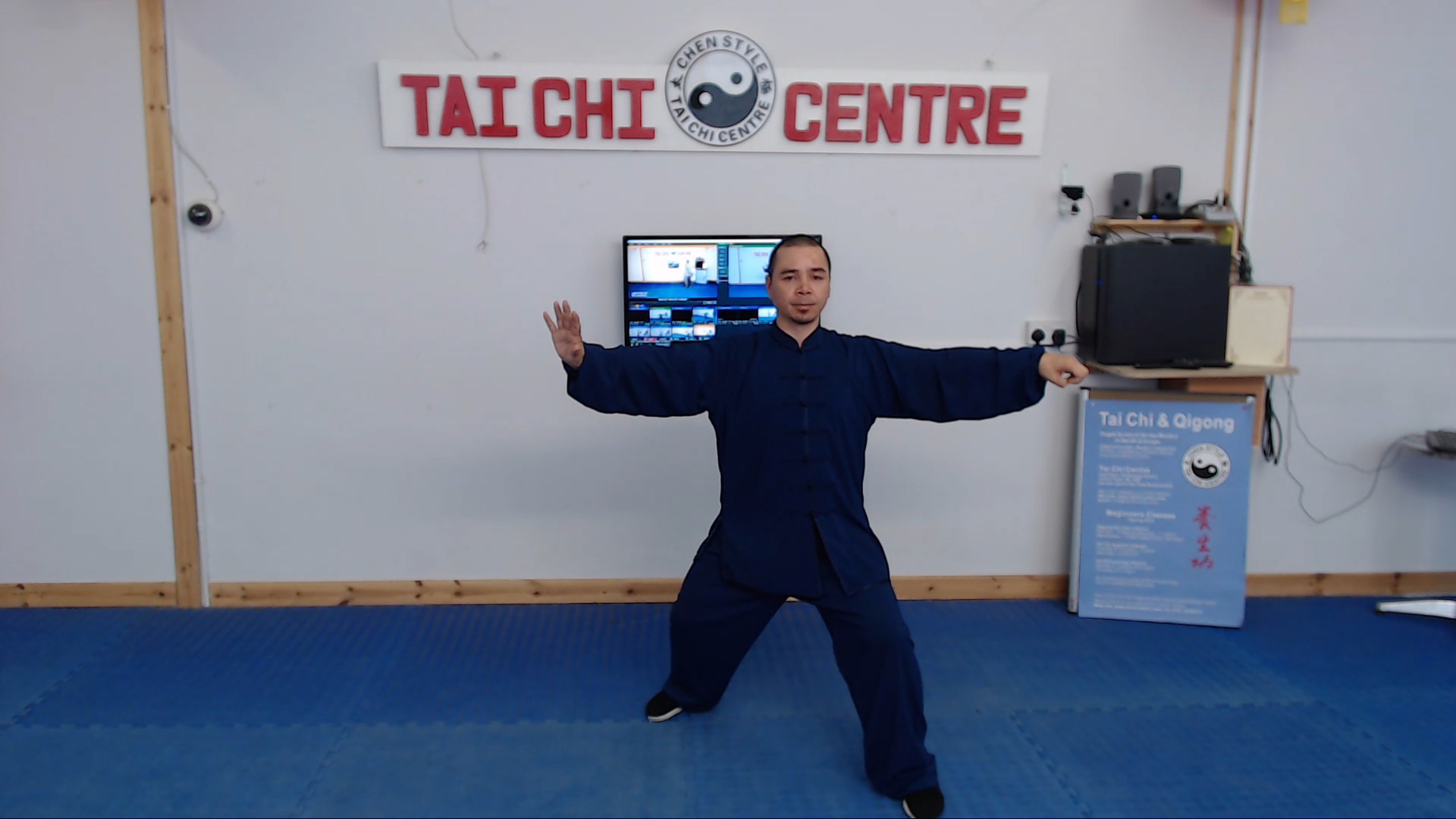
Lesson 7
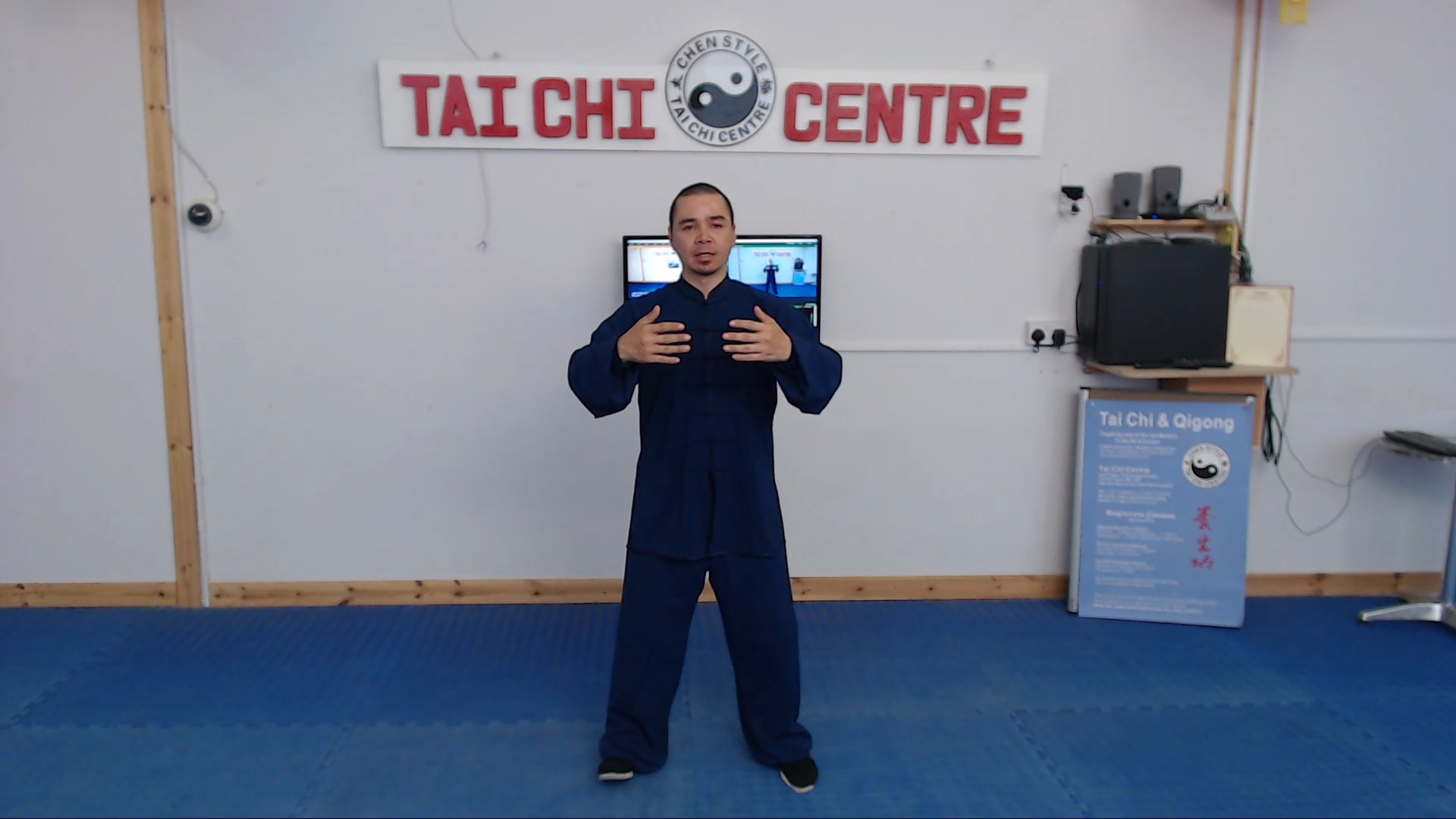
Lesson 8
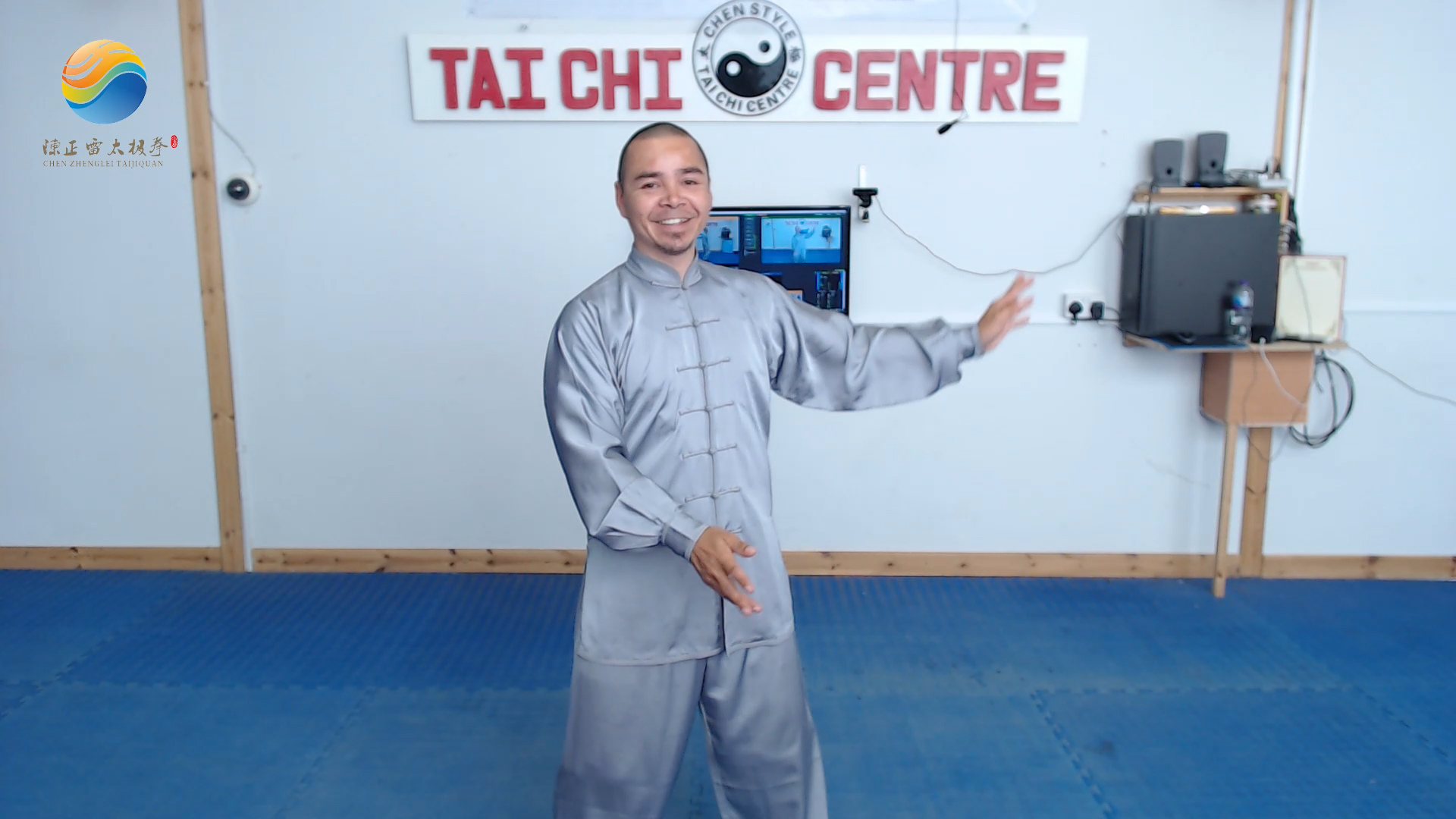
8 Form Postures
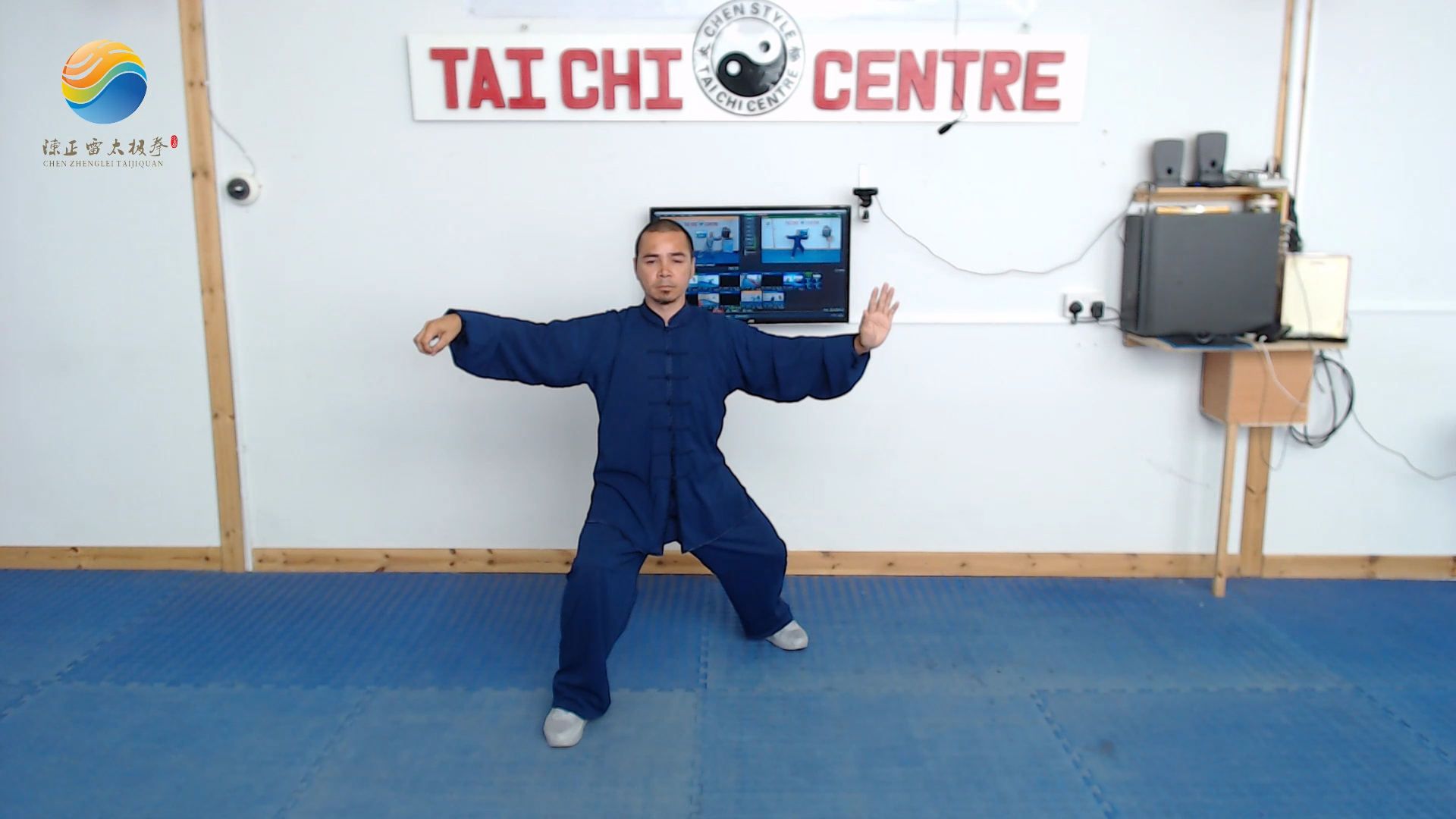
8 Form Follow Me
Tai Chi 11 Form
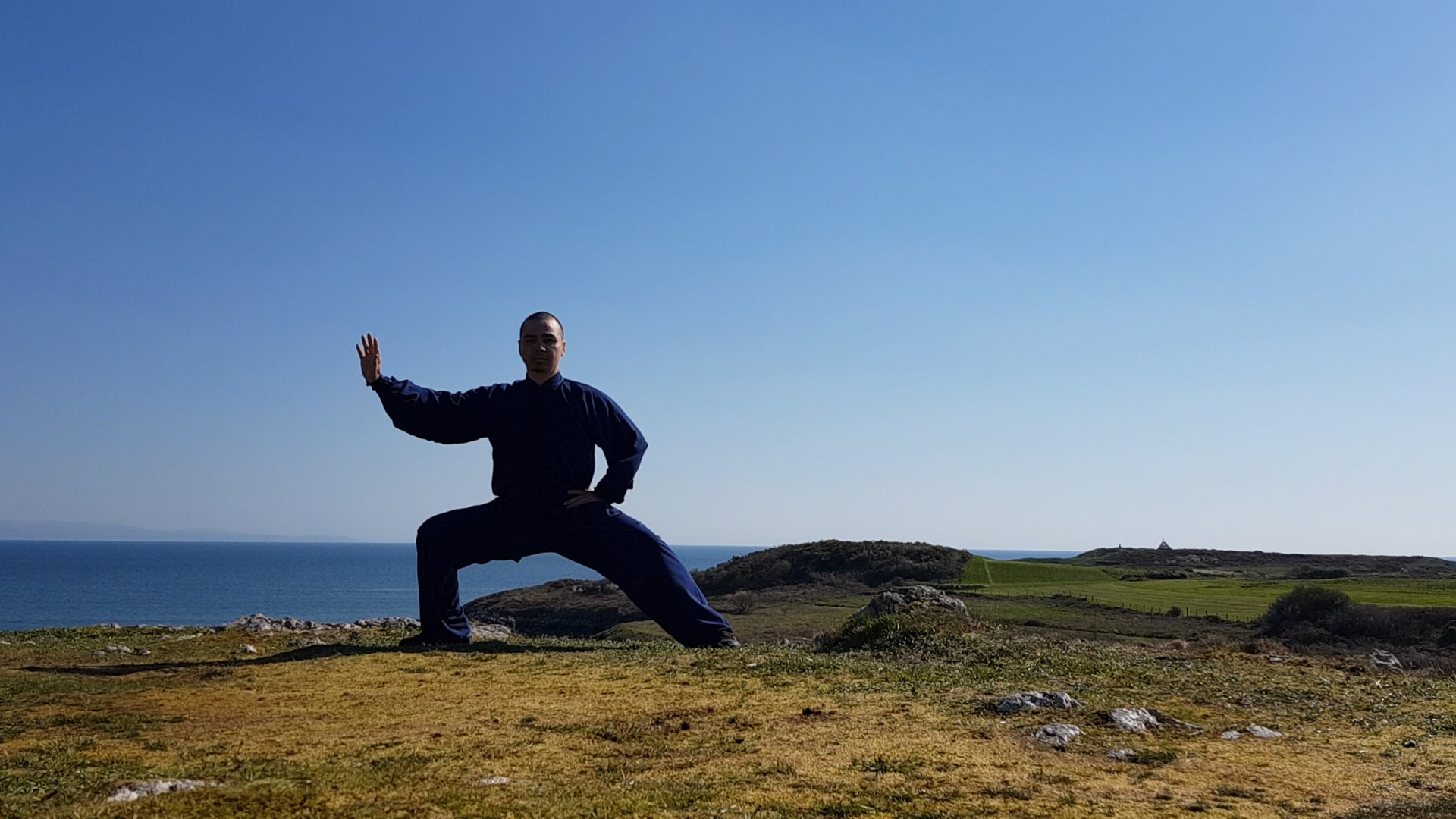

11 Form Demo
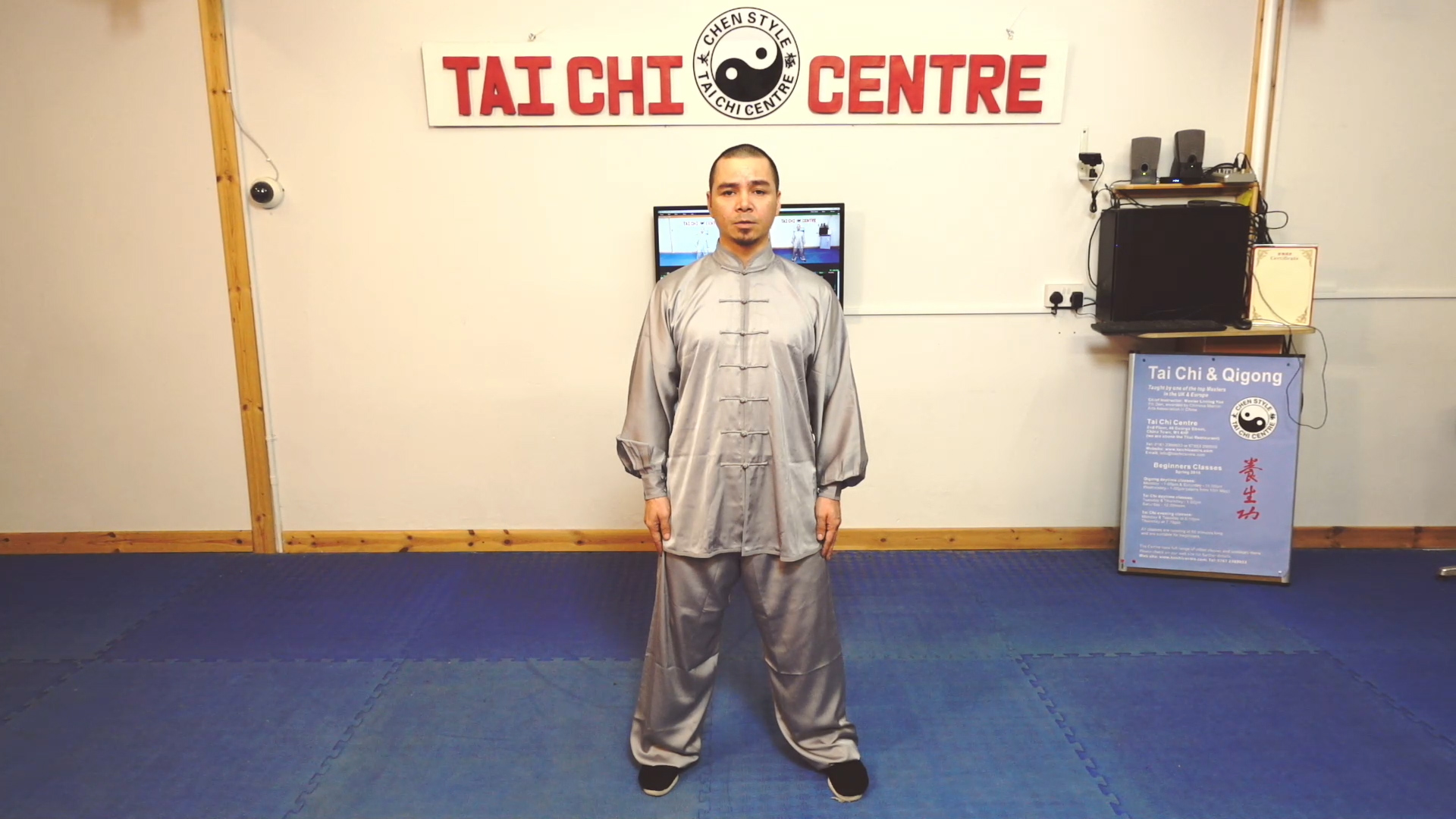
Tai Chi Preperation
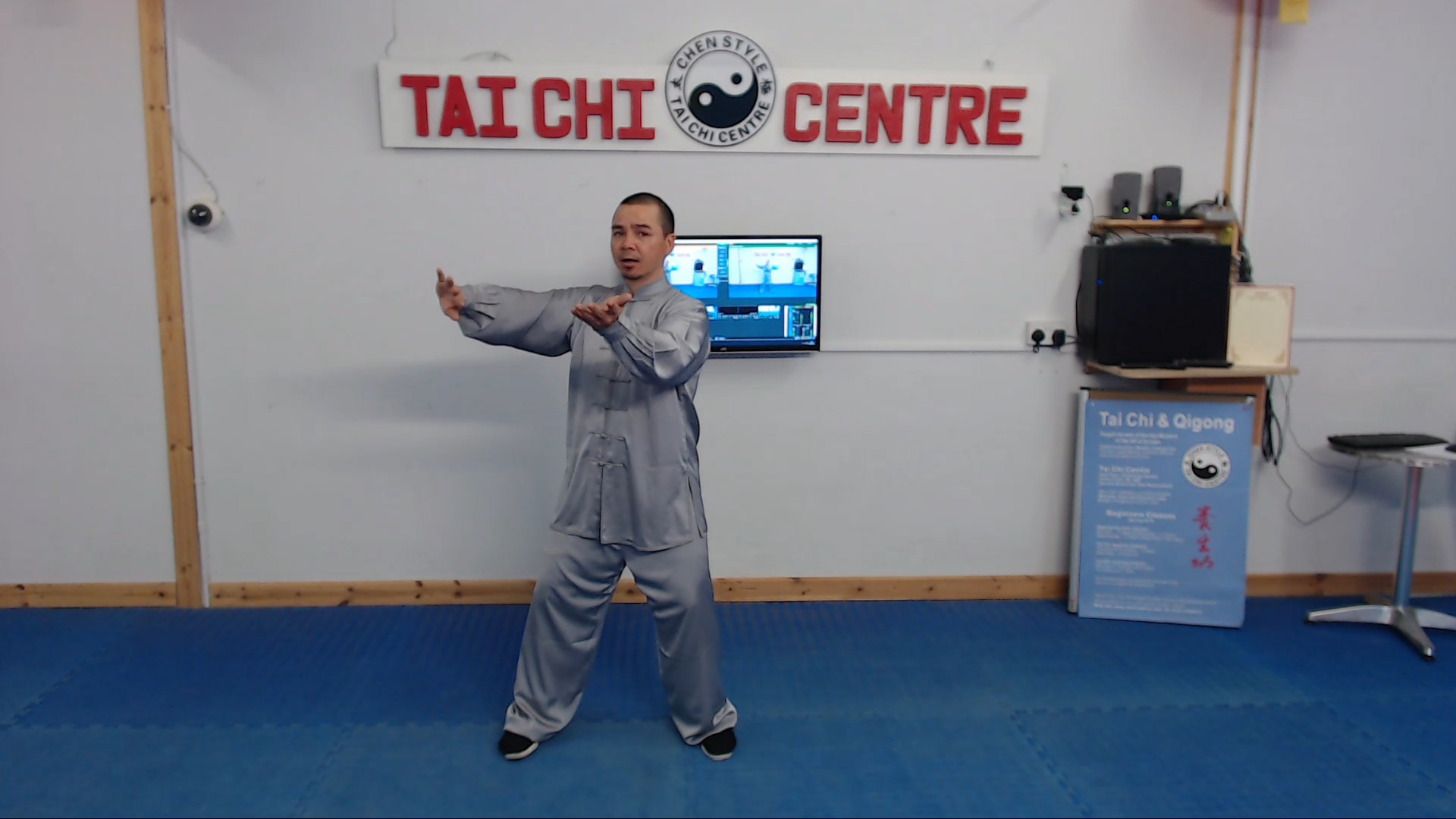
11 Form Lesson 1
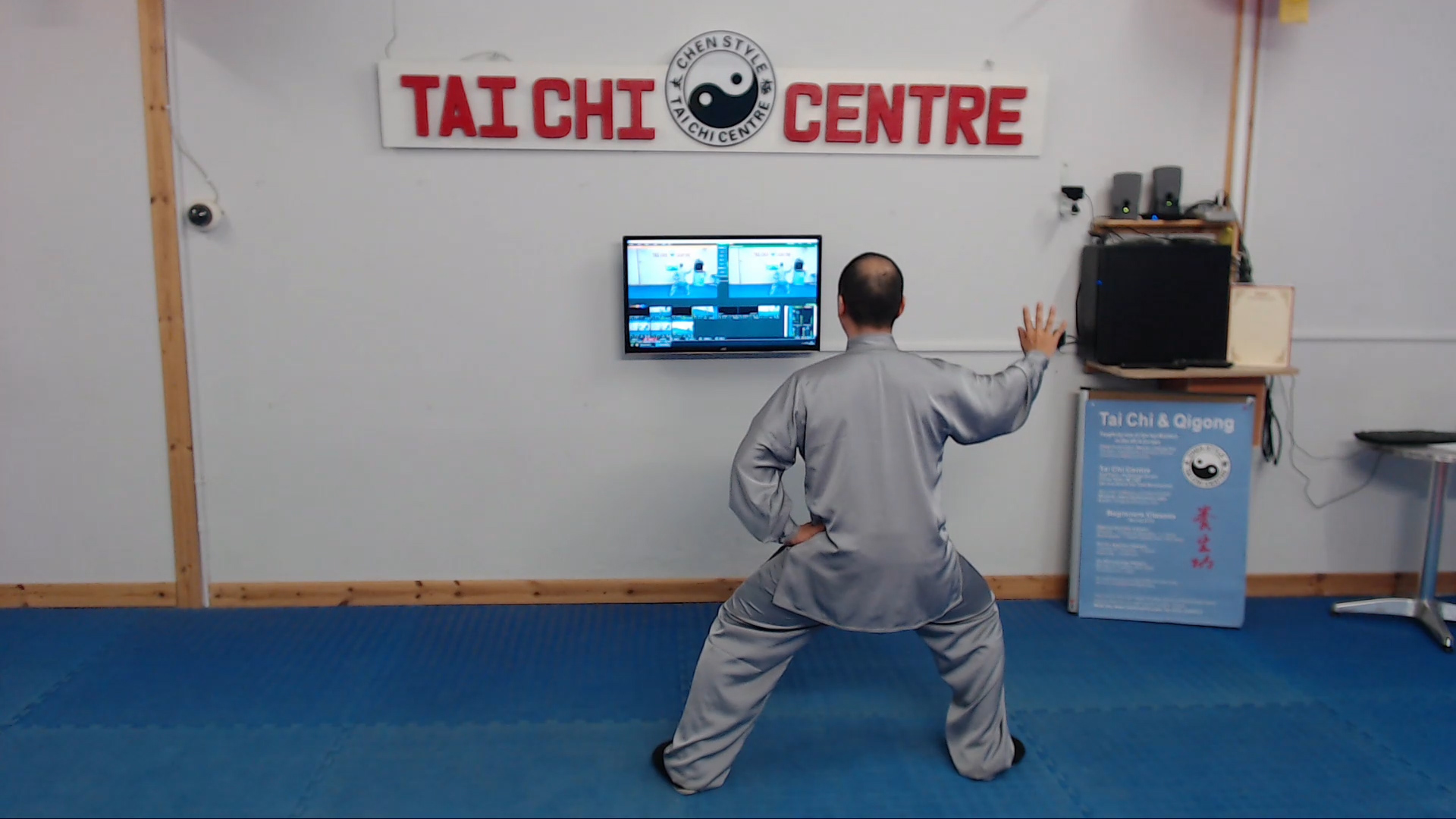
11 Form Lesson 2
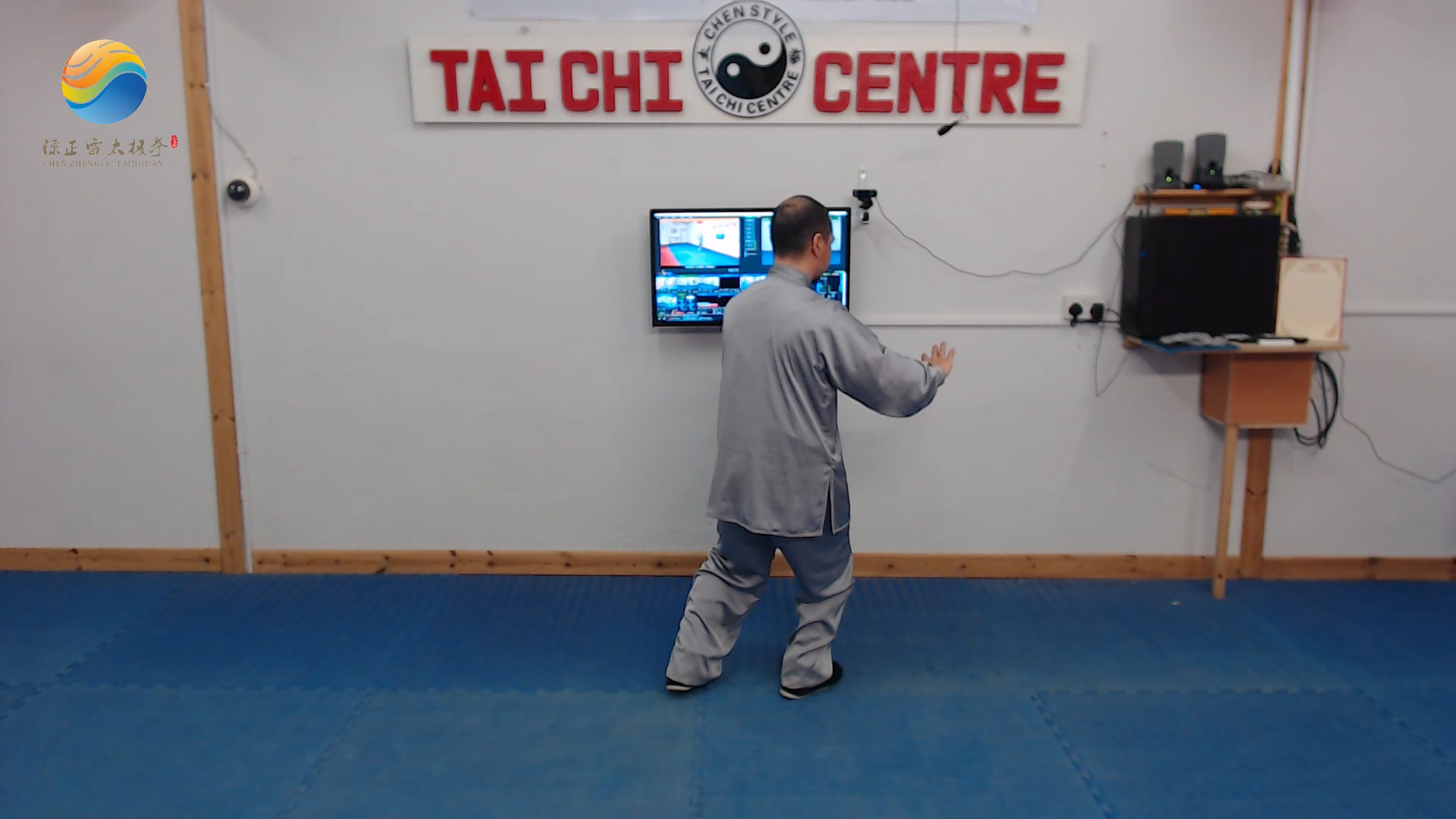
11 Form Lesson 3

11 Form Lesson 4
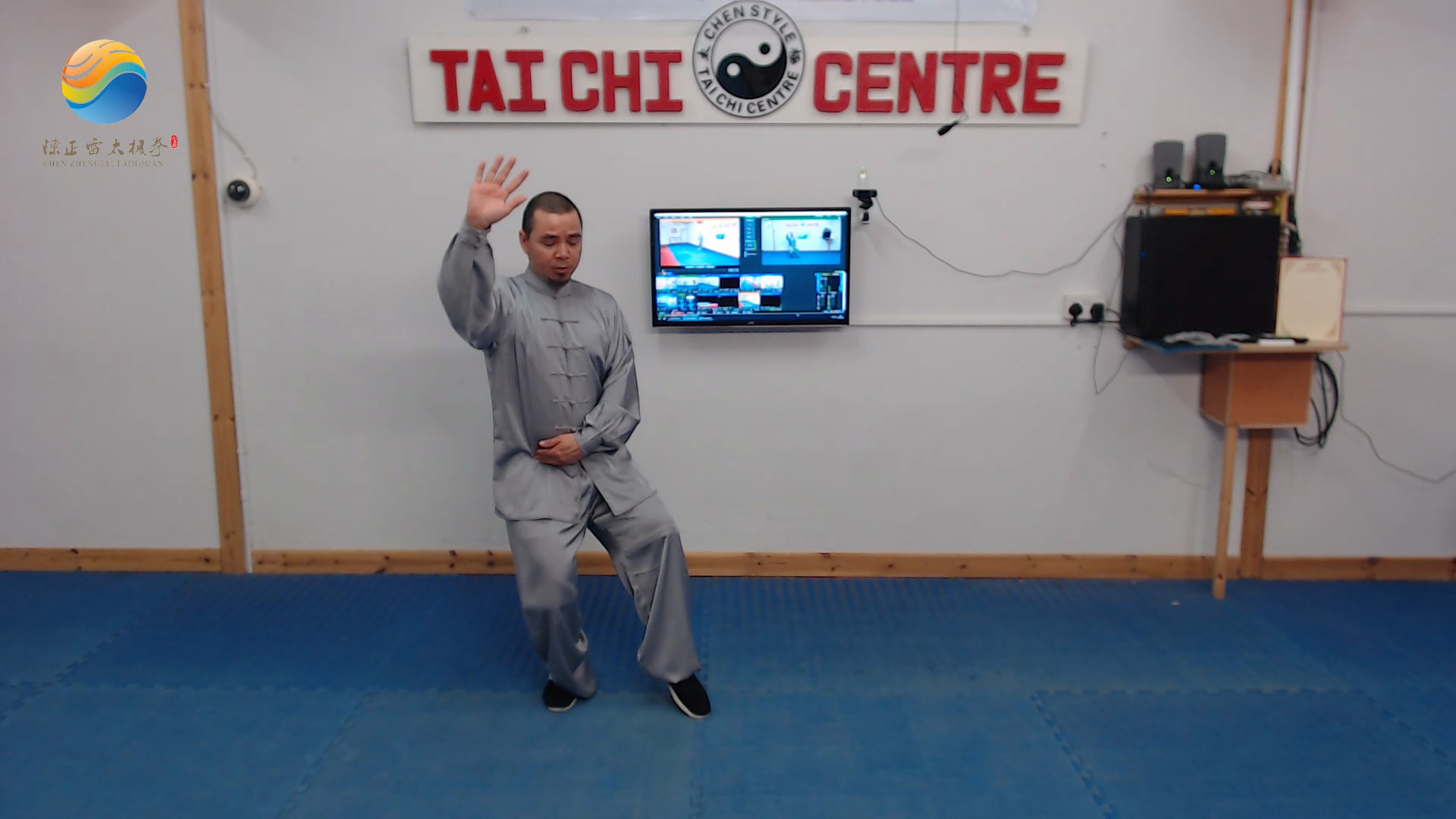
11 Form Lesson 5
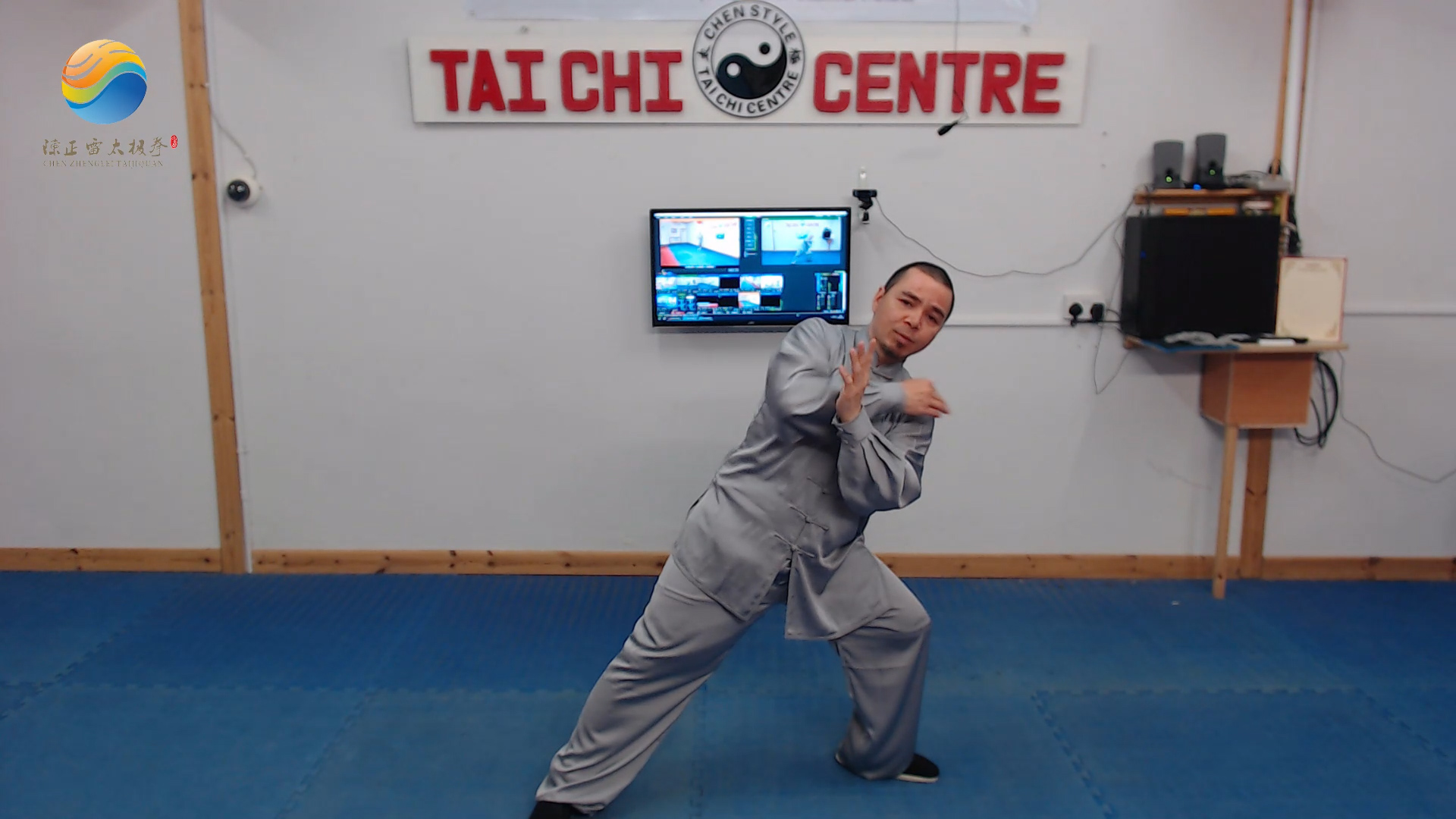
11 Form Lesson 6
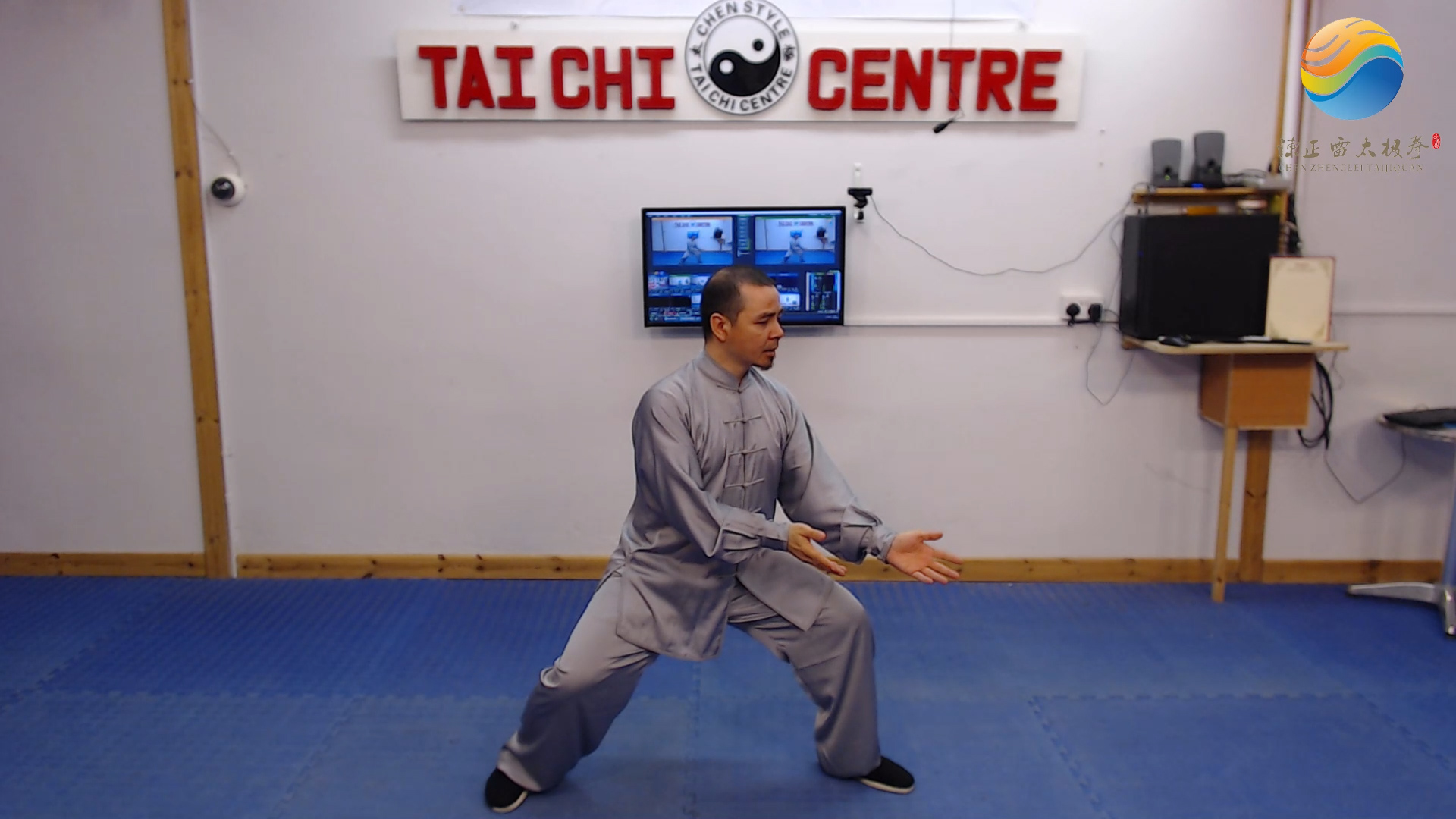
11 Form Lesson 7
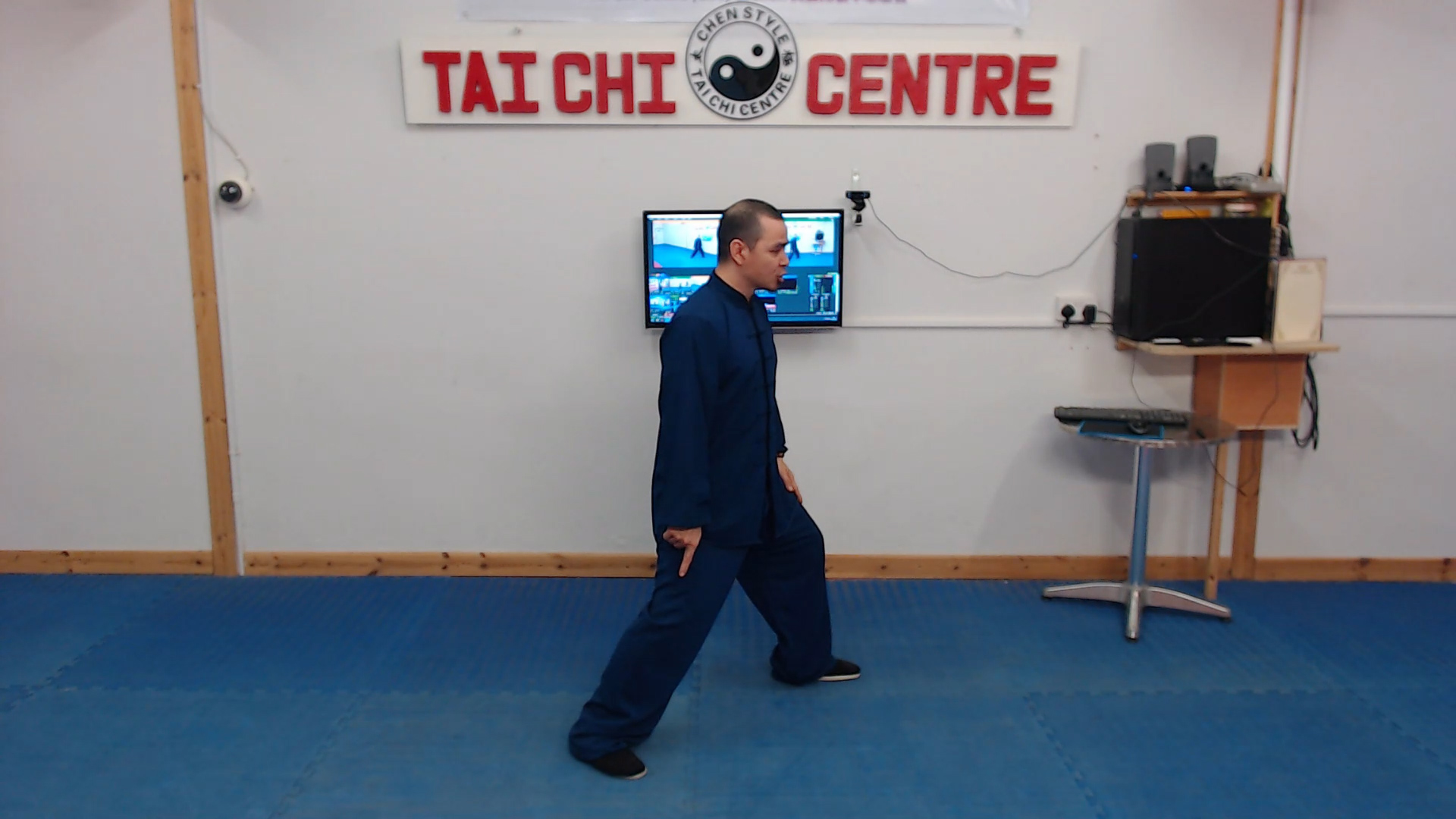
11 Form Lesson 8
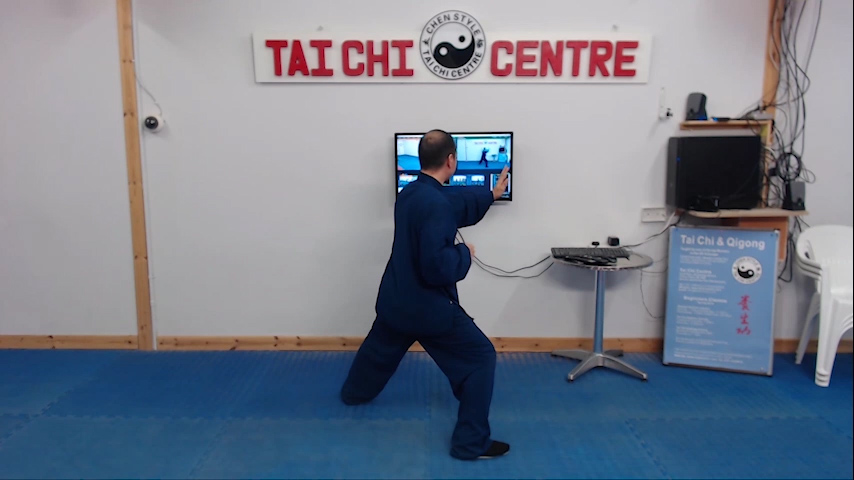
11 Form Lesson 9
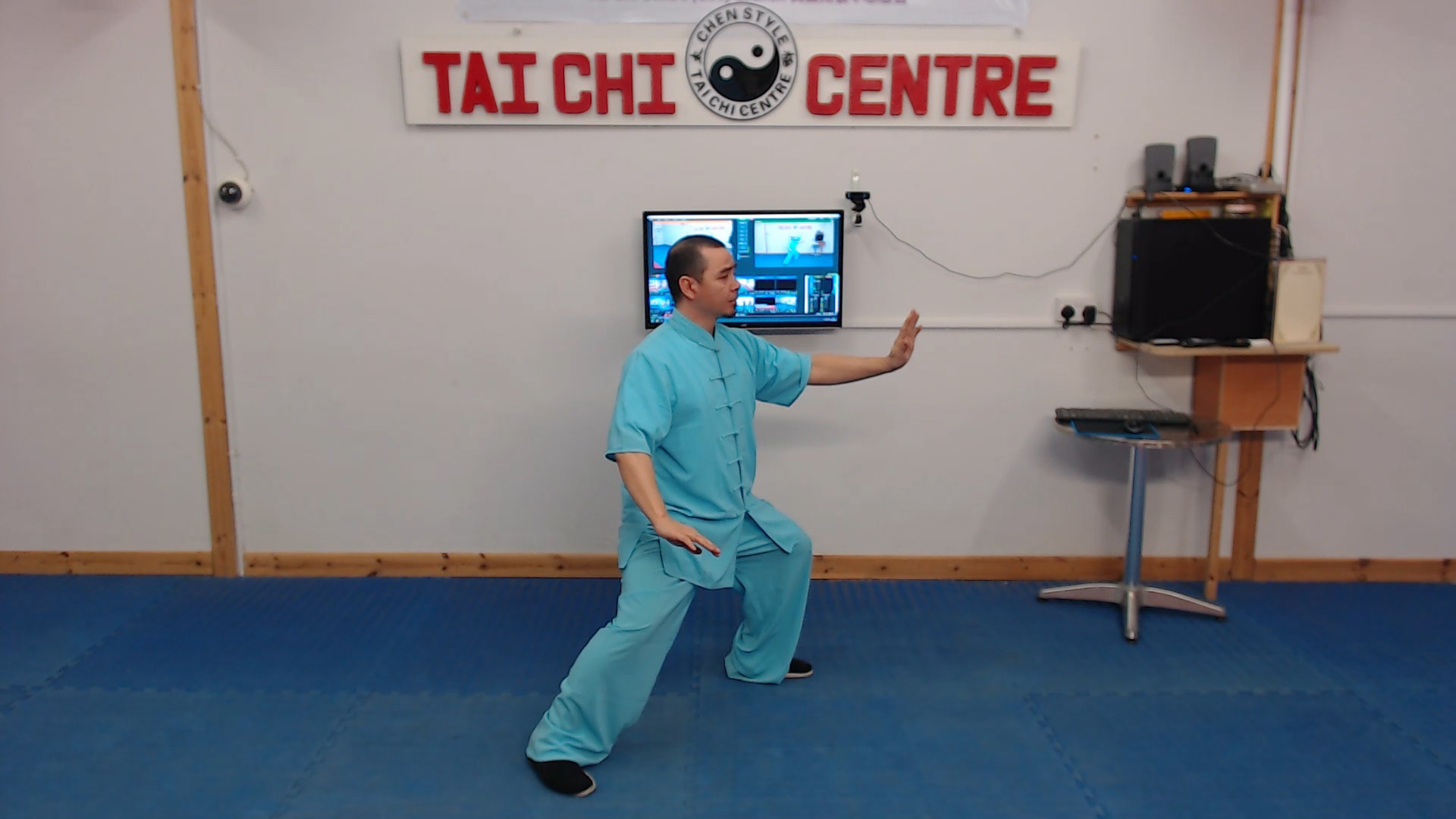
11 Form Lesson 10
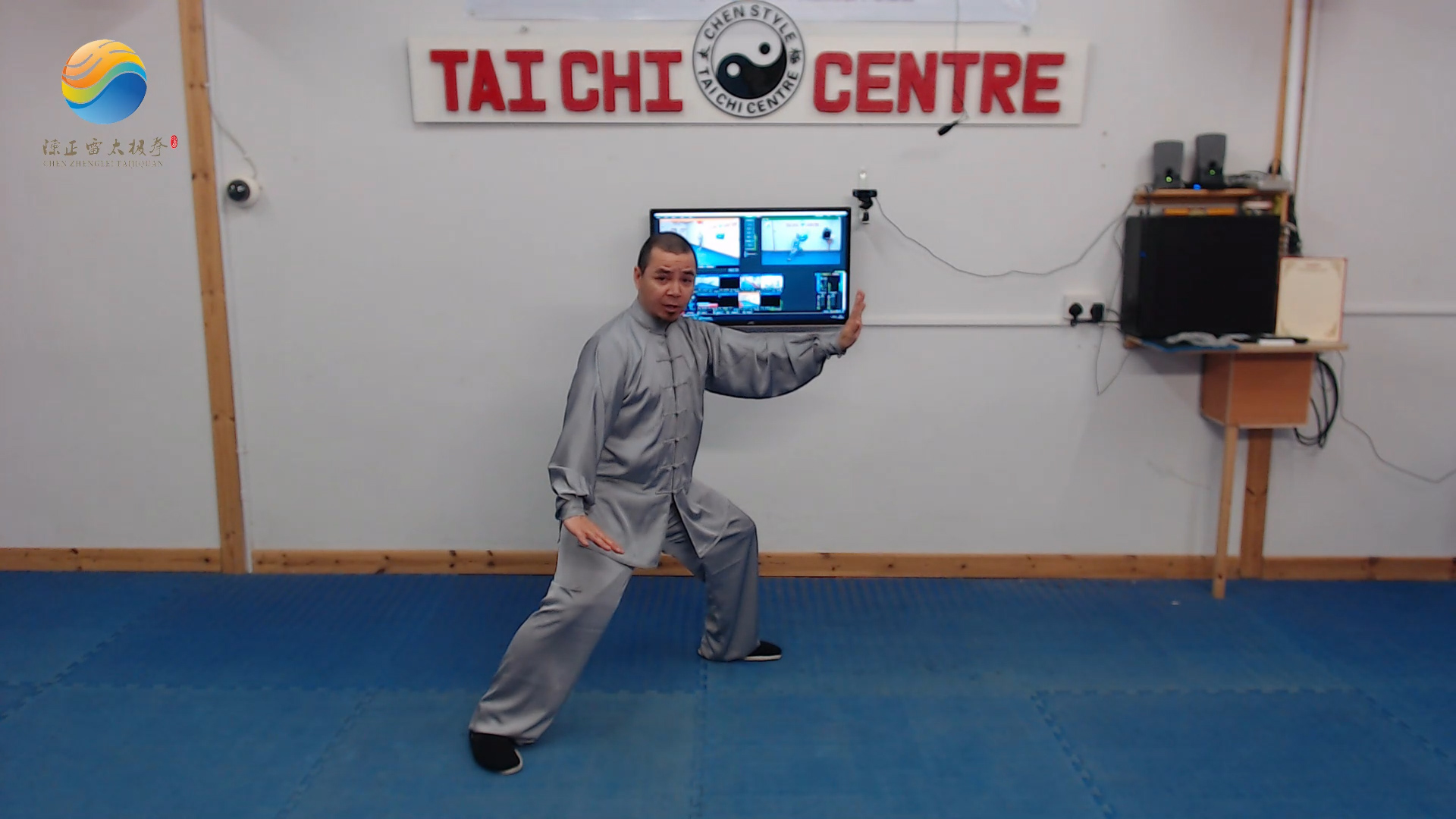
11 Form Lesson 11
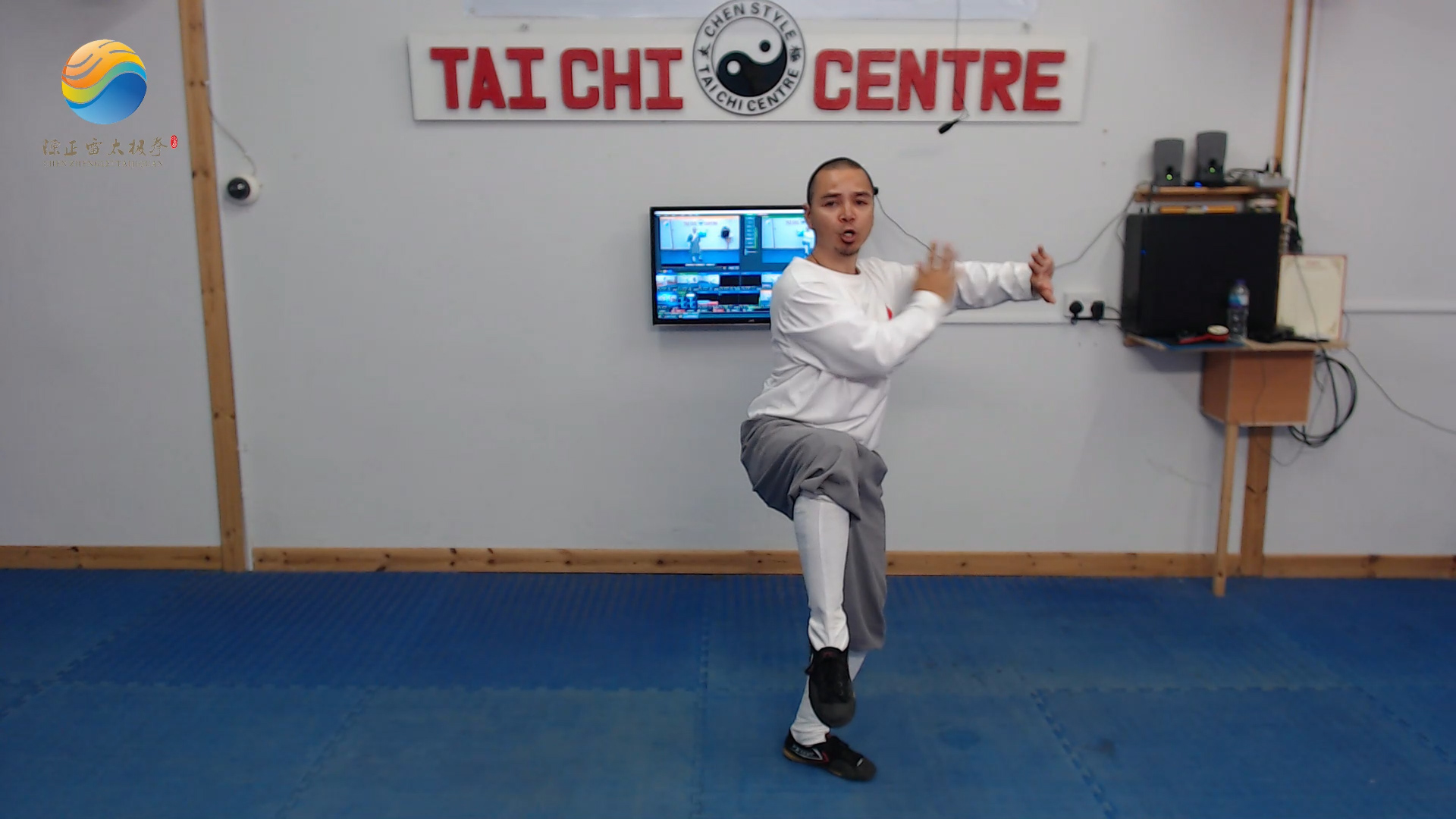
Lesson 1 Inter
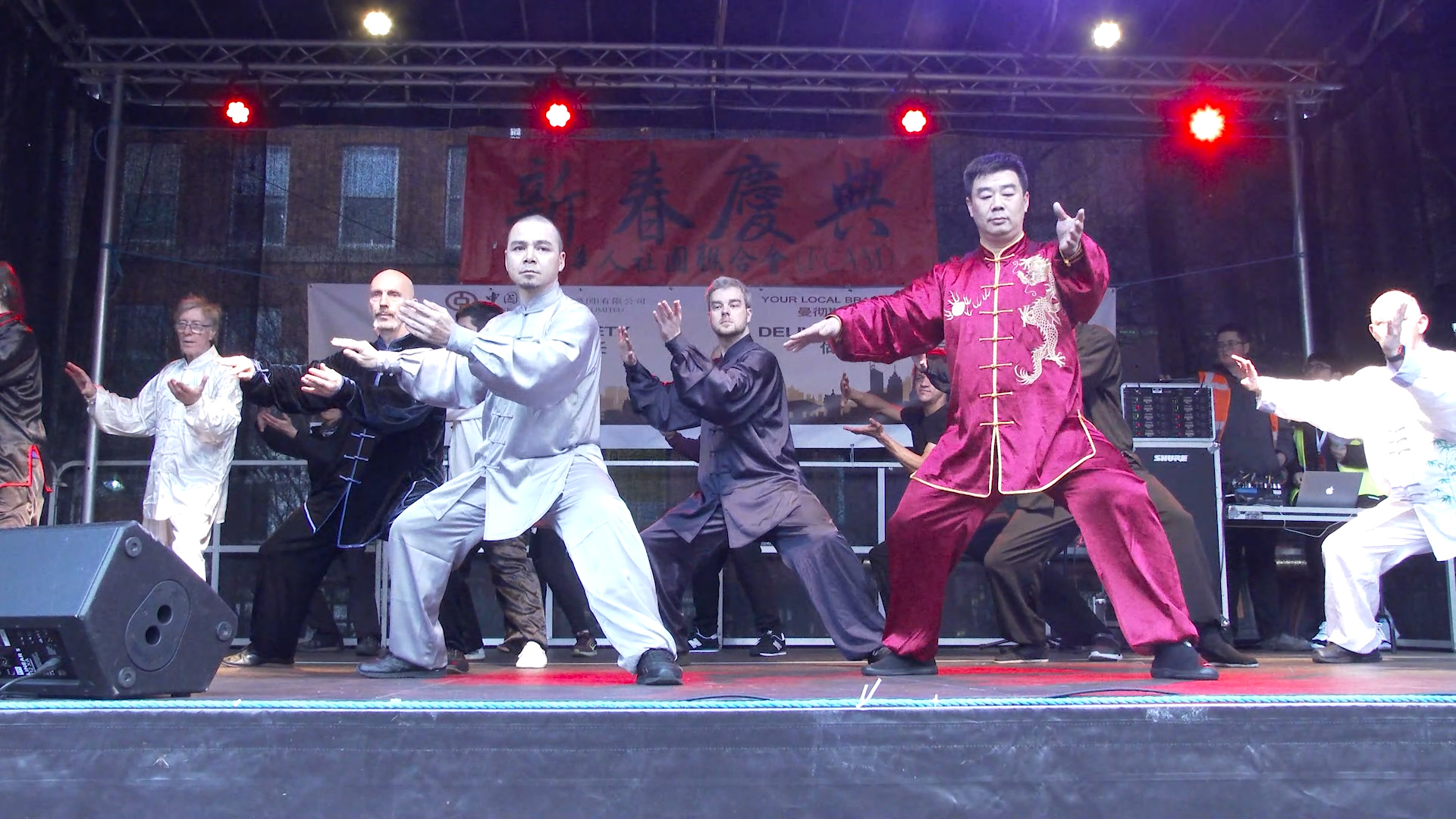
Group Demo CNY 2019
Tai Chi 18 Form
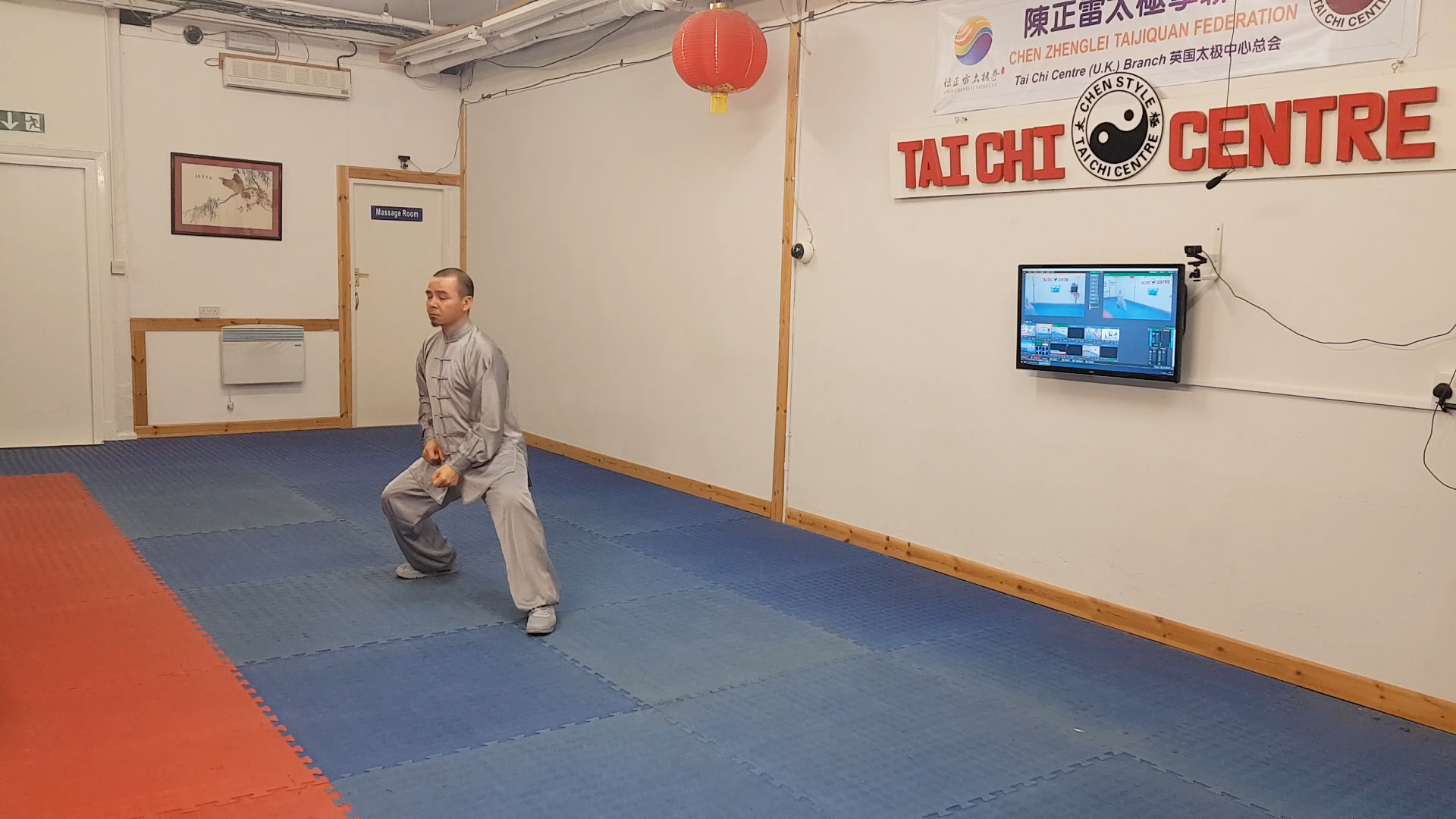

18 Form Demo
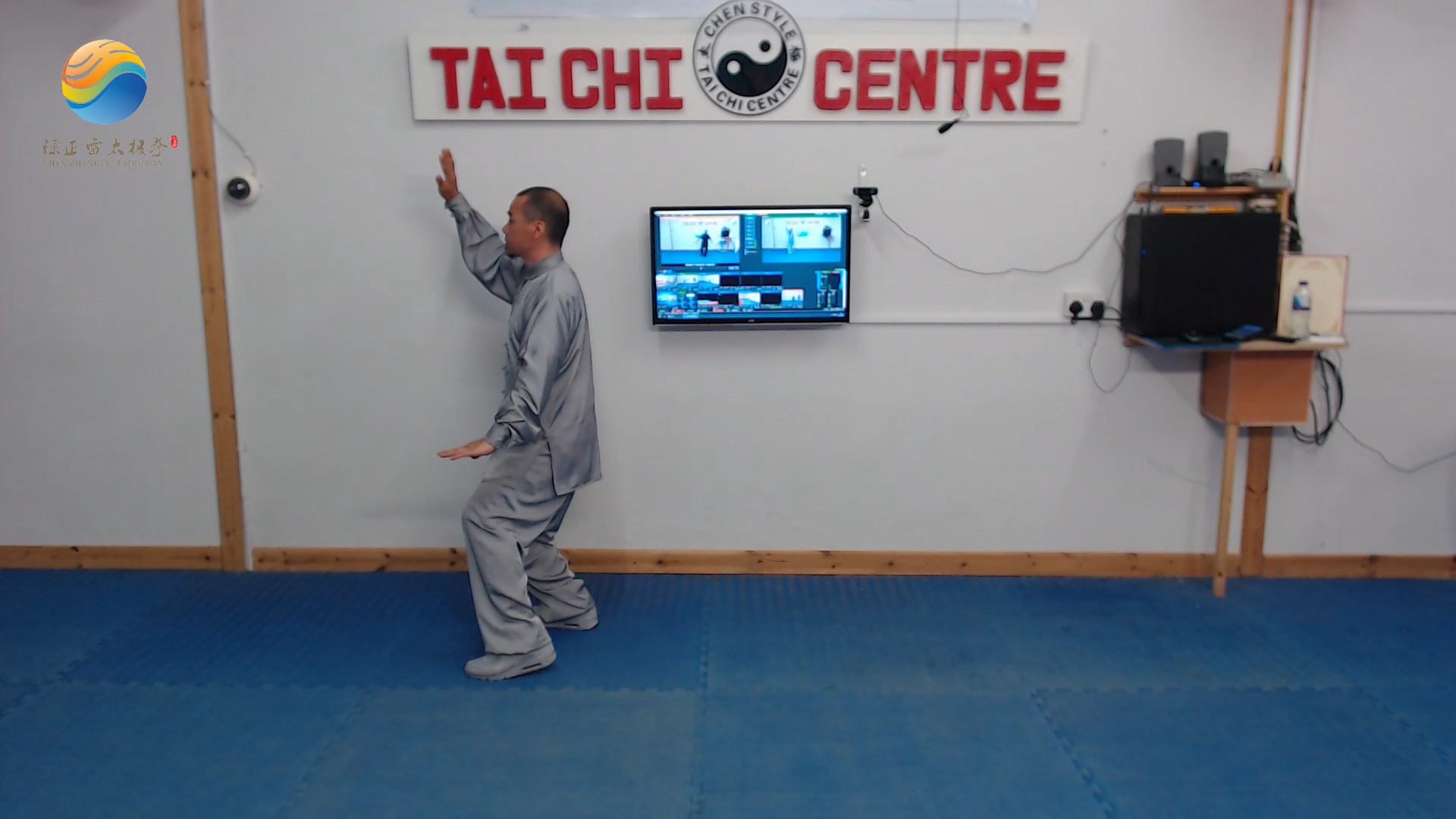
Lesson 6
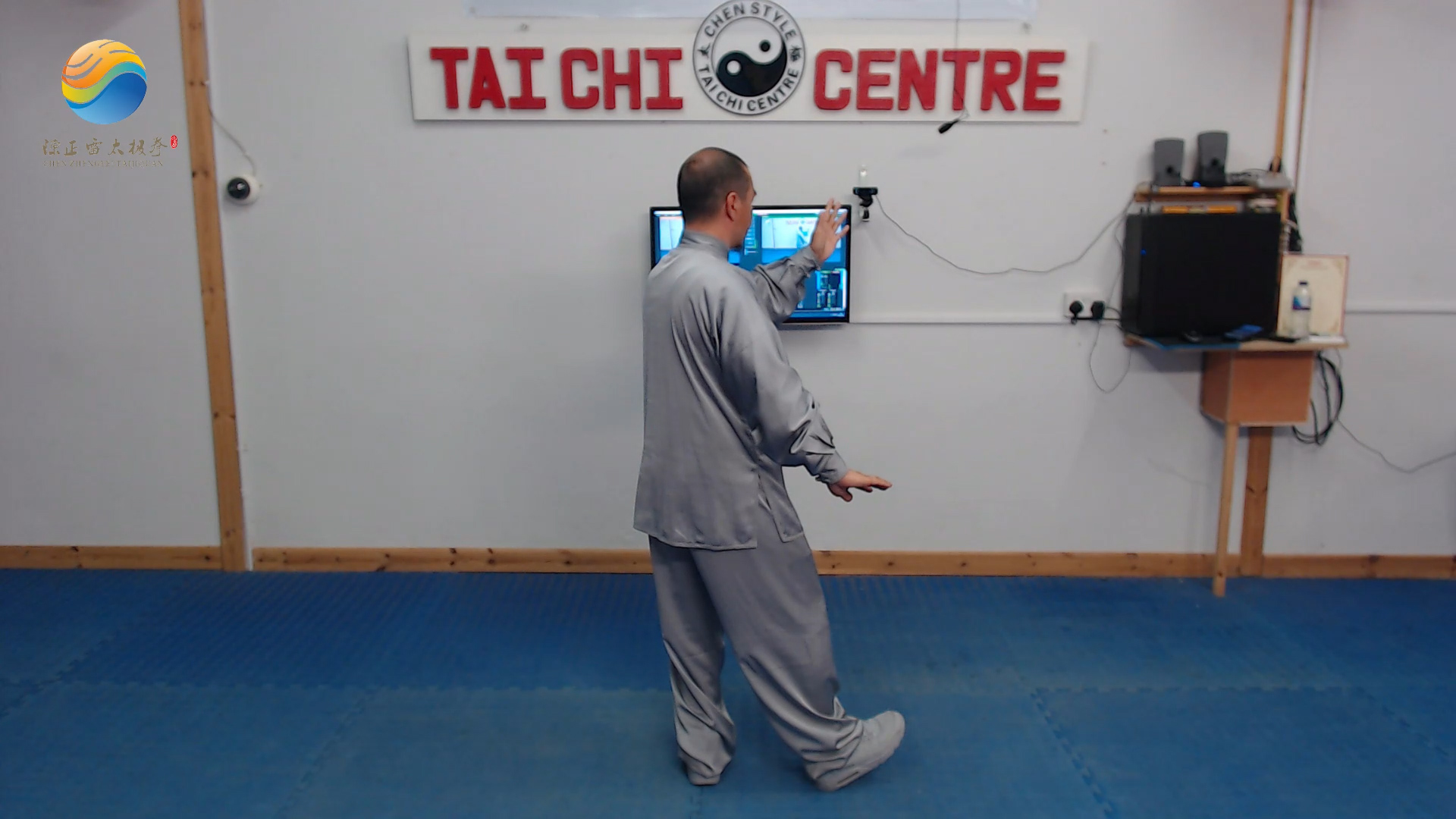
Lesson 7
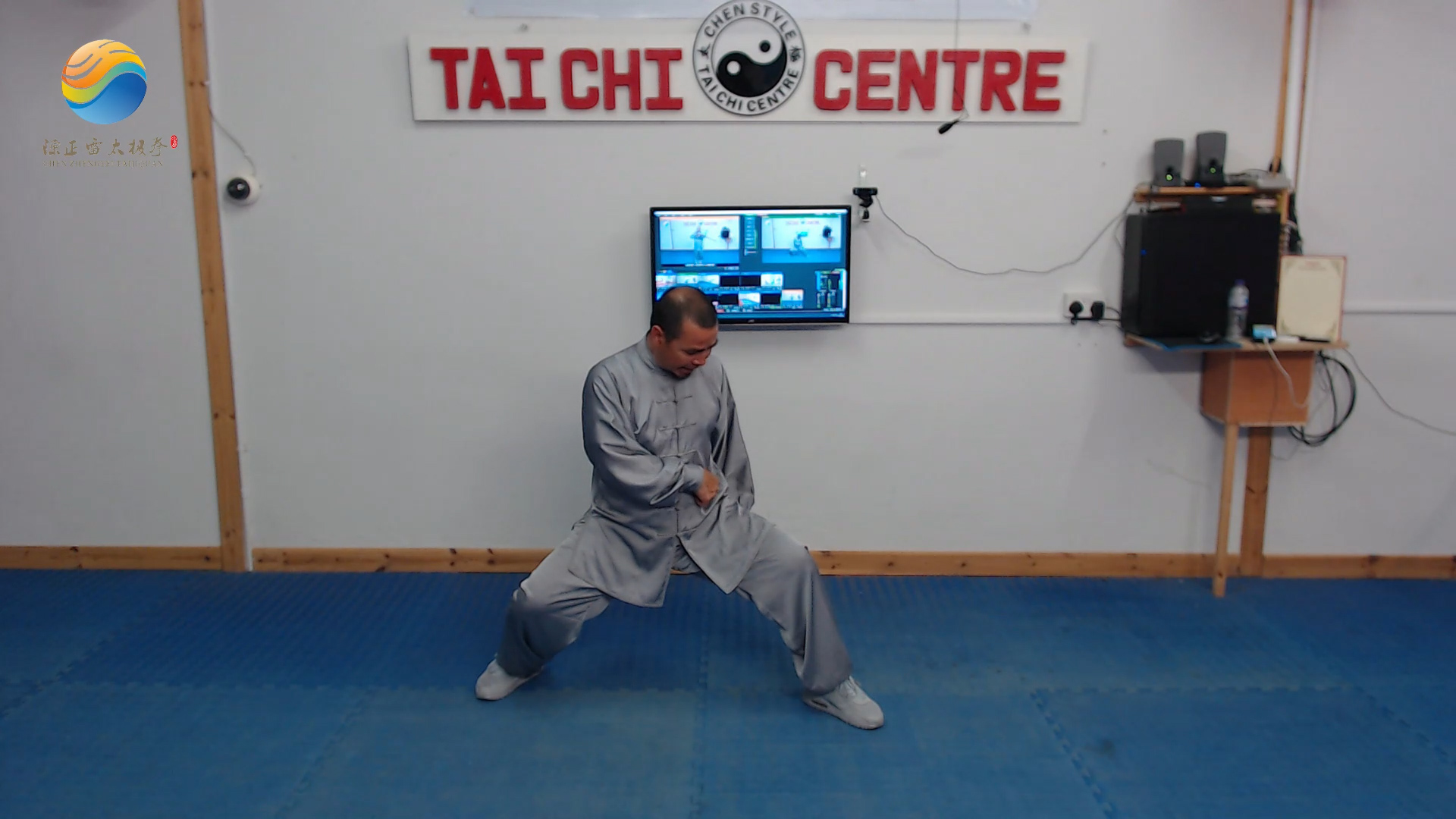
Lesson 8
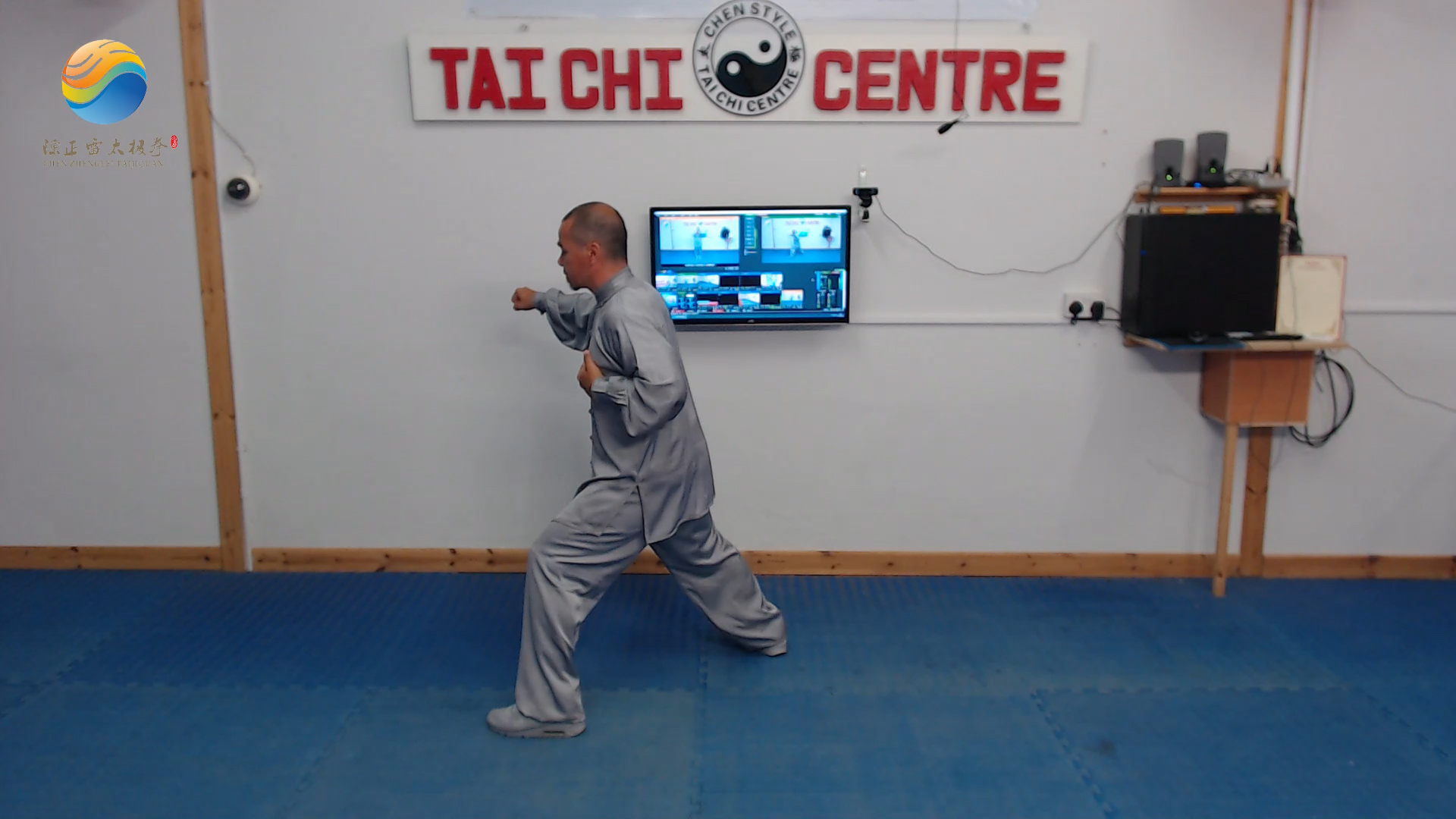
Lesson 9 10 11
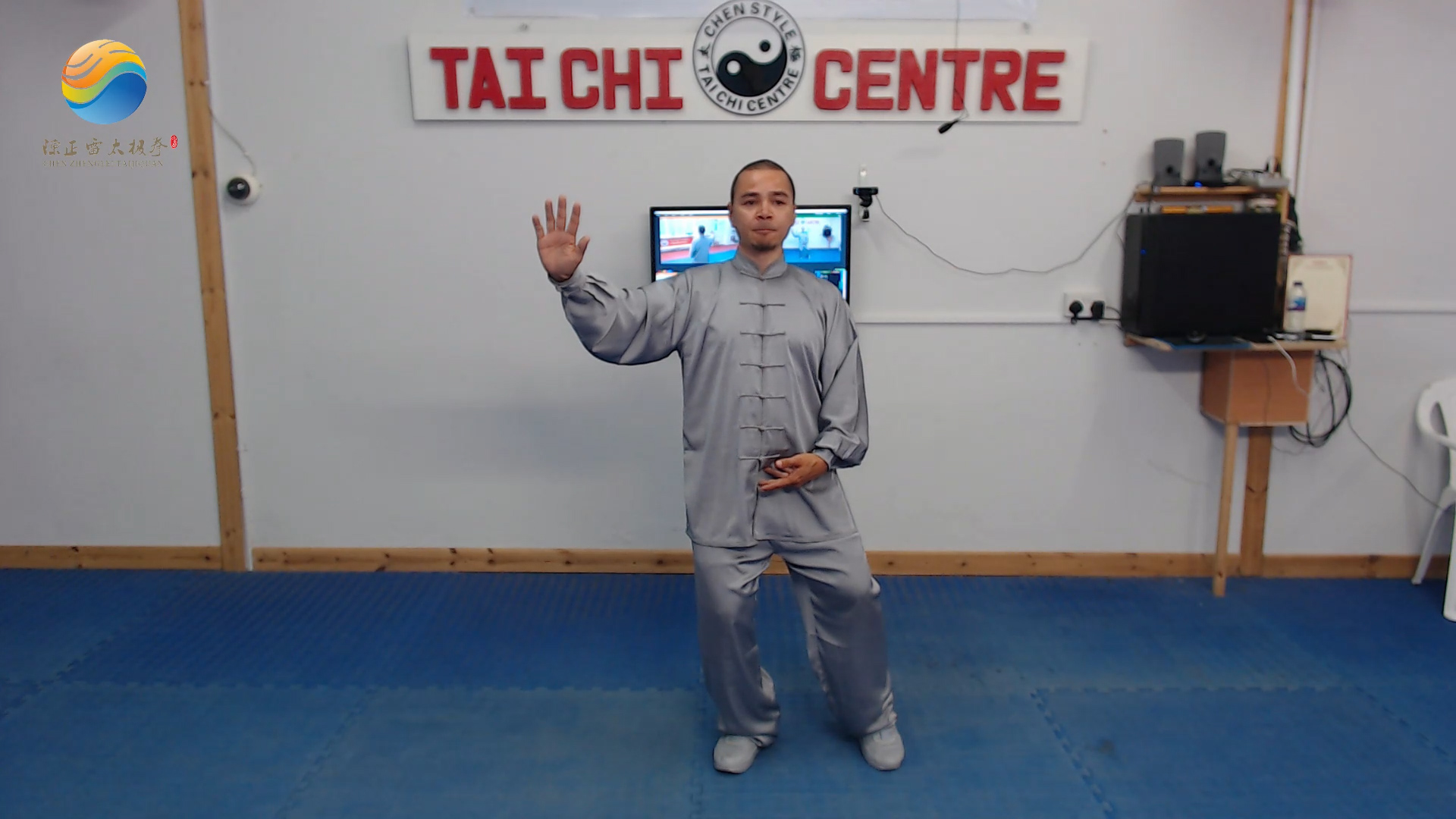
Lesson 11 12
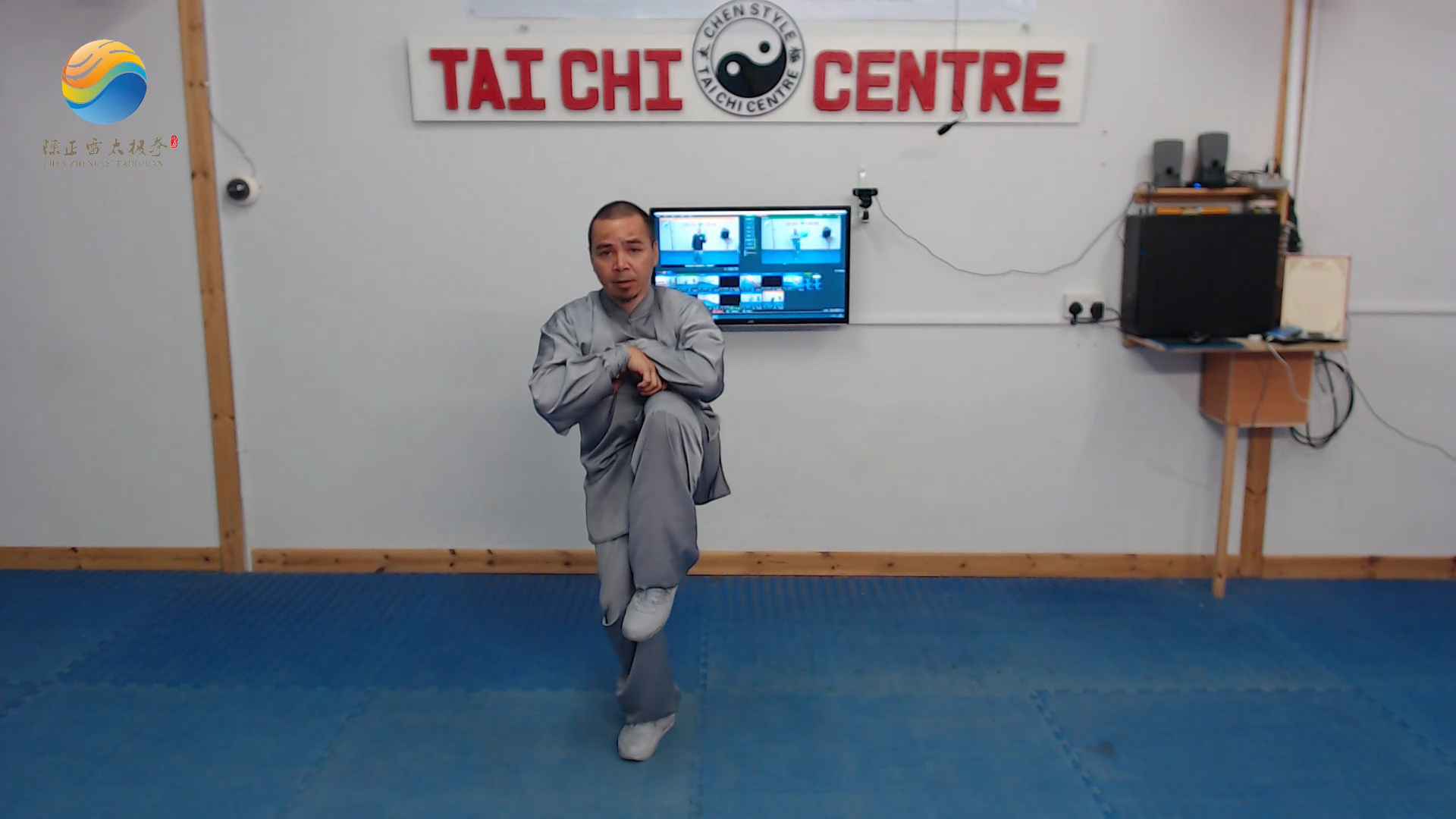
Lesson 13
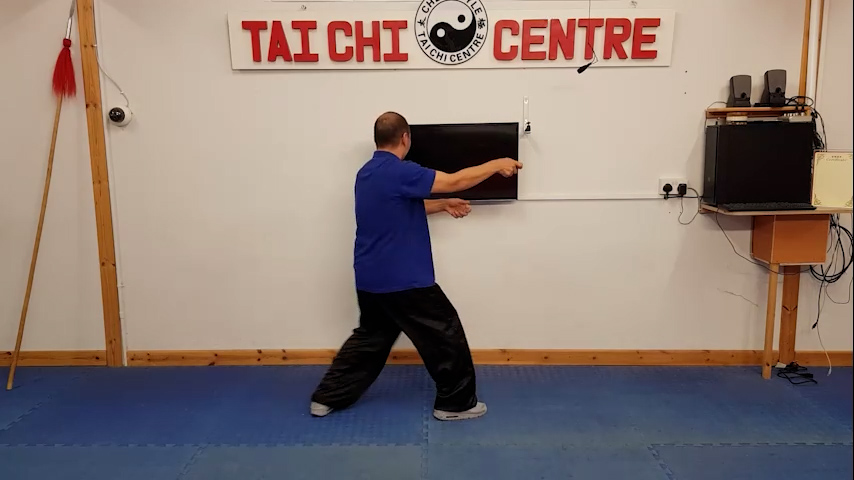
Lesson 15
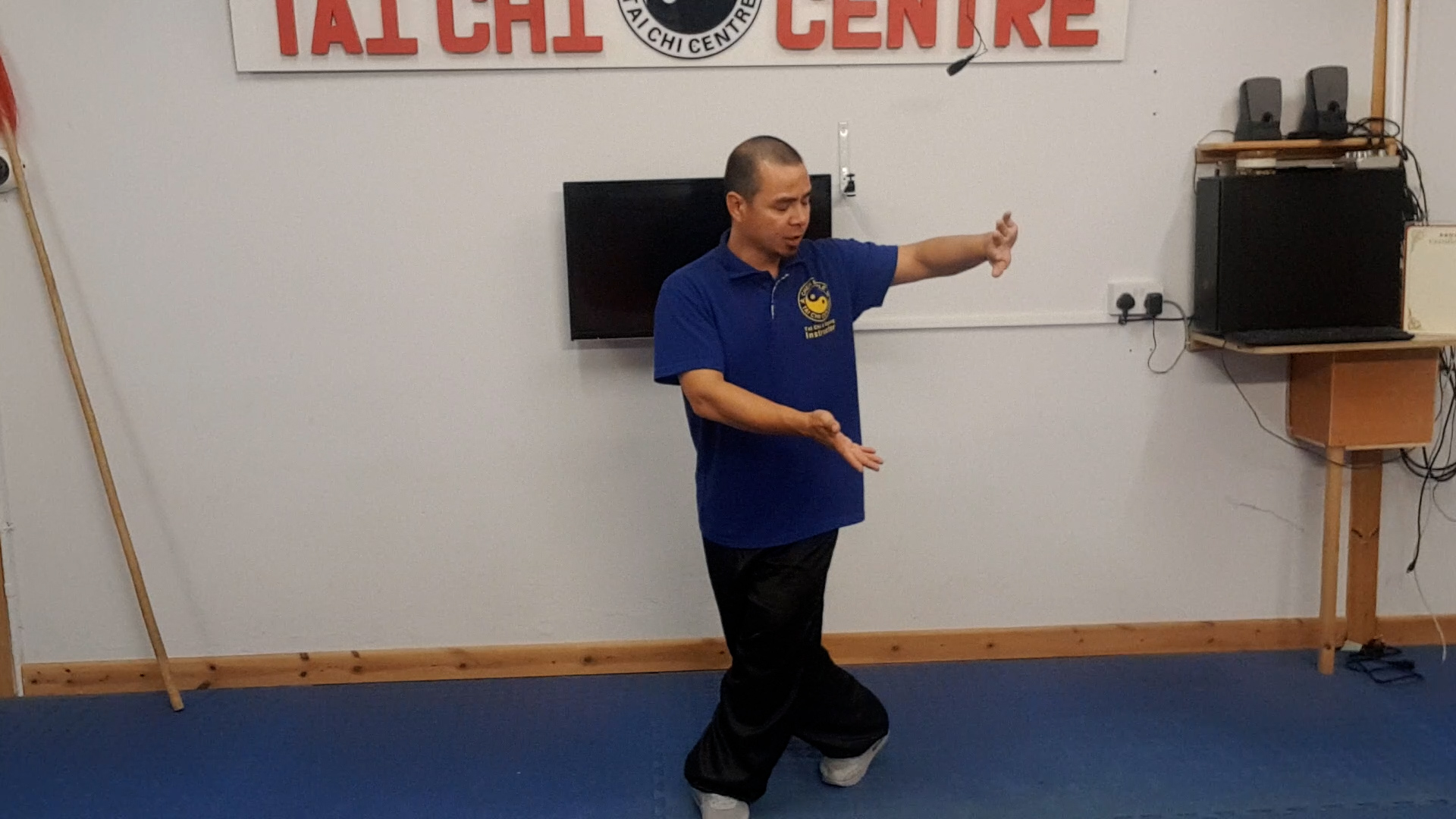
Lesson 16
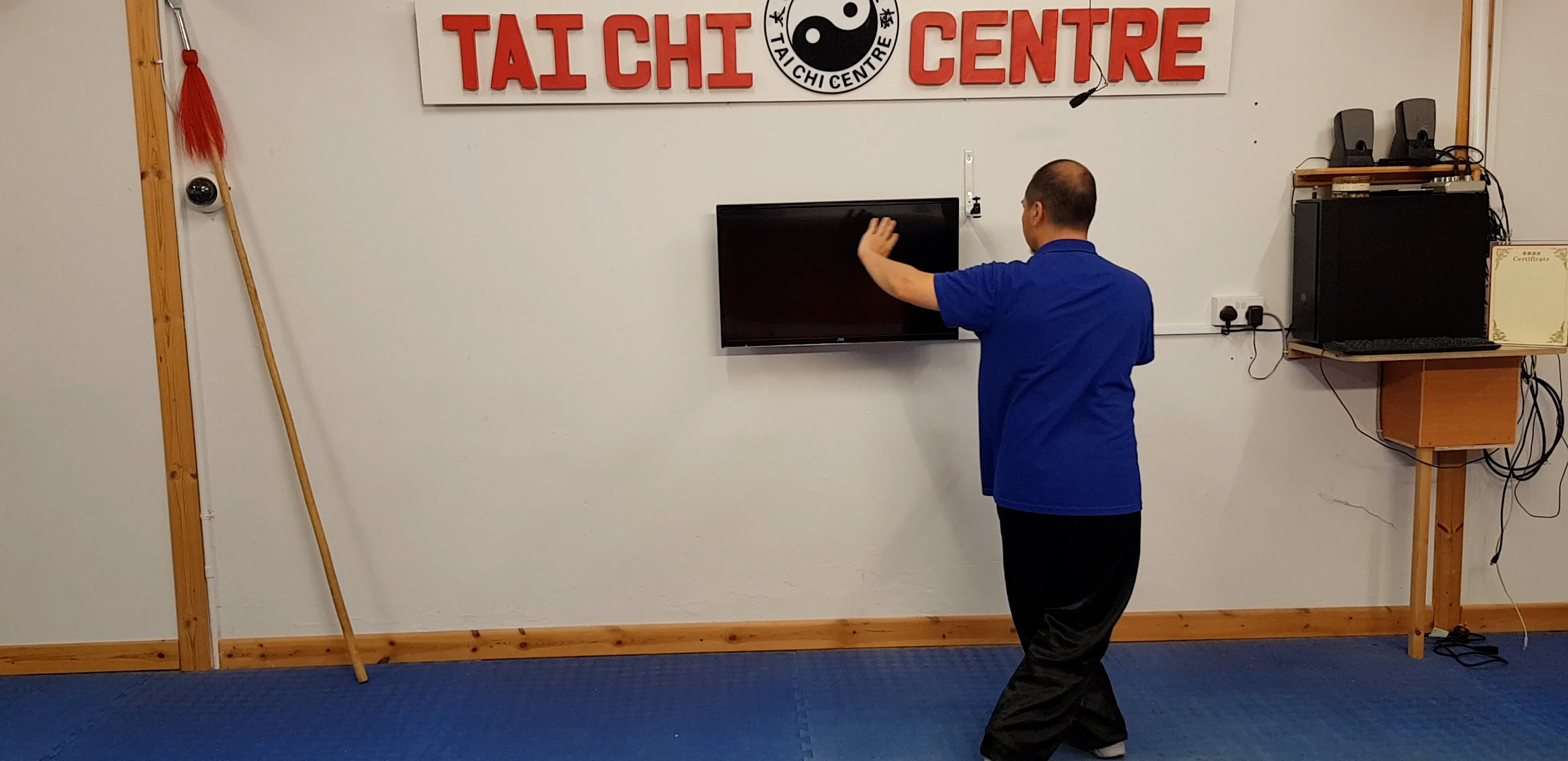
Lesson 17
Tai Chi Laojia Yi Lu
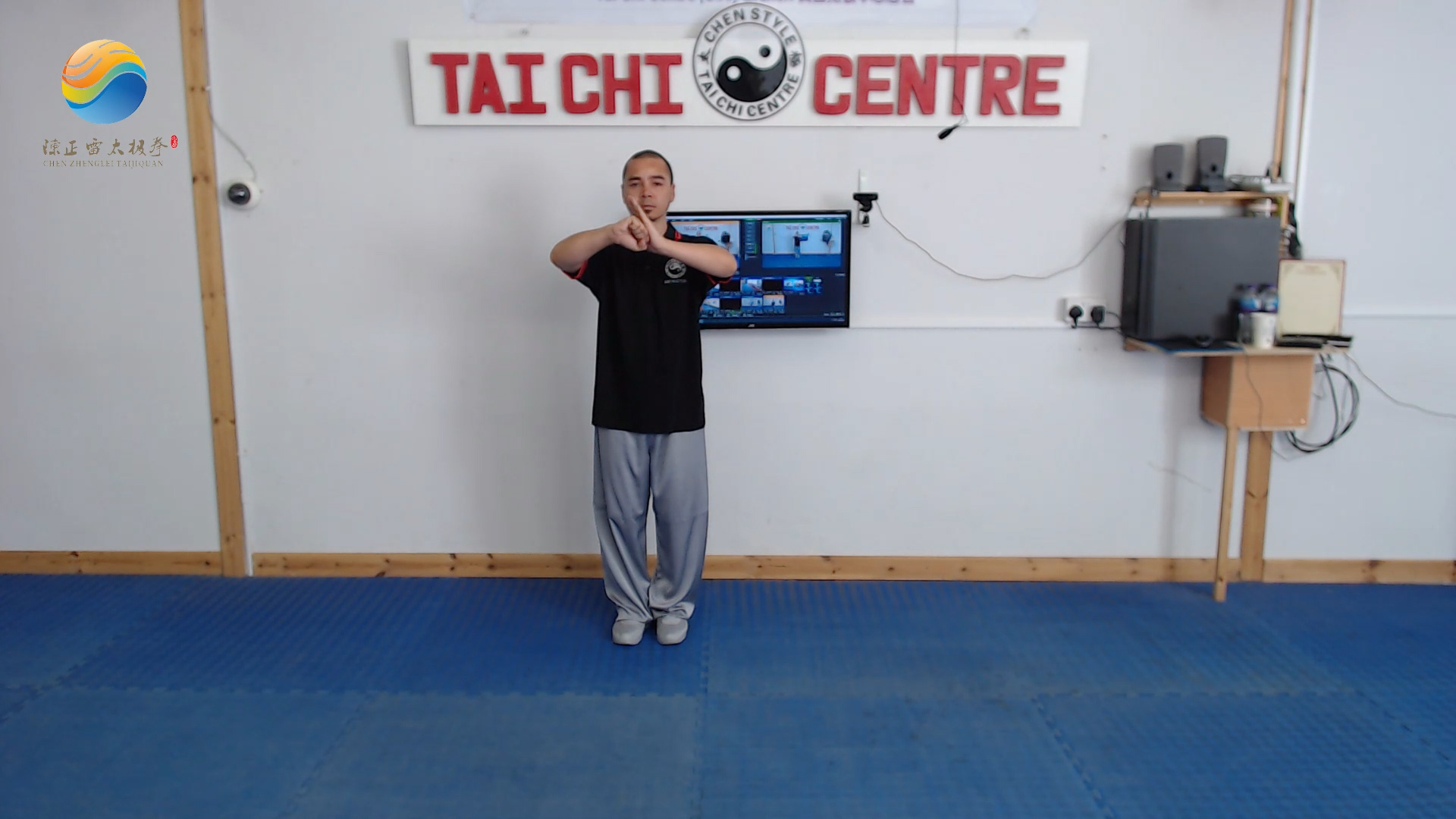

Laojia Section 1
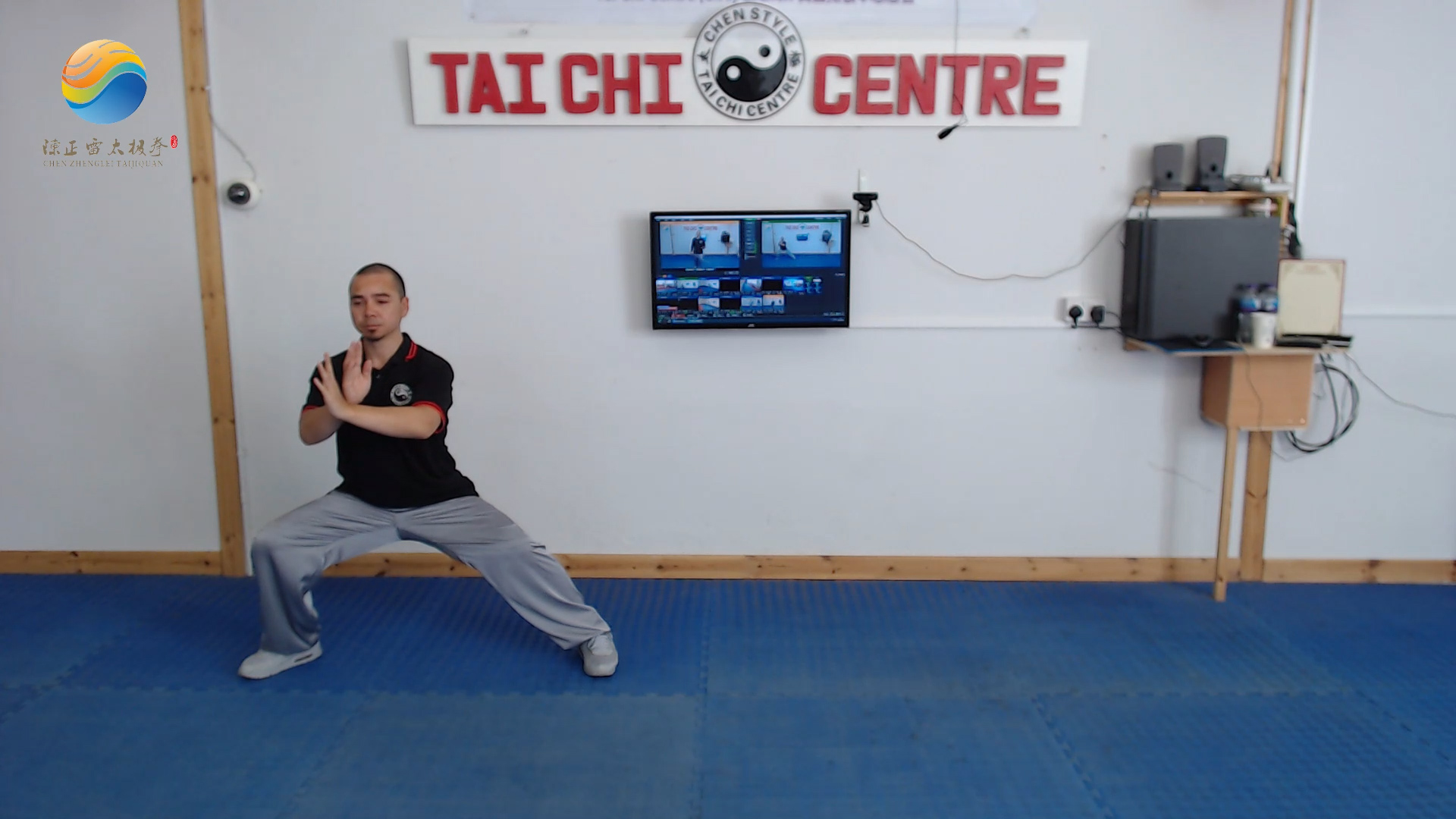
Laojia Section 2
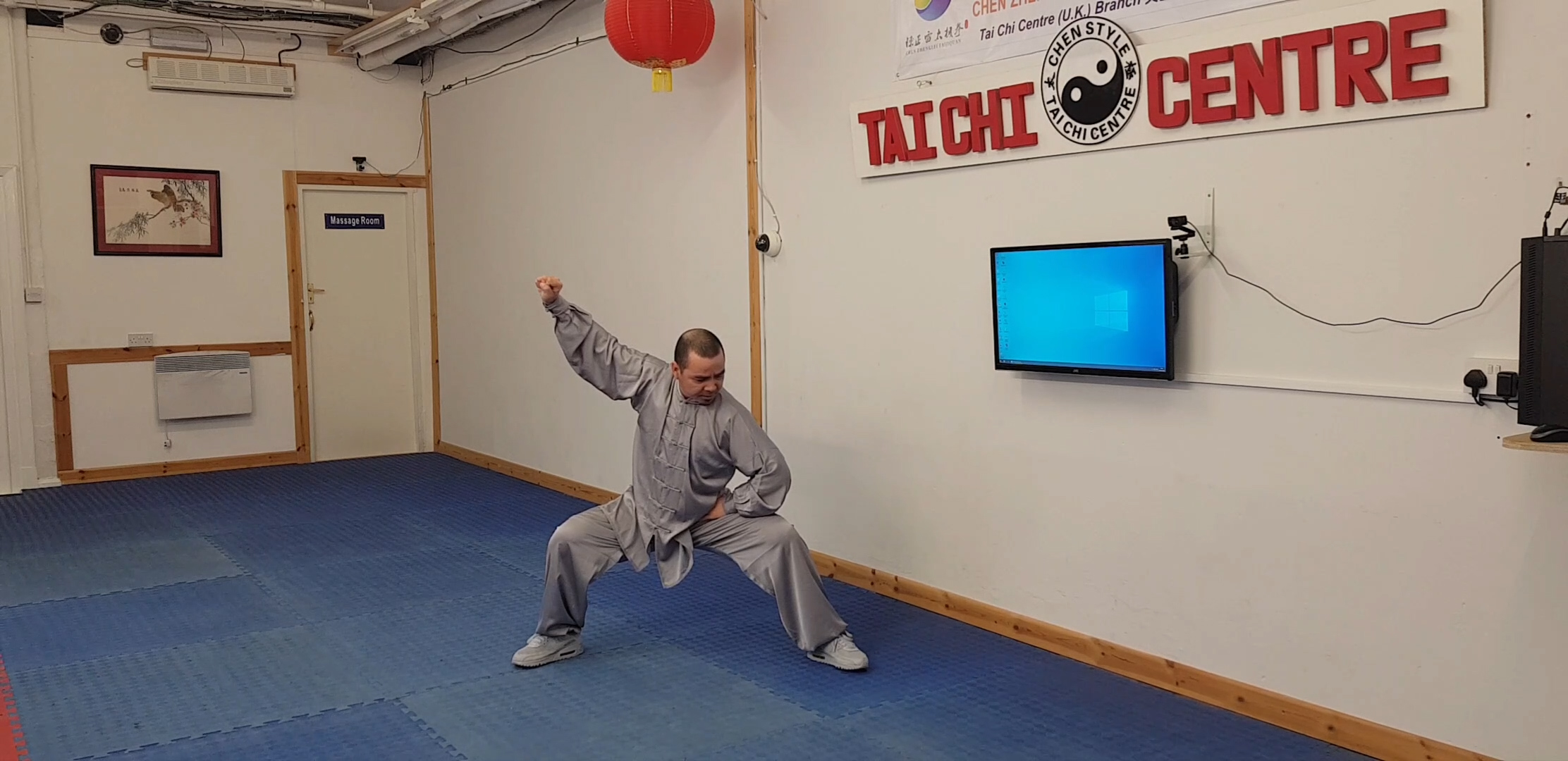
Section 2 Lesson 1
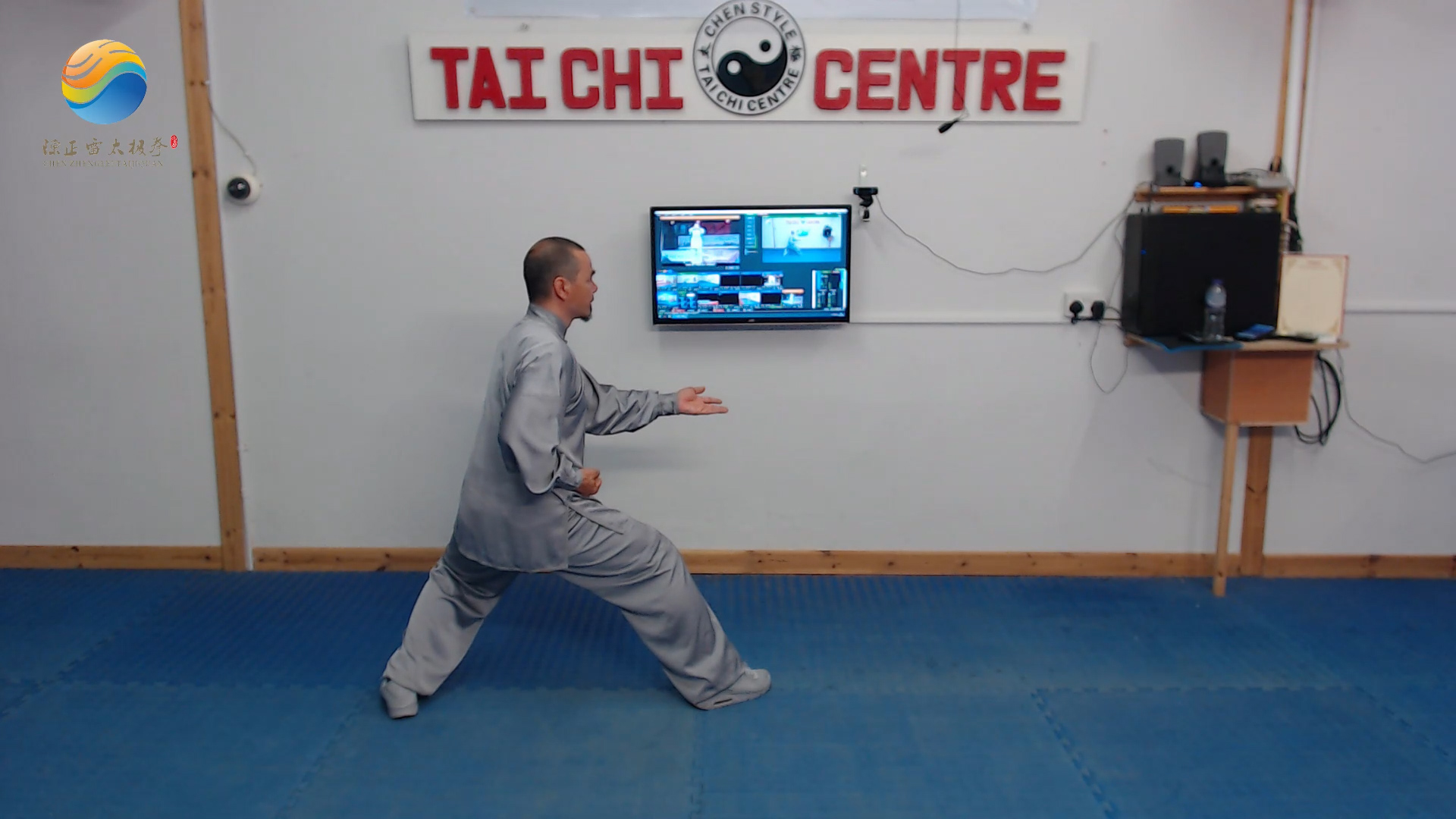
Section 2 Lesson 2
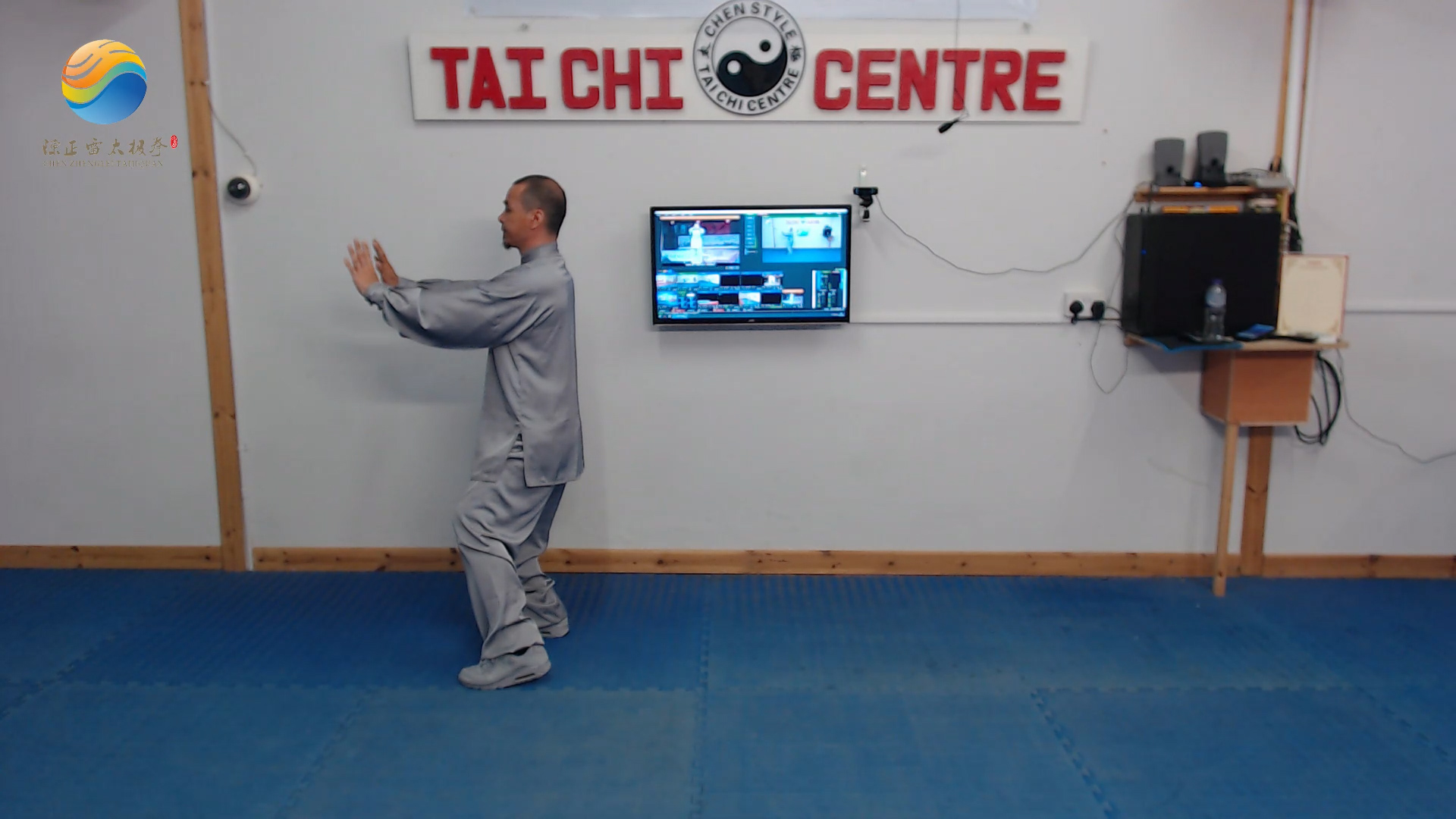
Section 2 Lesson 3
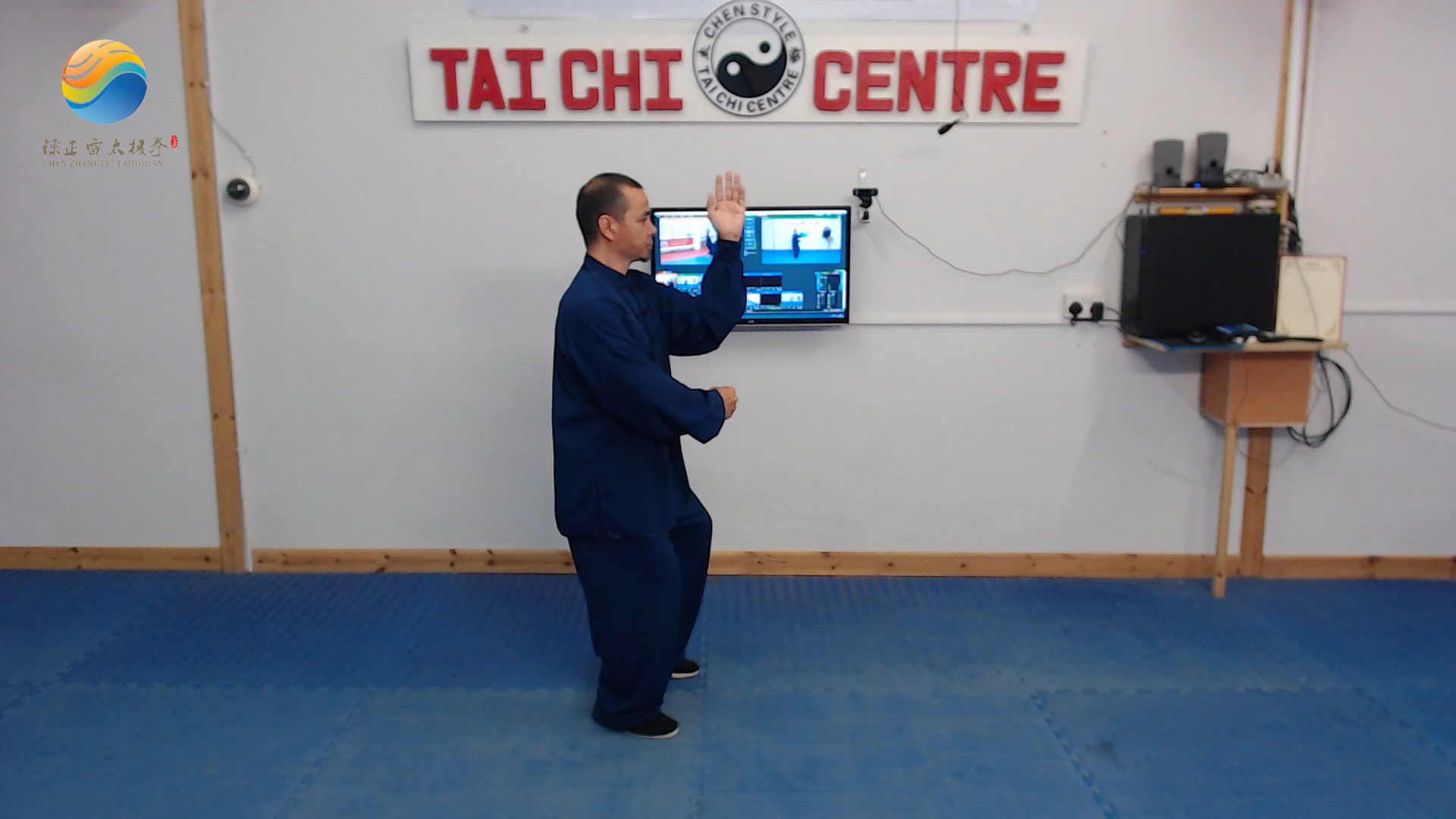
Section 2 Lesson 4
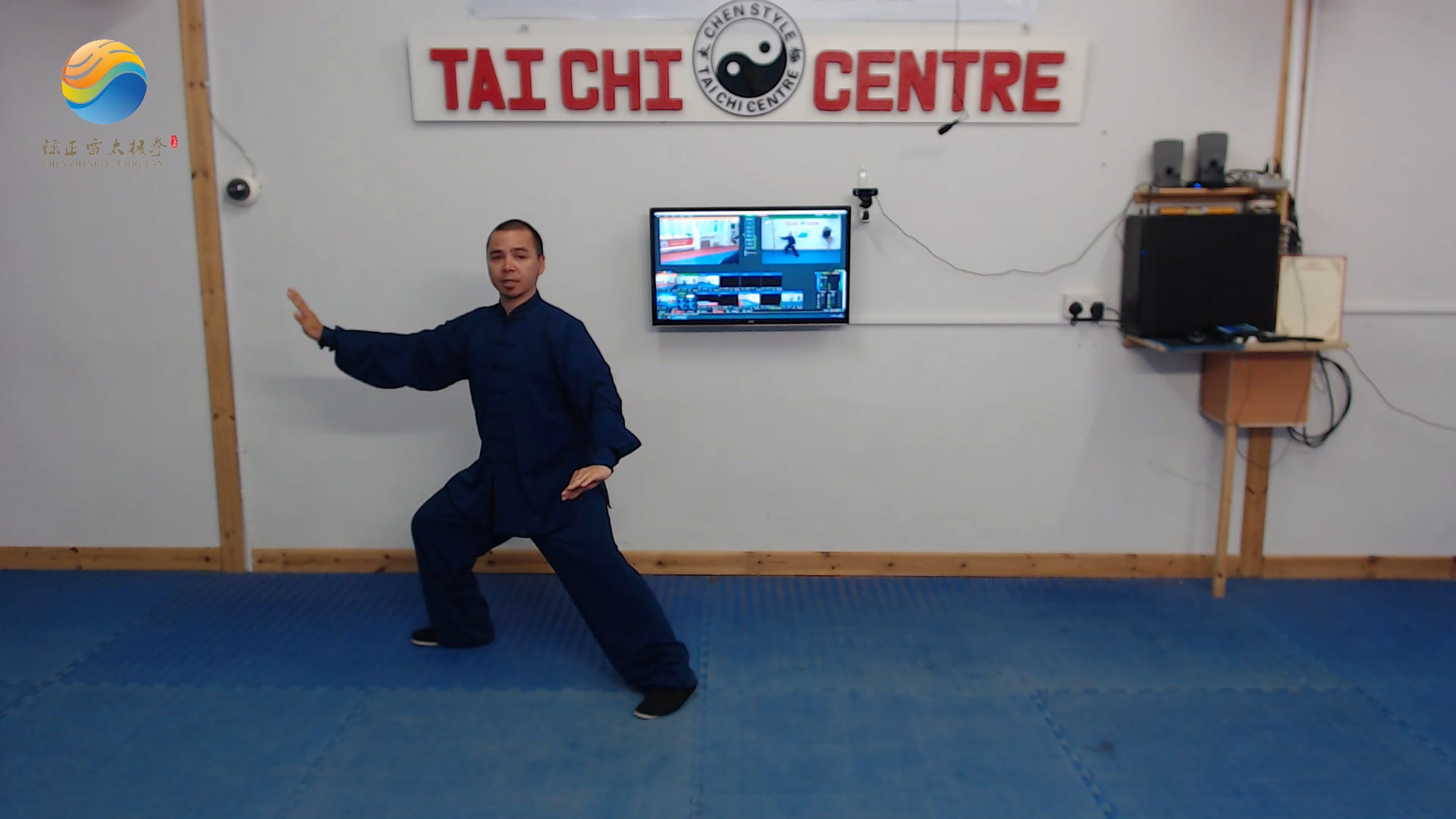
Section 2 Lesson 5
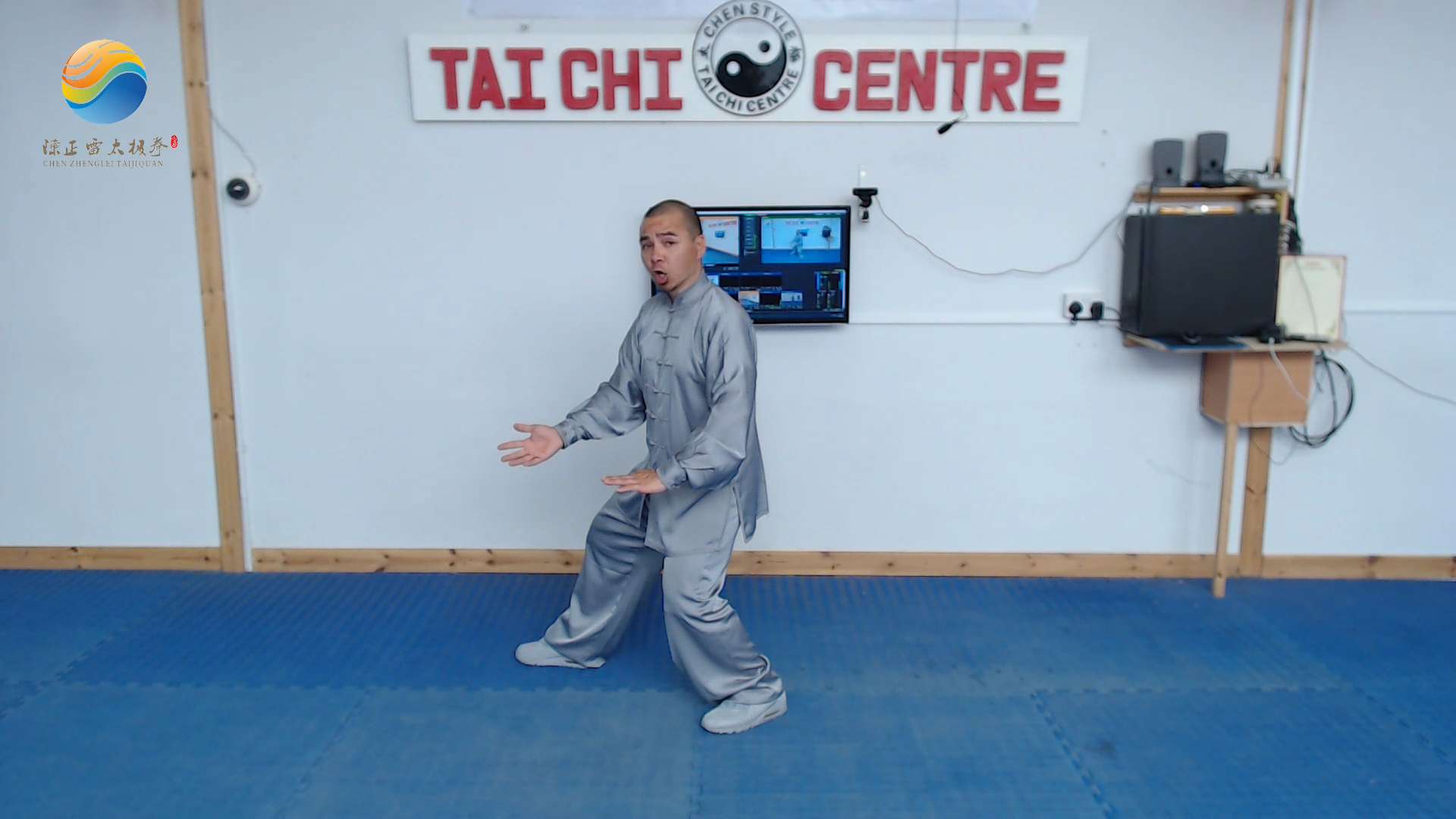
Section 2 Lesson 5 6 7
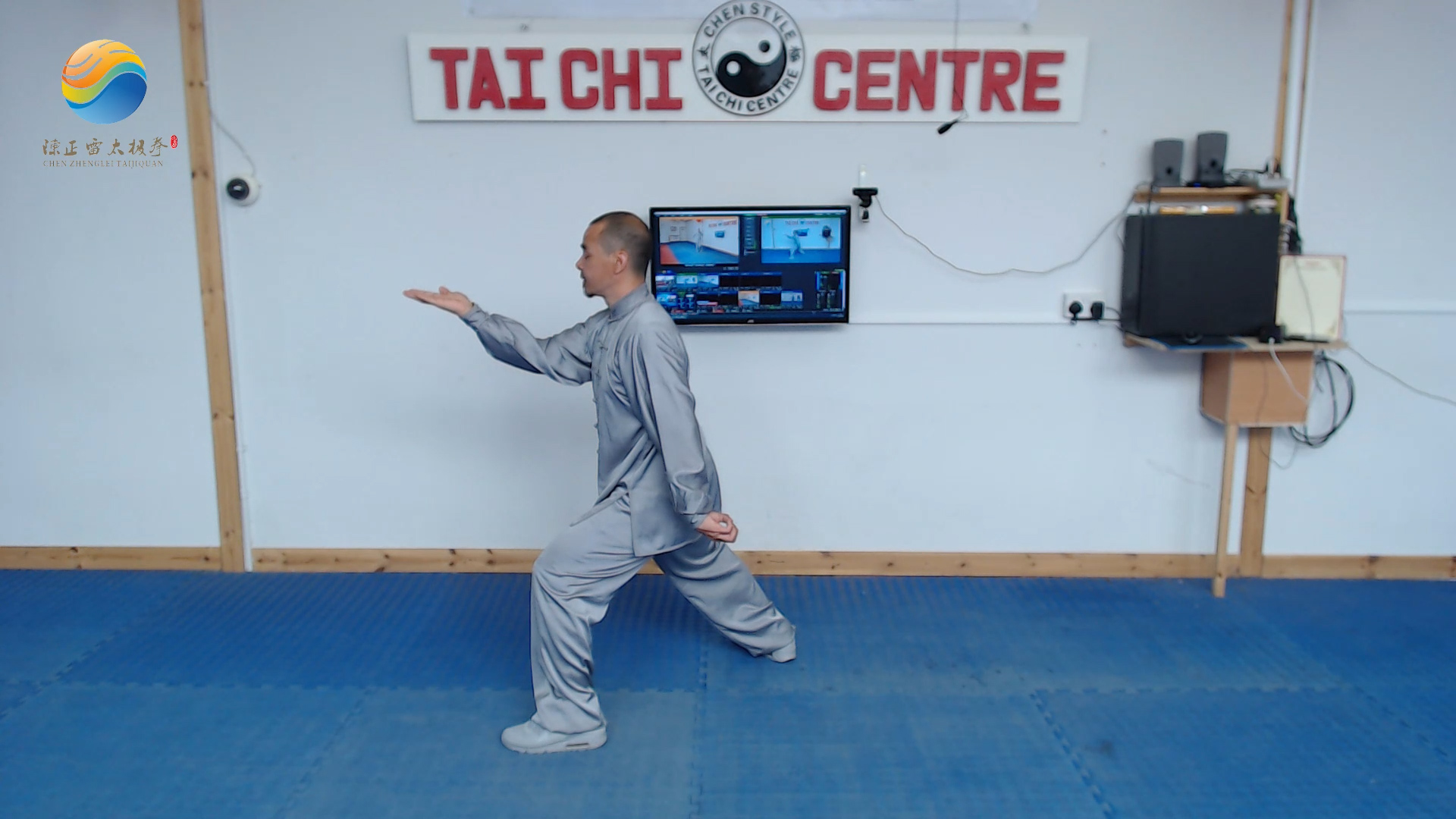
Section 2 Lesson 8
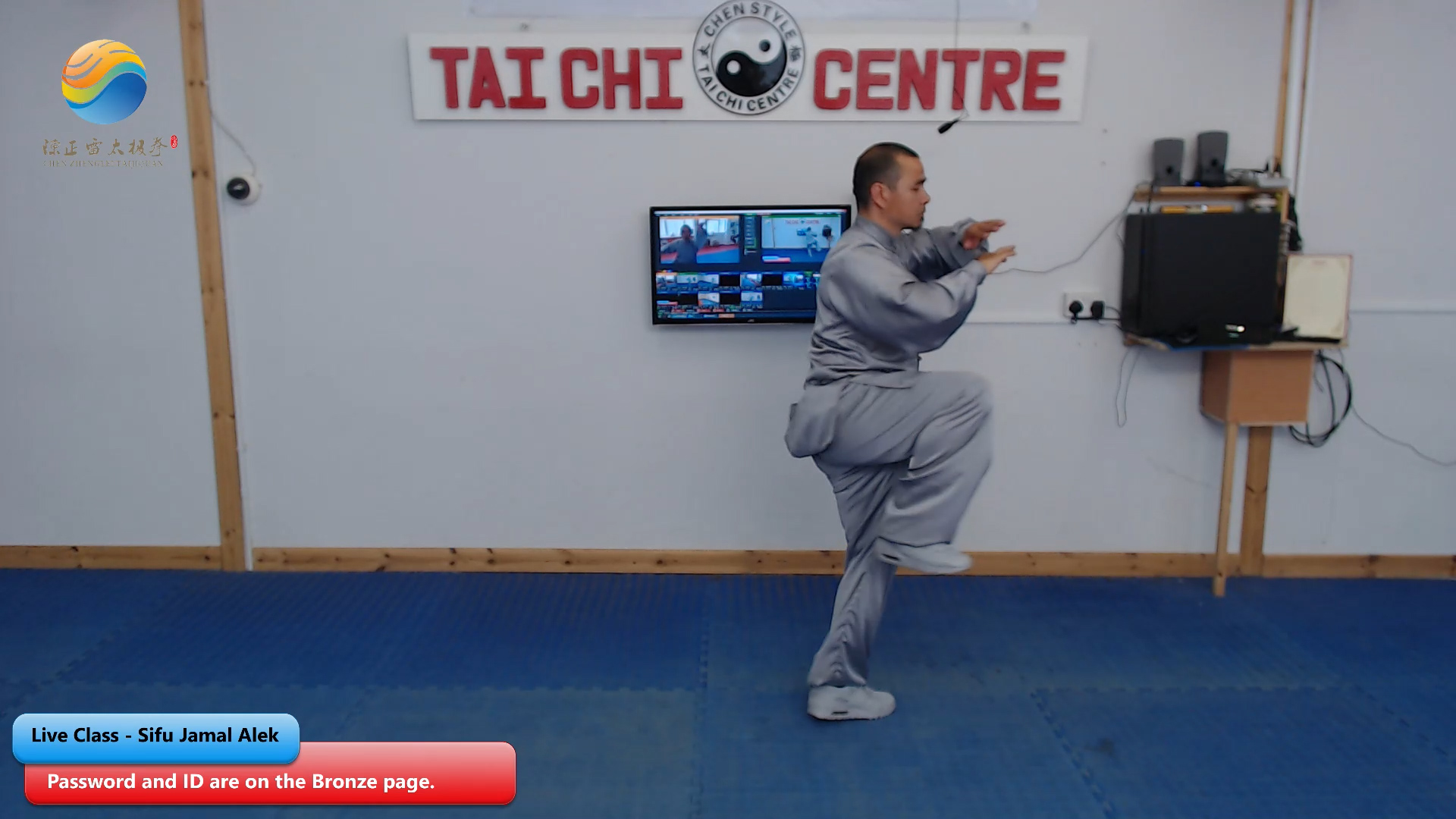
Section 2 Lesson 9

Section 2 Lesson 9 10 11
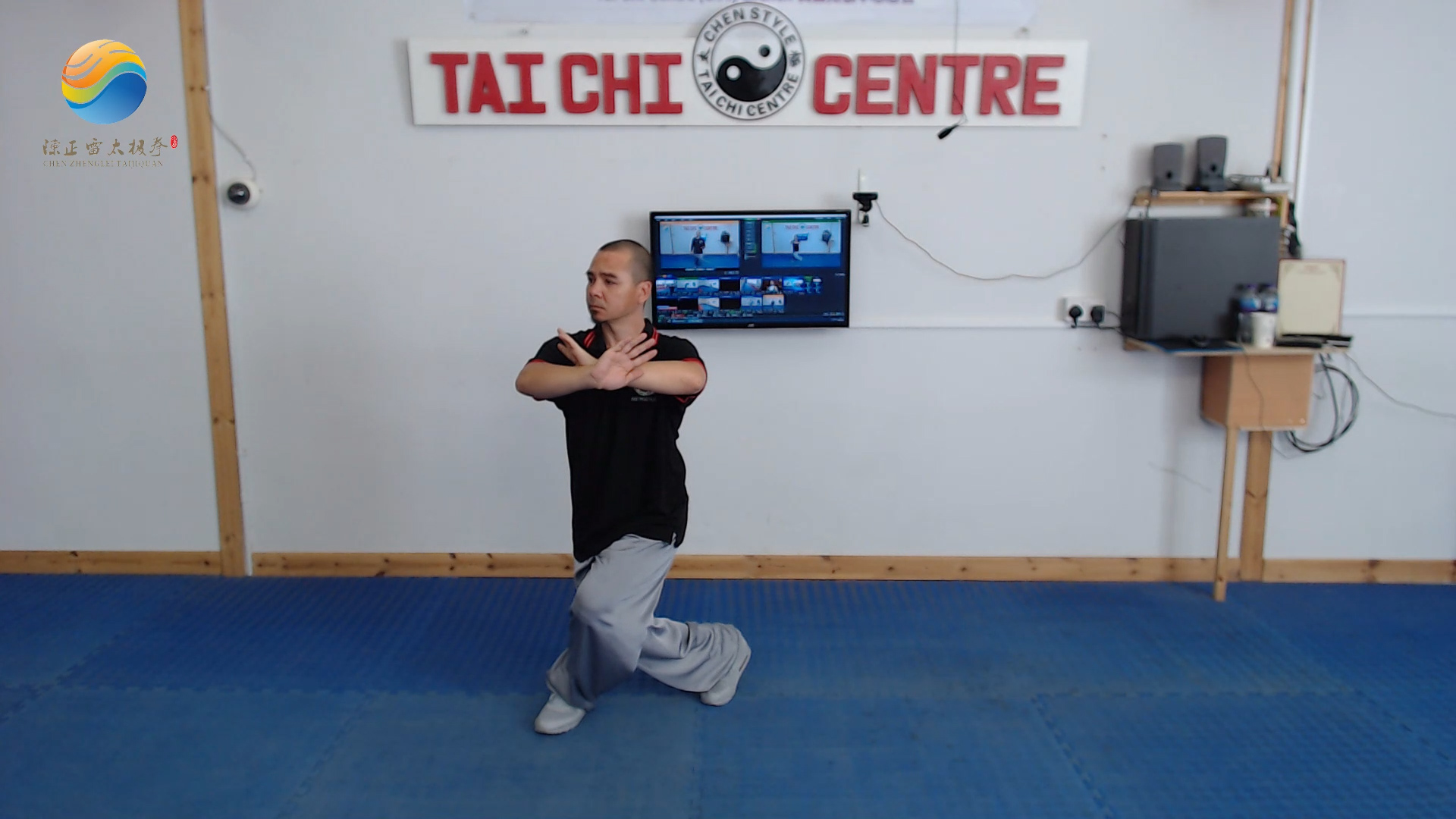
Laojia Section 3
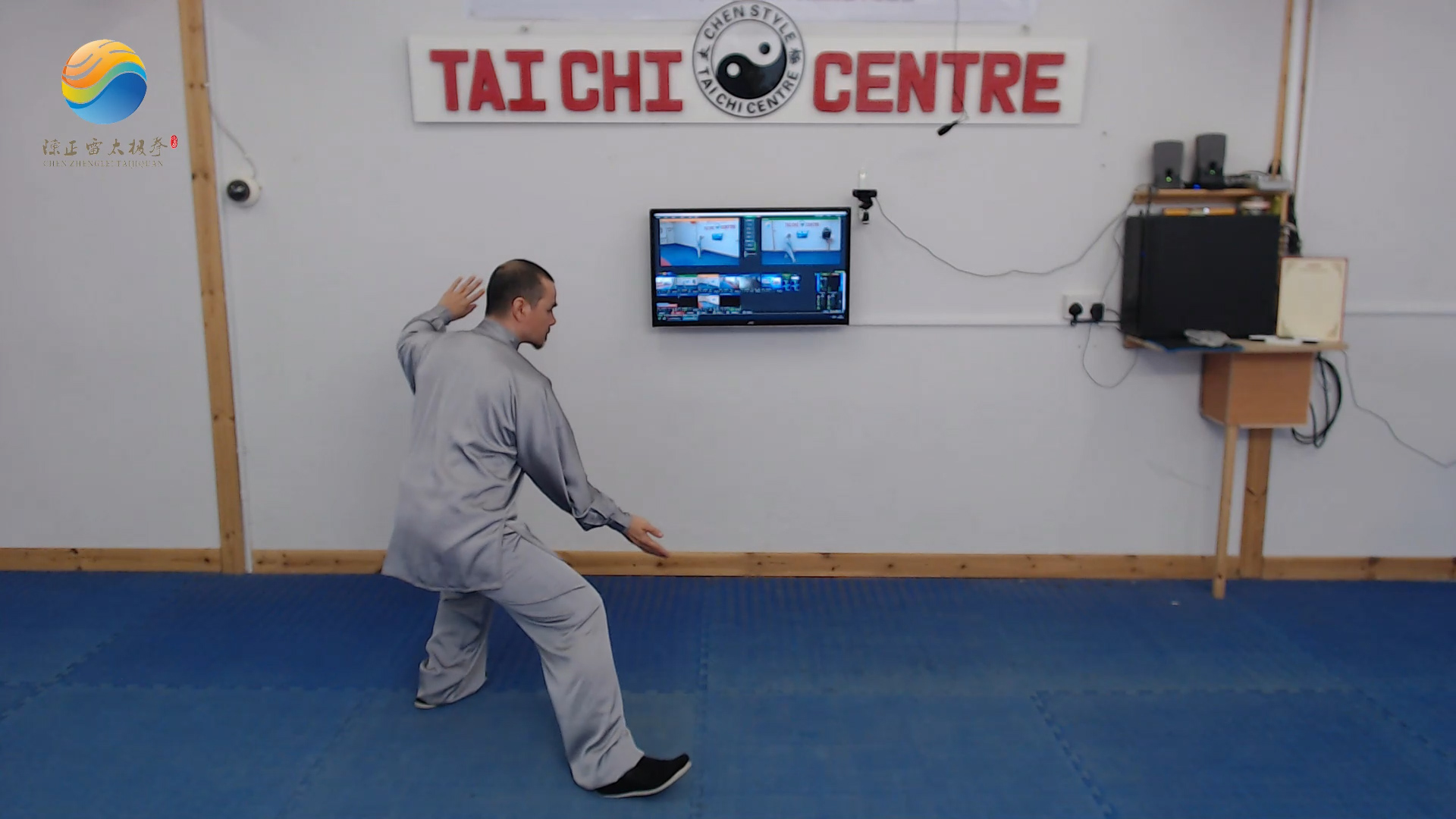
Laojia Section 4 5
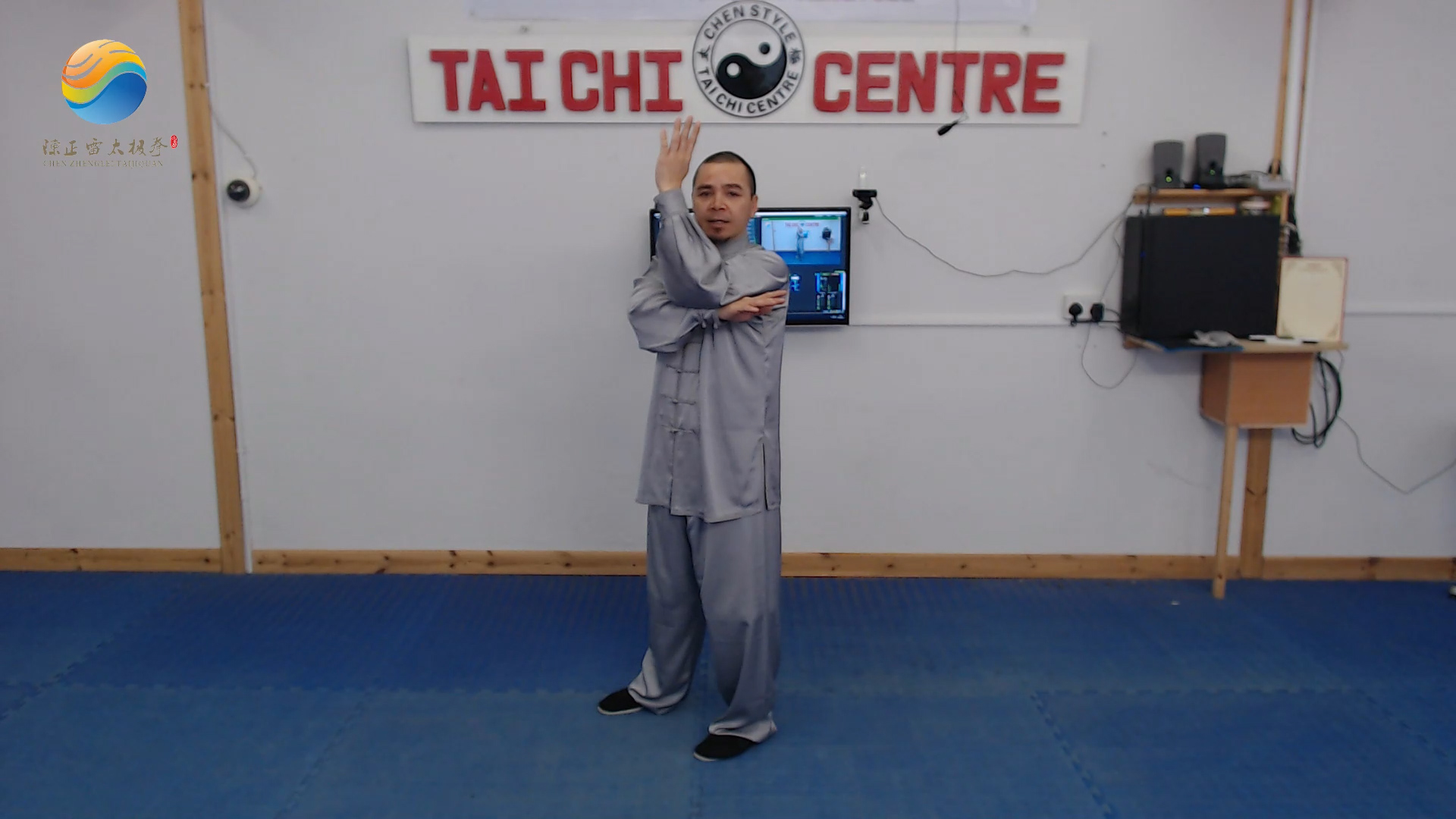
Laojia Section 6

Qigong Foundation
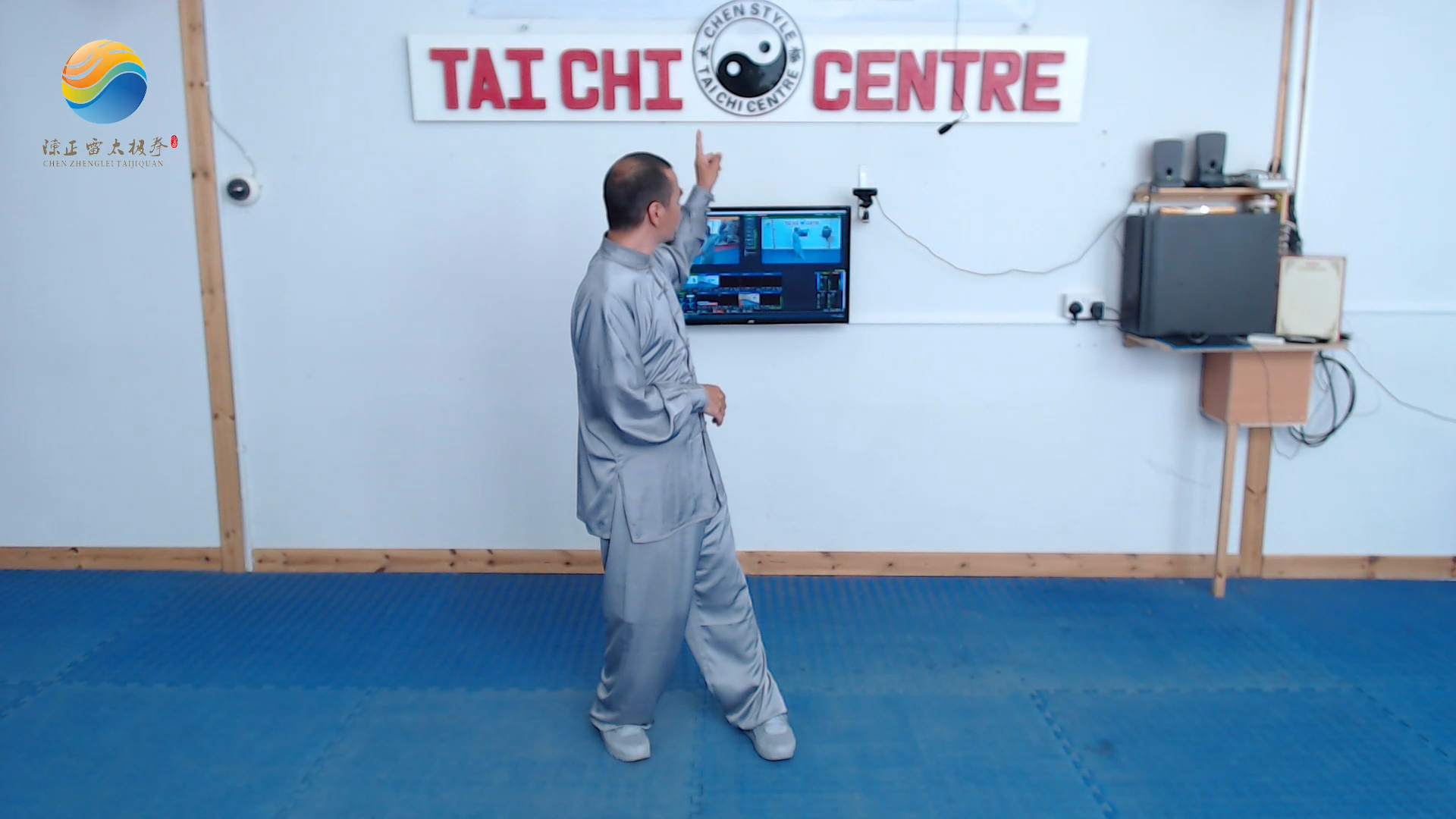

10 Minutes Foundation Exercise
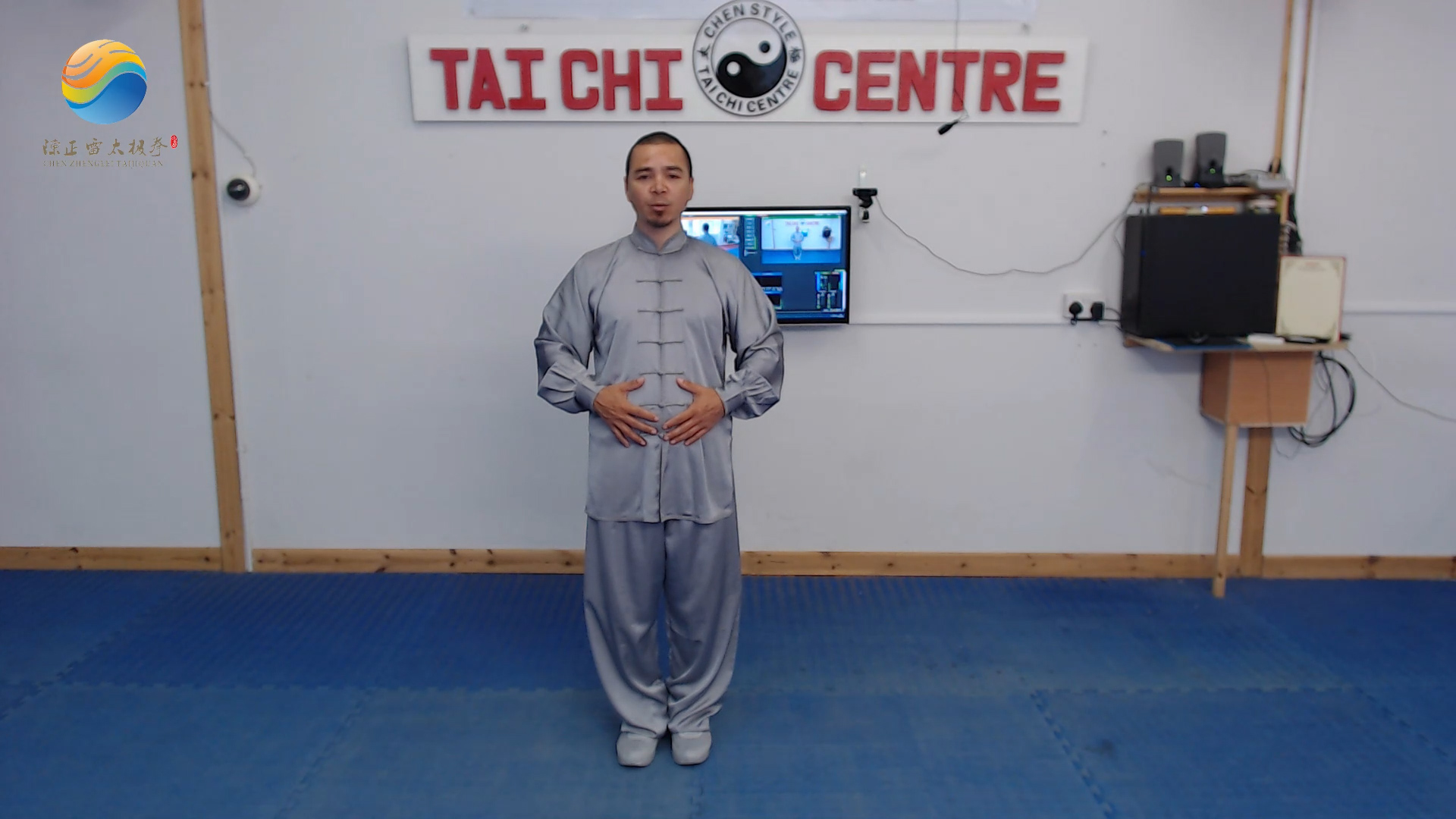
Qigong Preperation
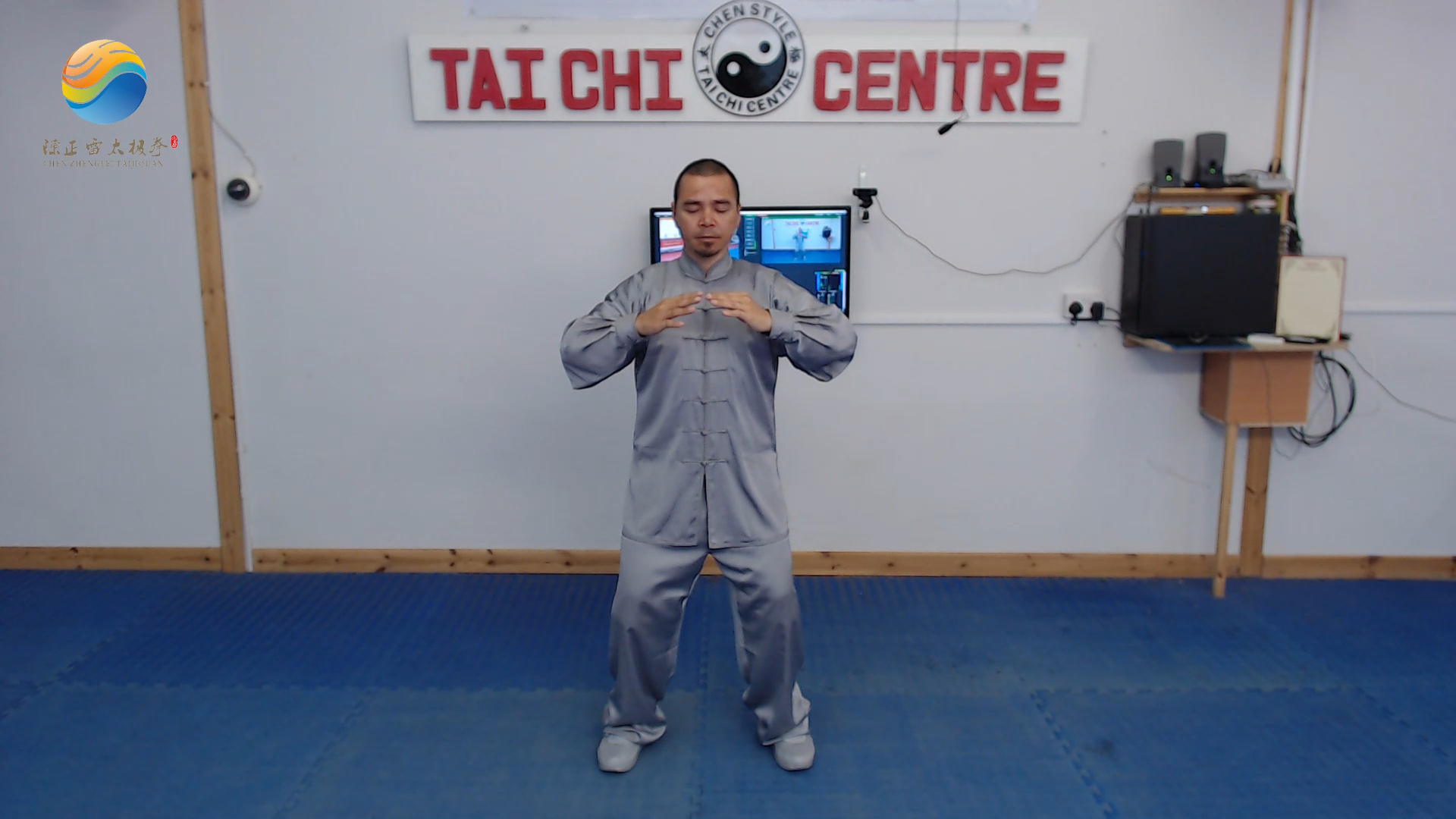
Foundation Movements 1
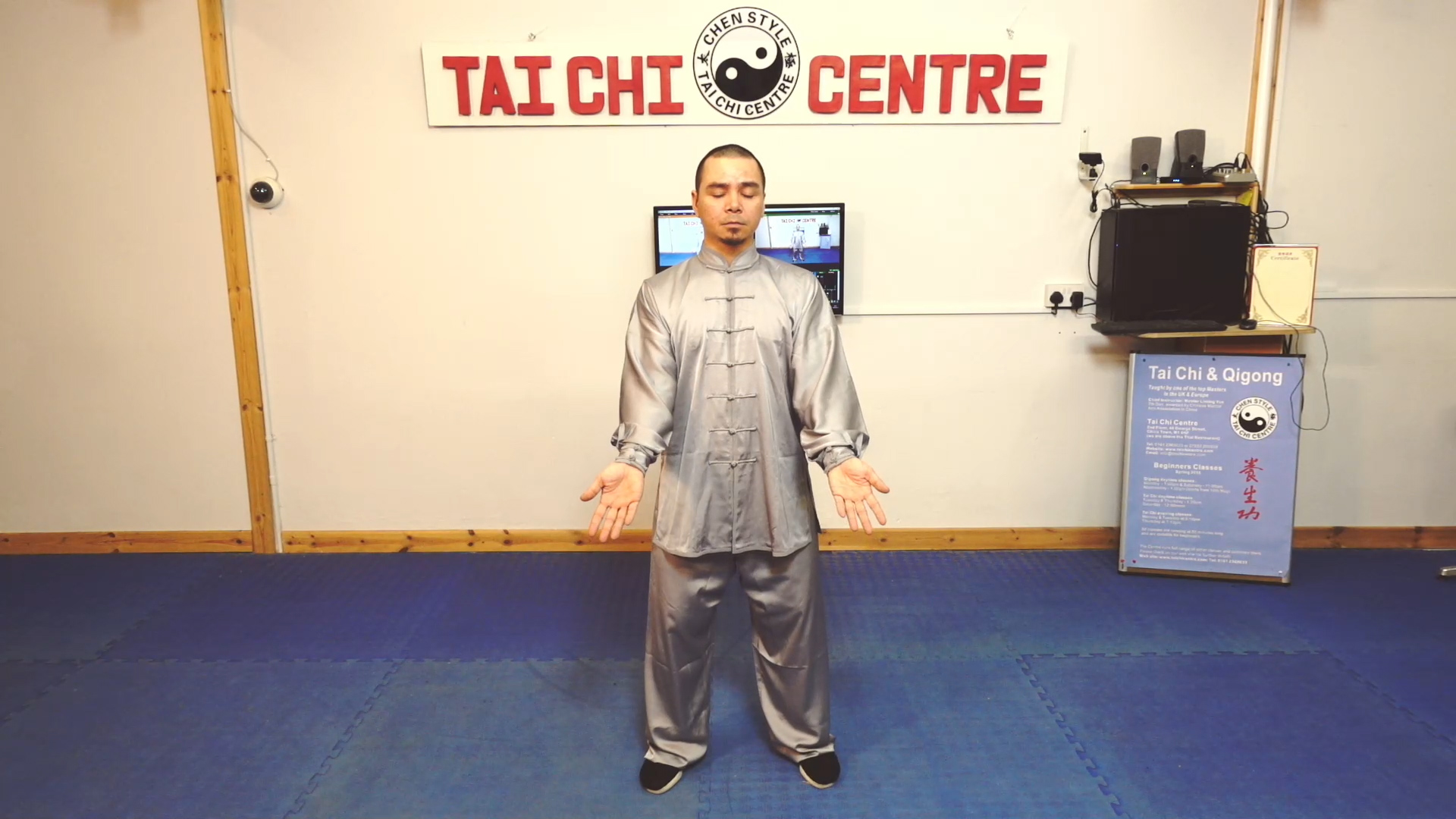
Foundation Movements 2
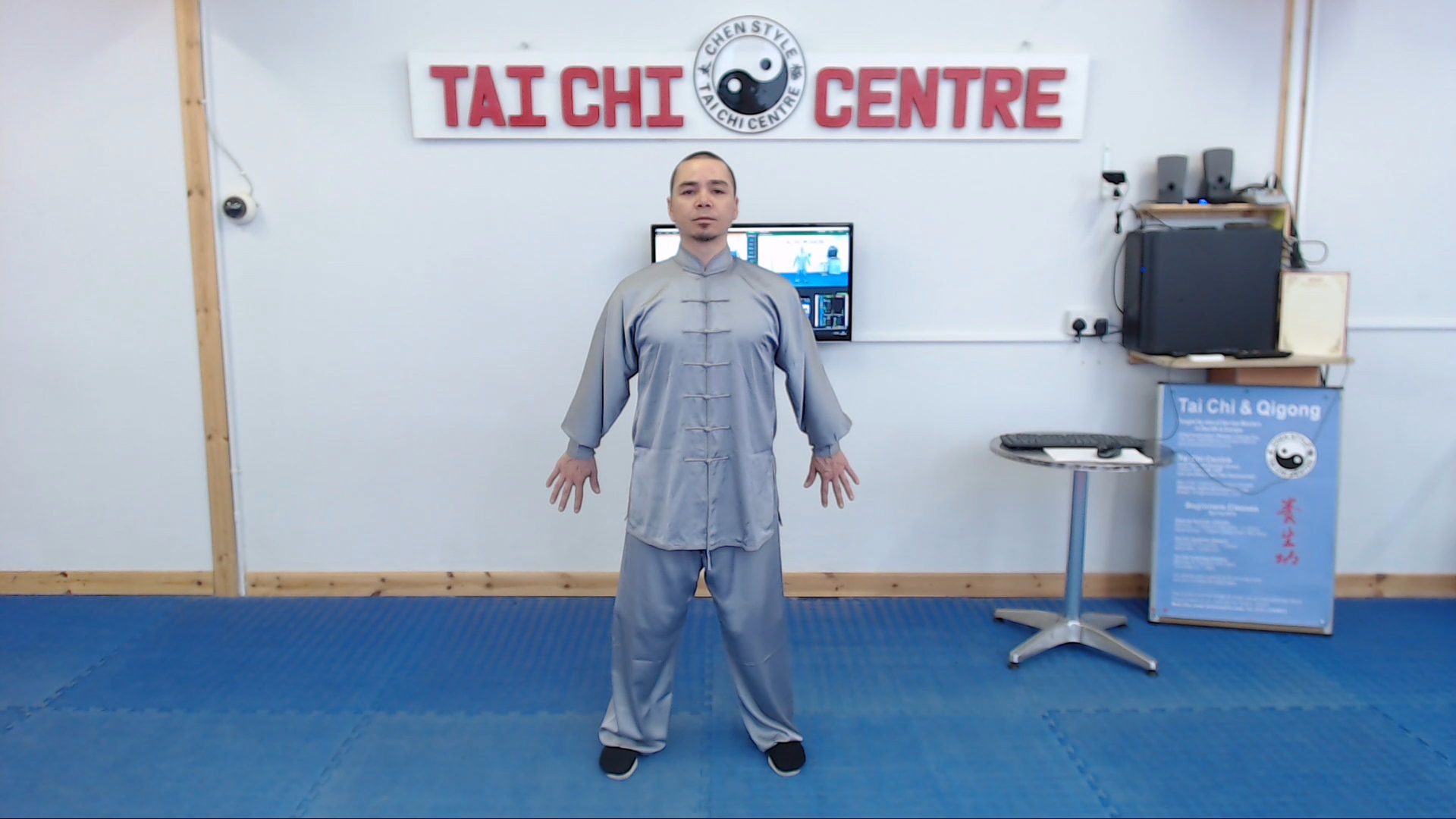
Foundation Movements 3
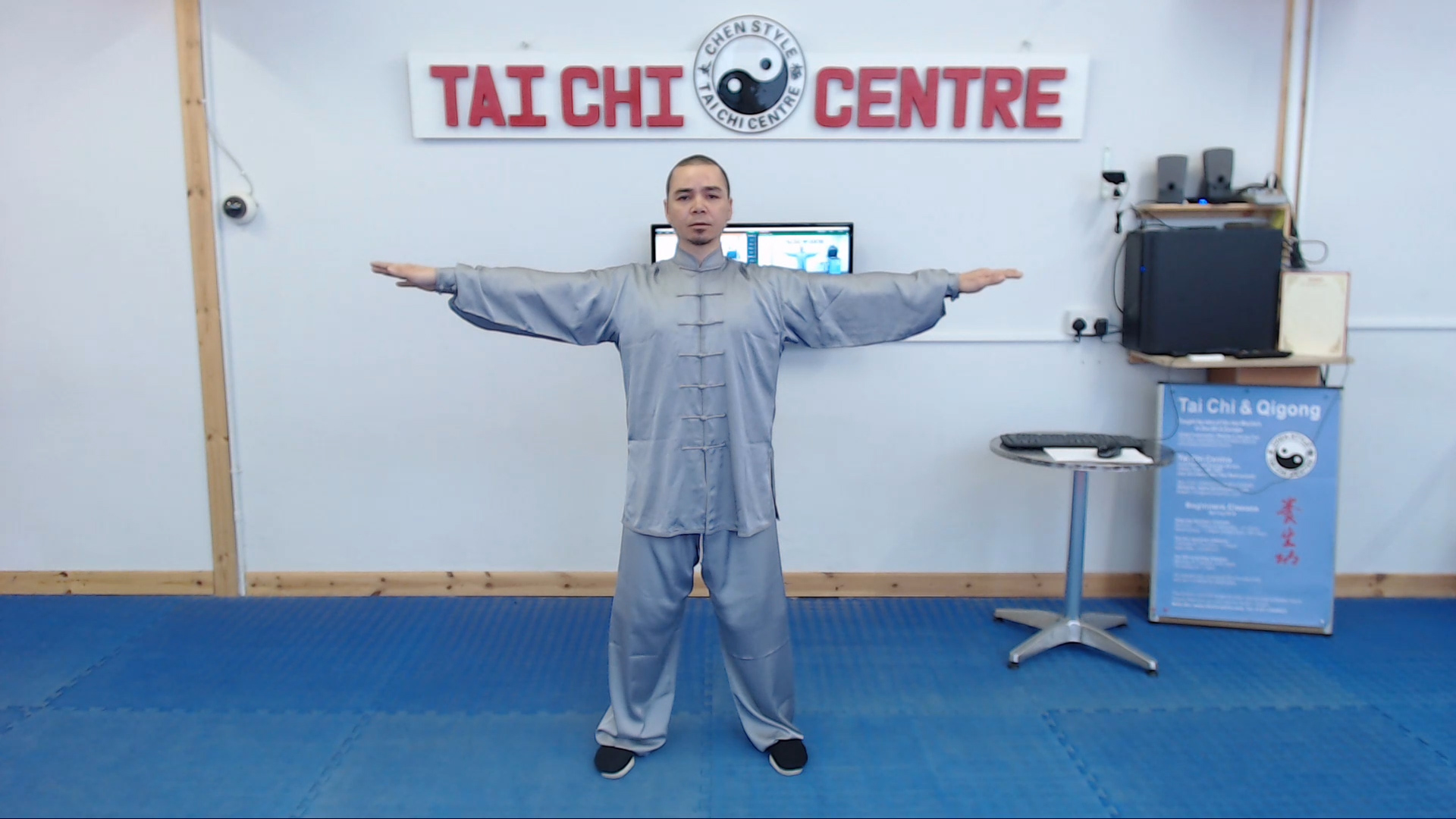
Foudation Movements 4
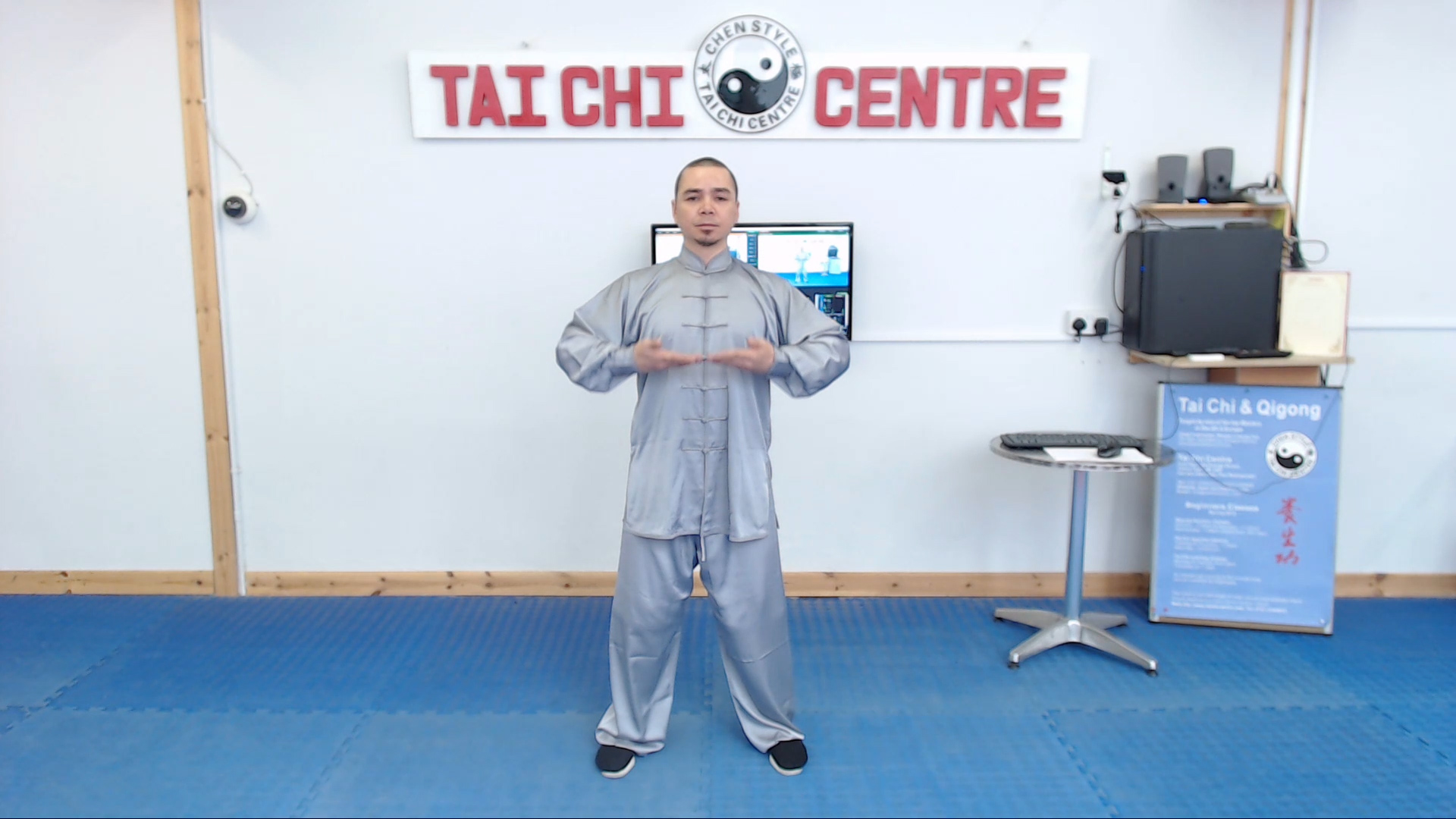
Foundation Movements 5
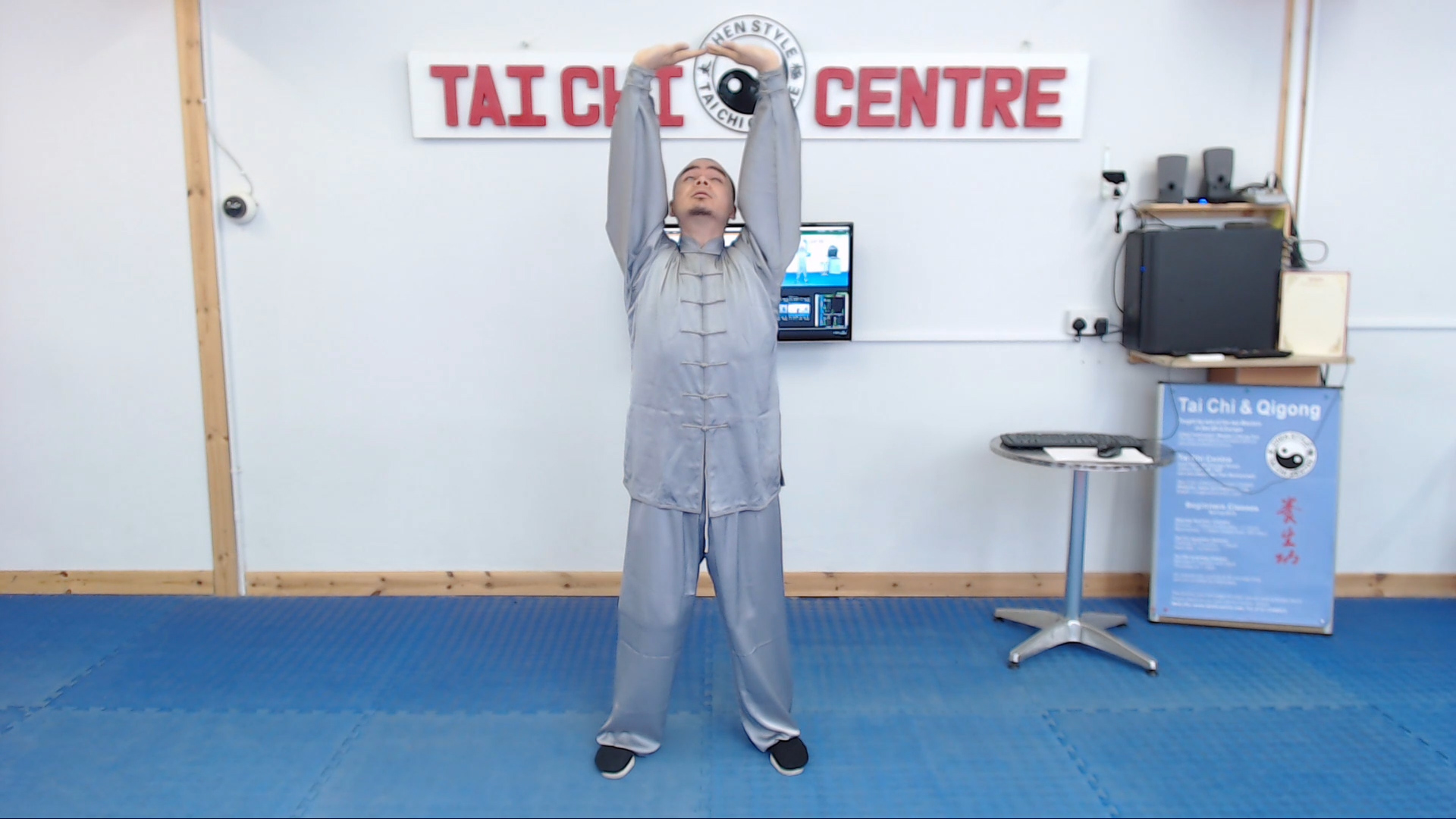
Foundation Movements 6
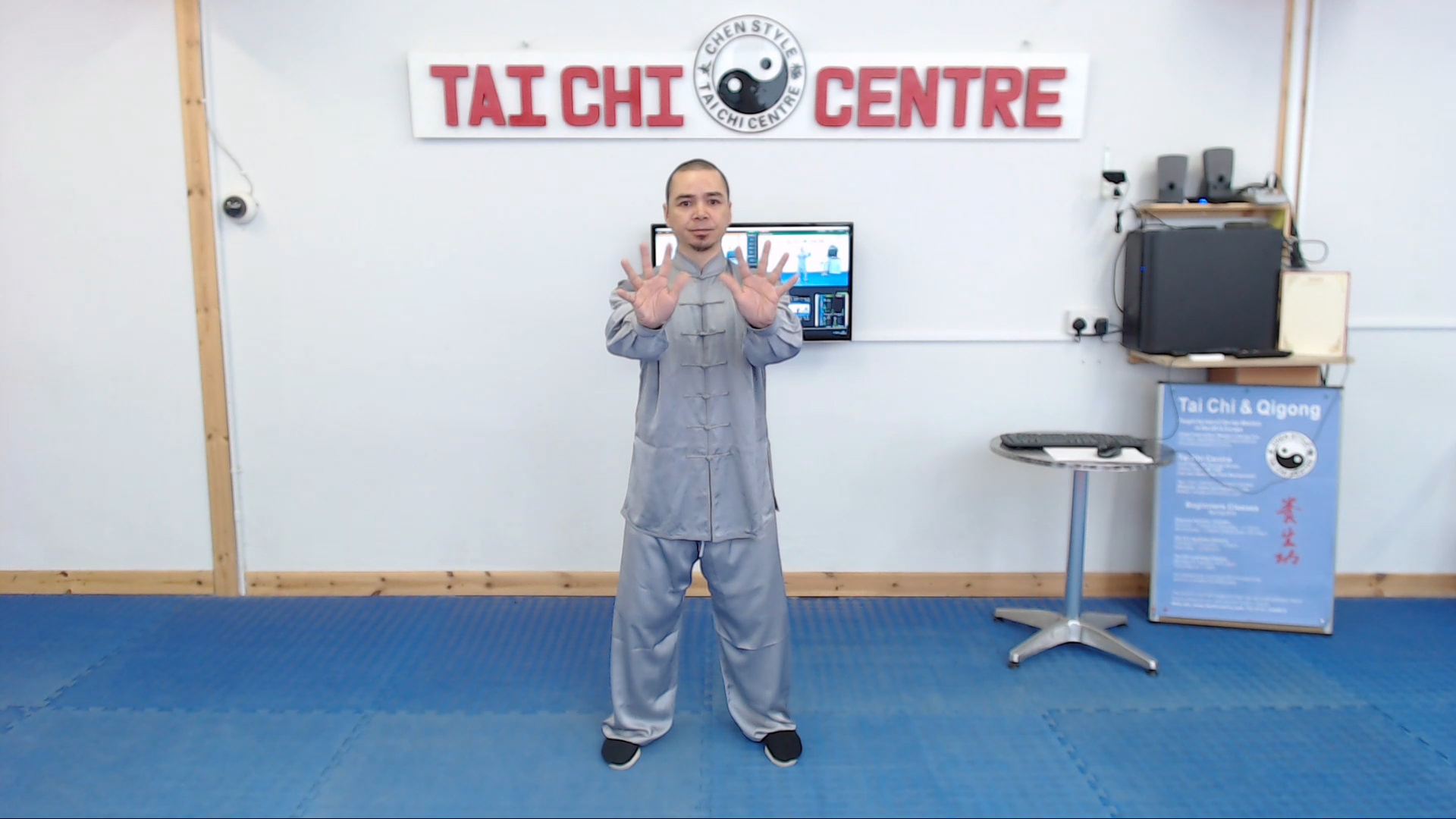
Foundation Movements 7 8
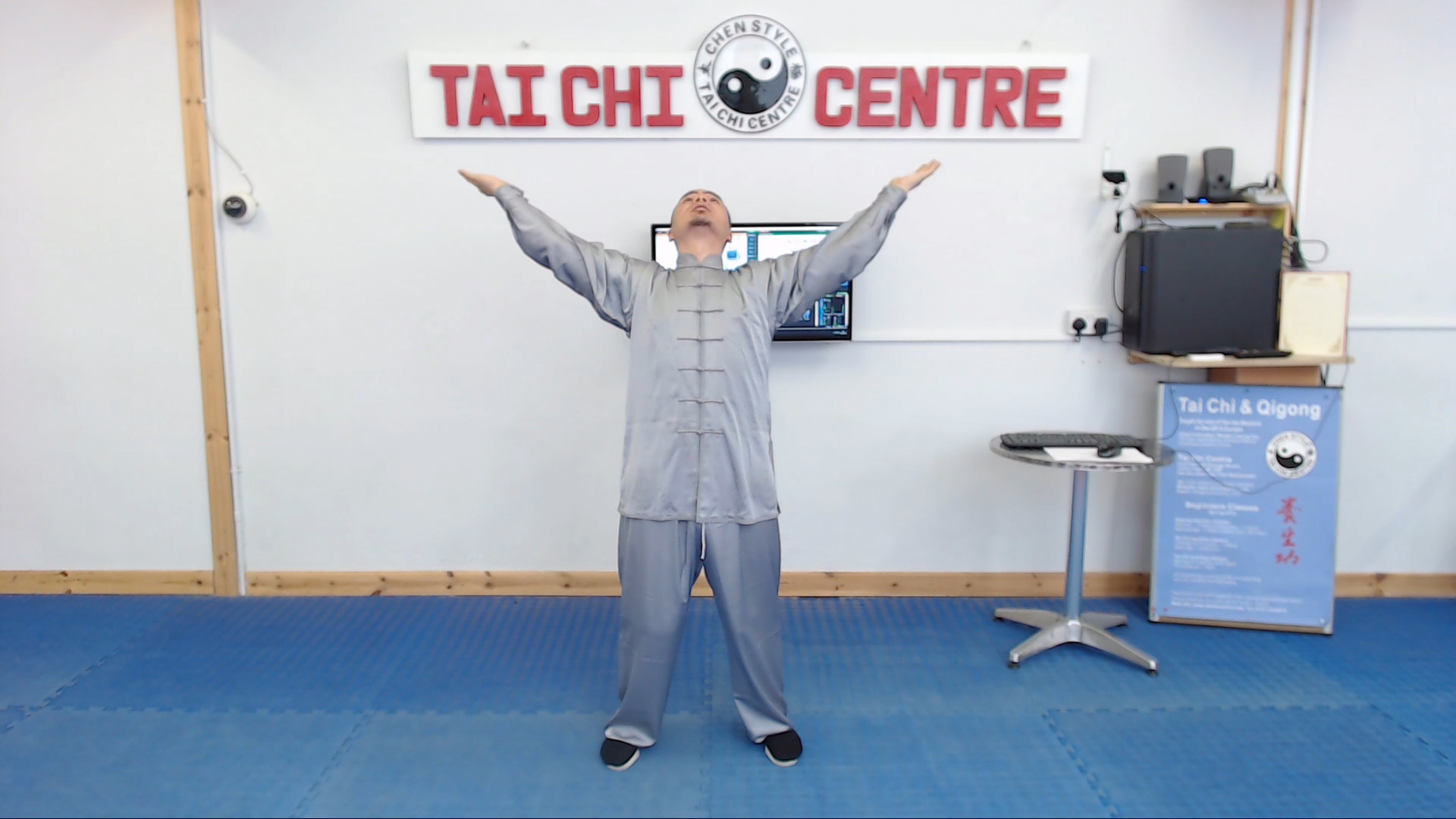
Foundation Movements 9
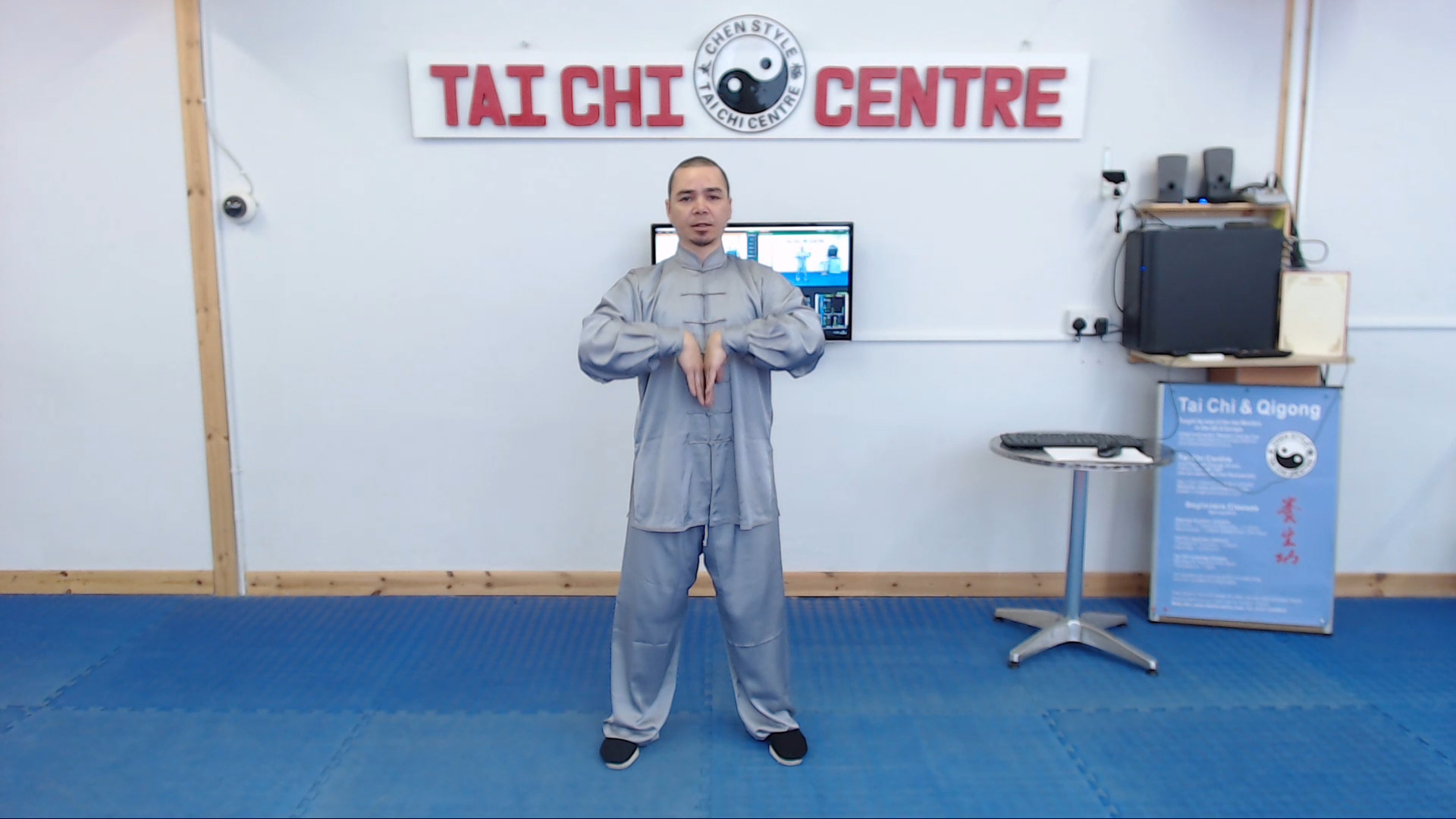
Foundation Movements 10
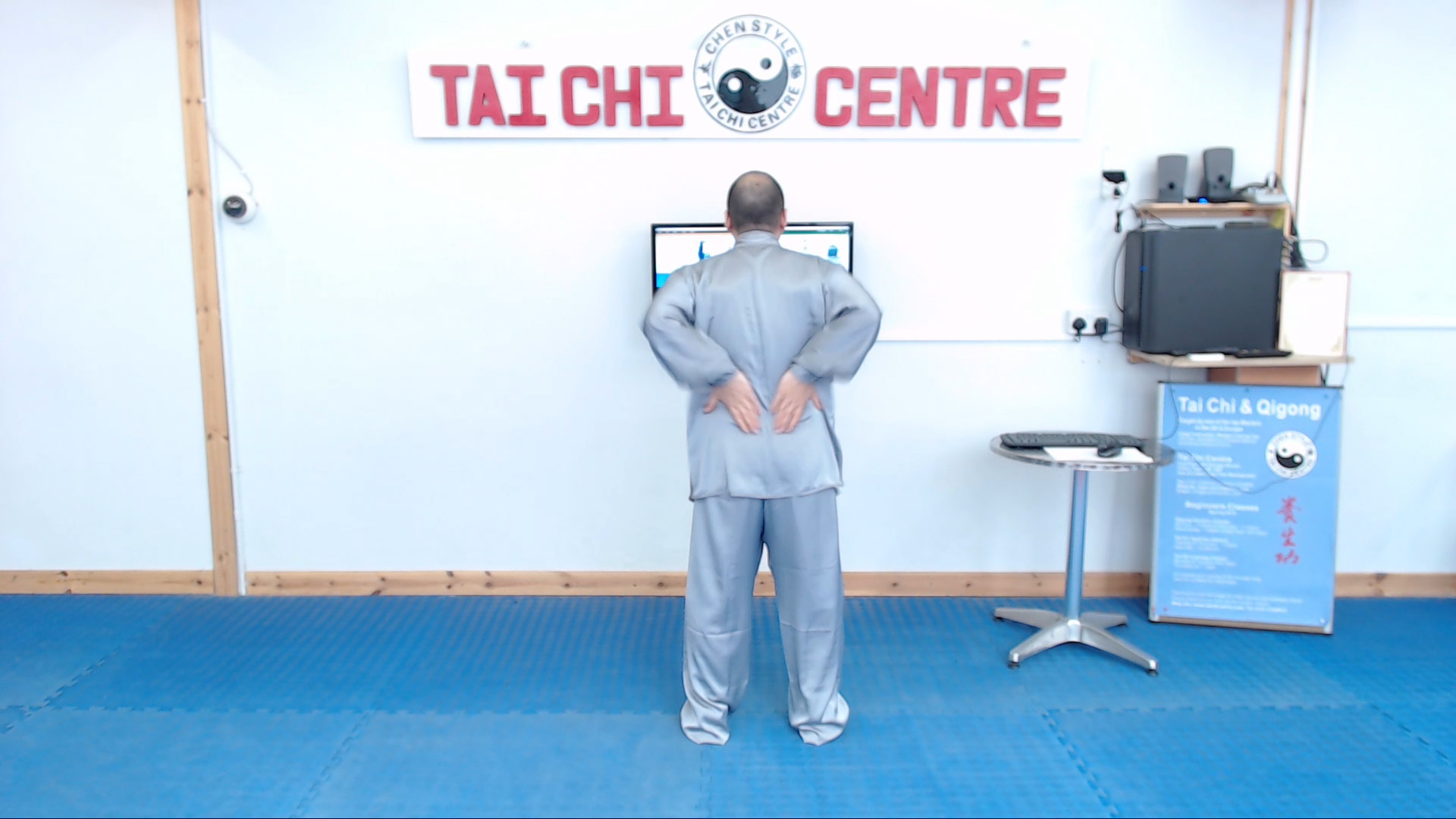
Qigong Foundation Closing
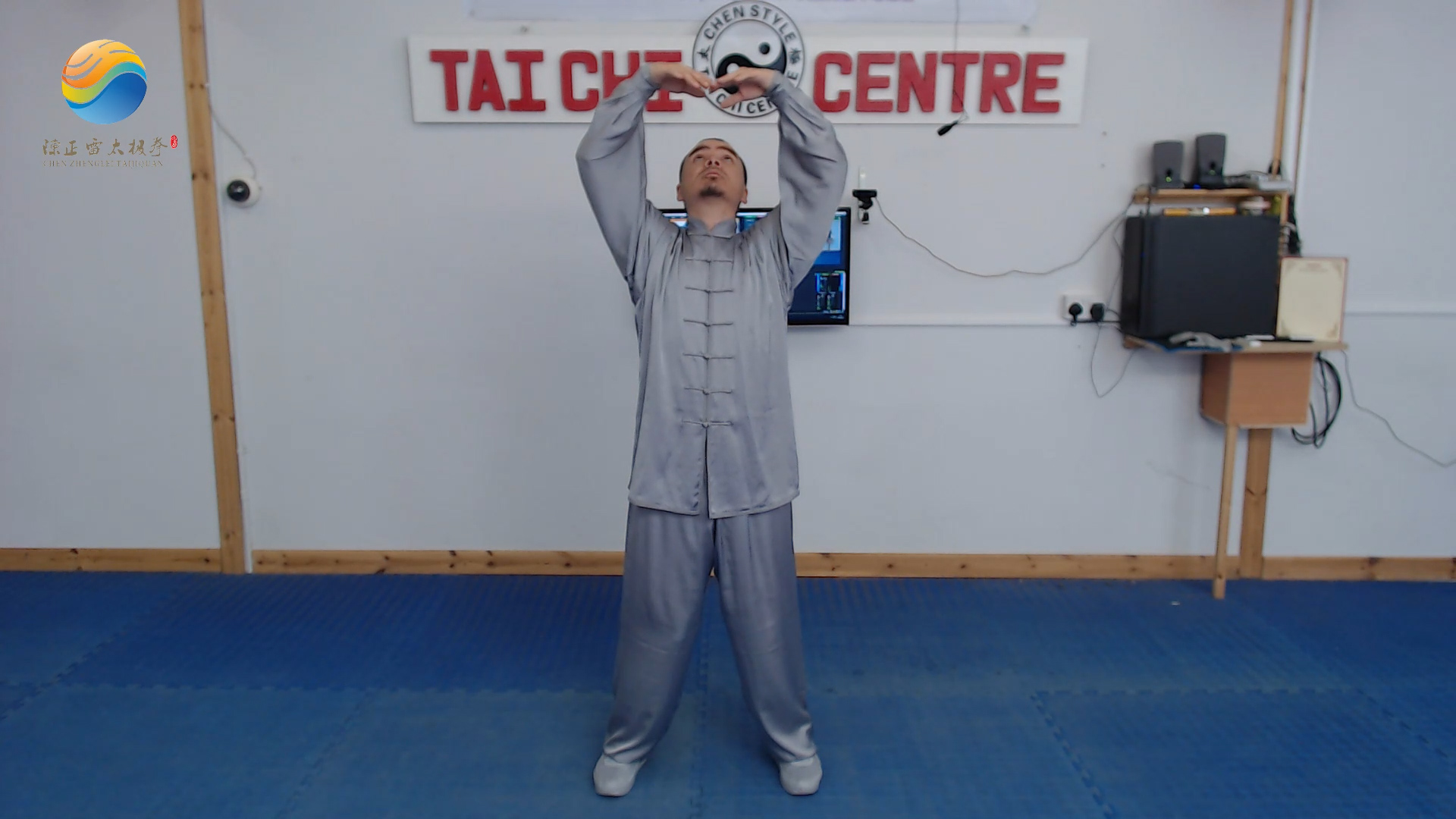
Qigong Foundation Follow Me
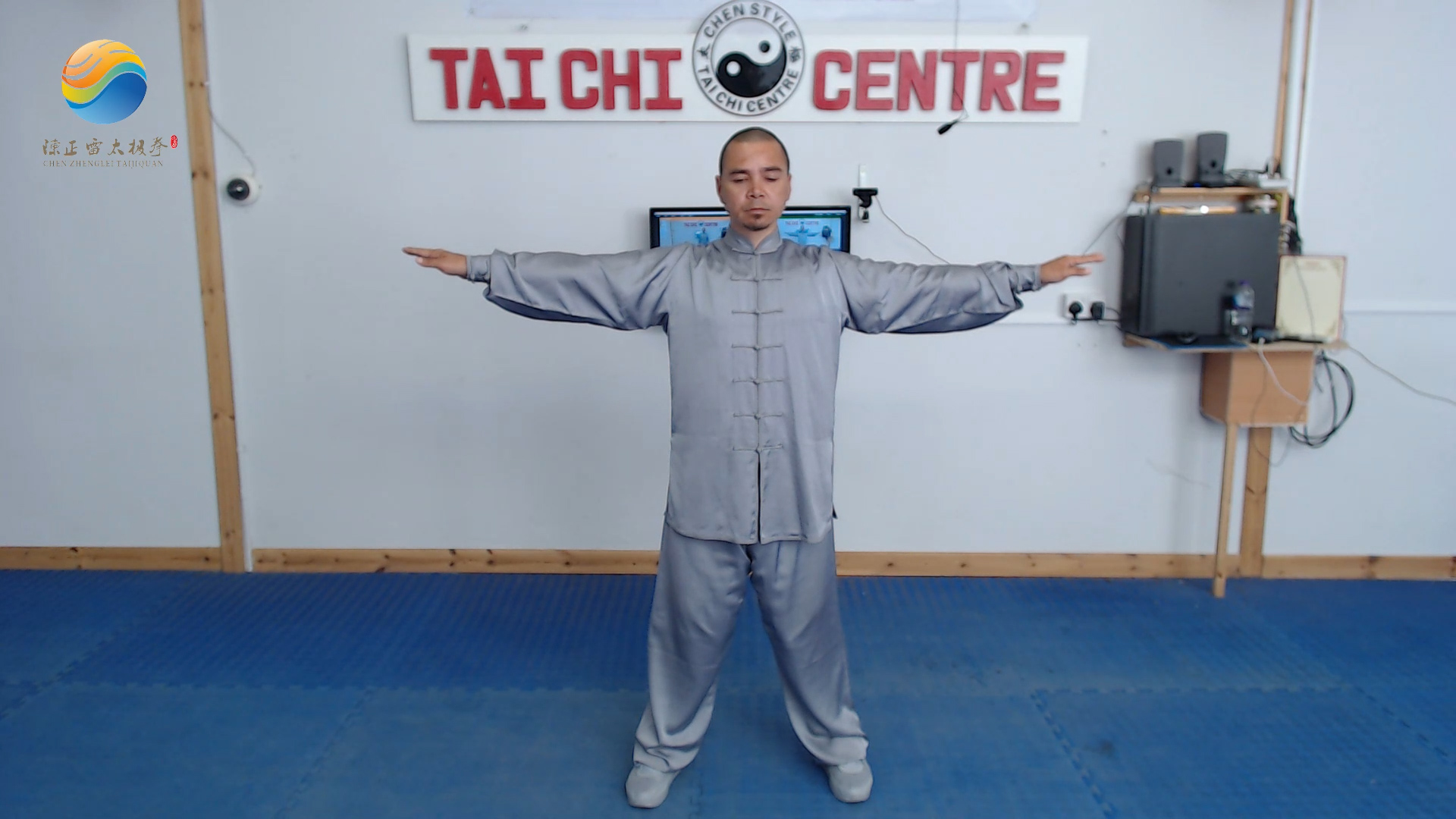
Follow Me
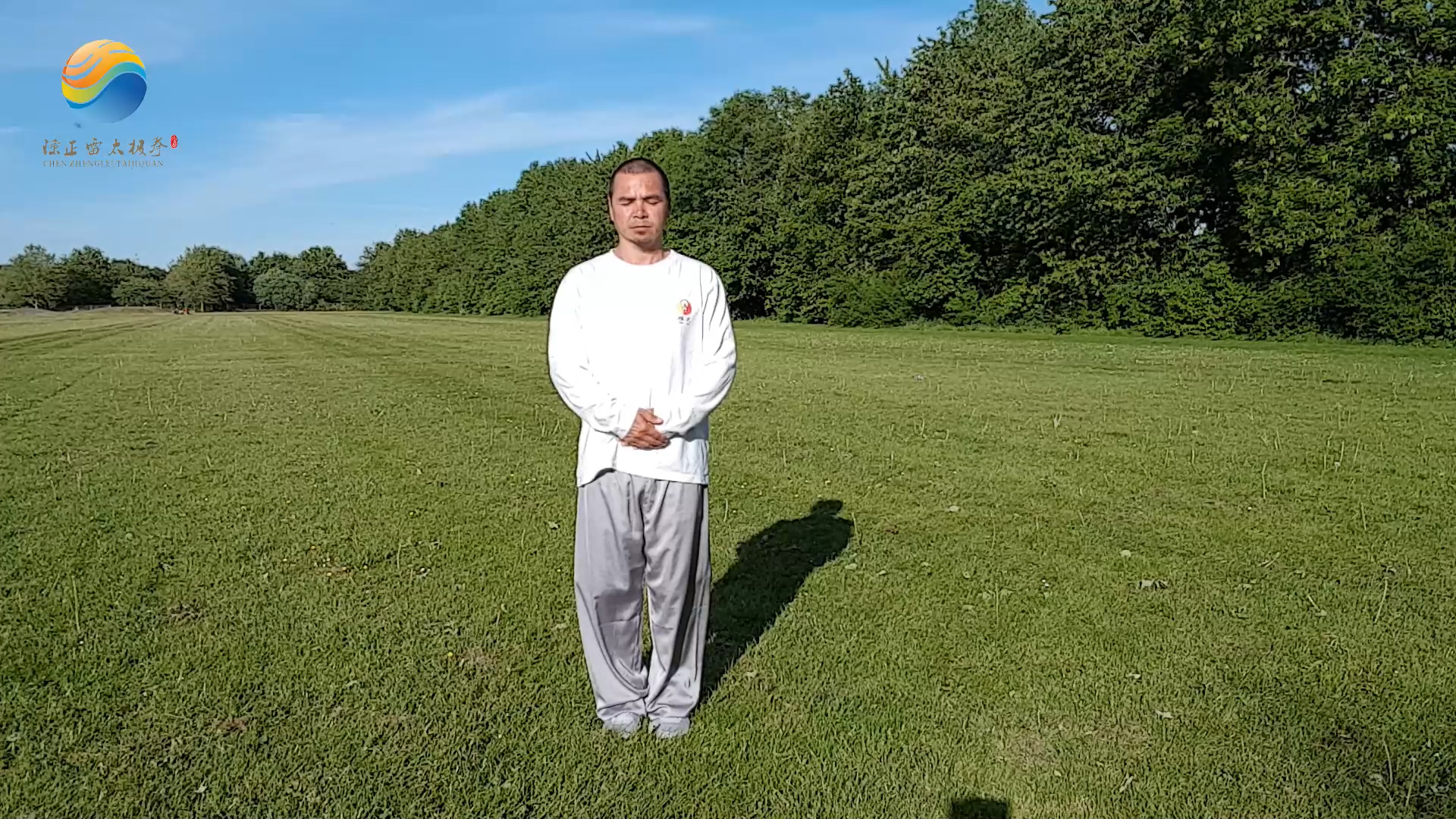
Qigong in the Park
Qigong Ba Duan Jin
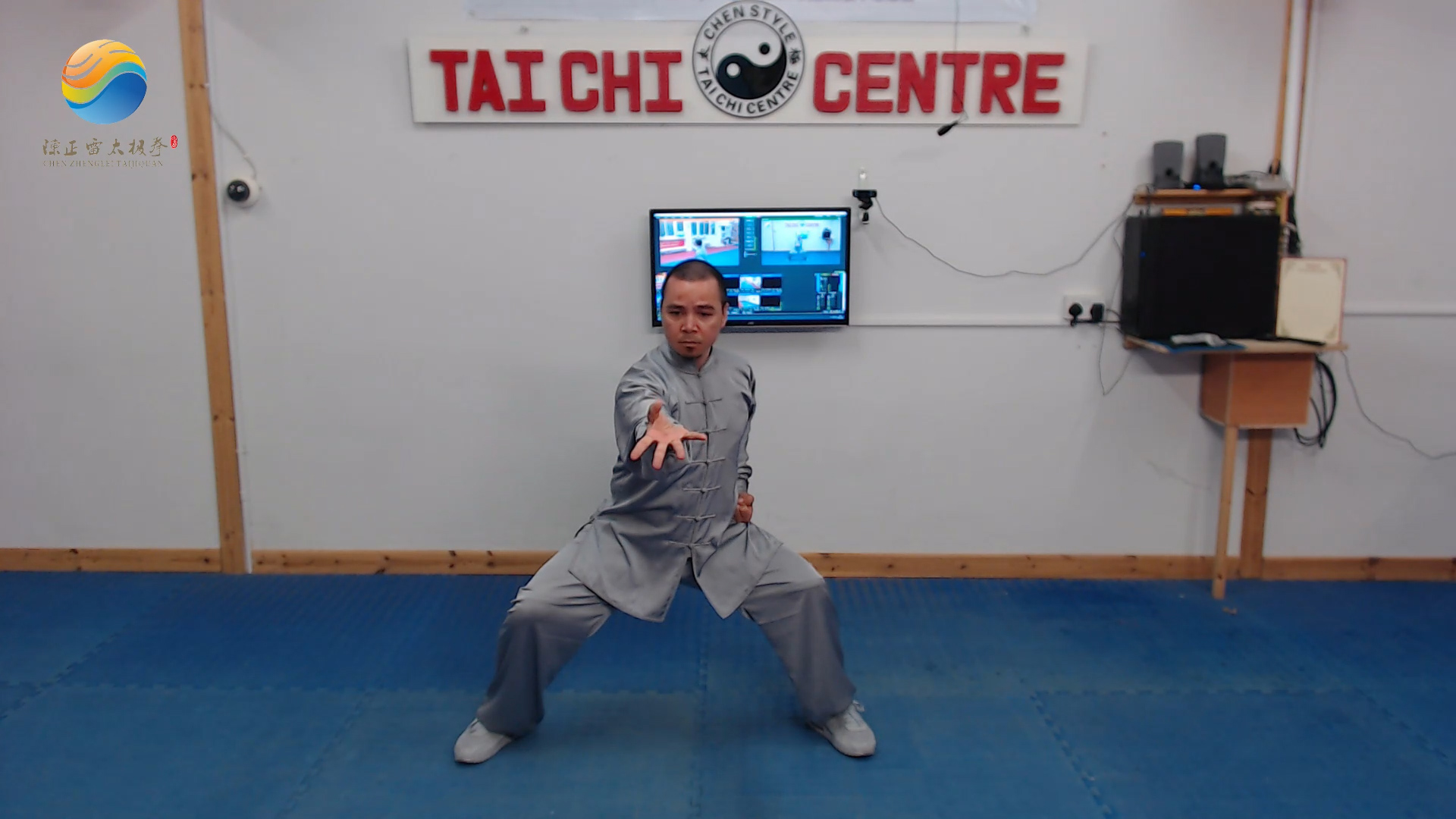

Qigong Ba Duan Jin Demo
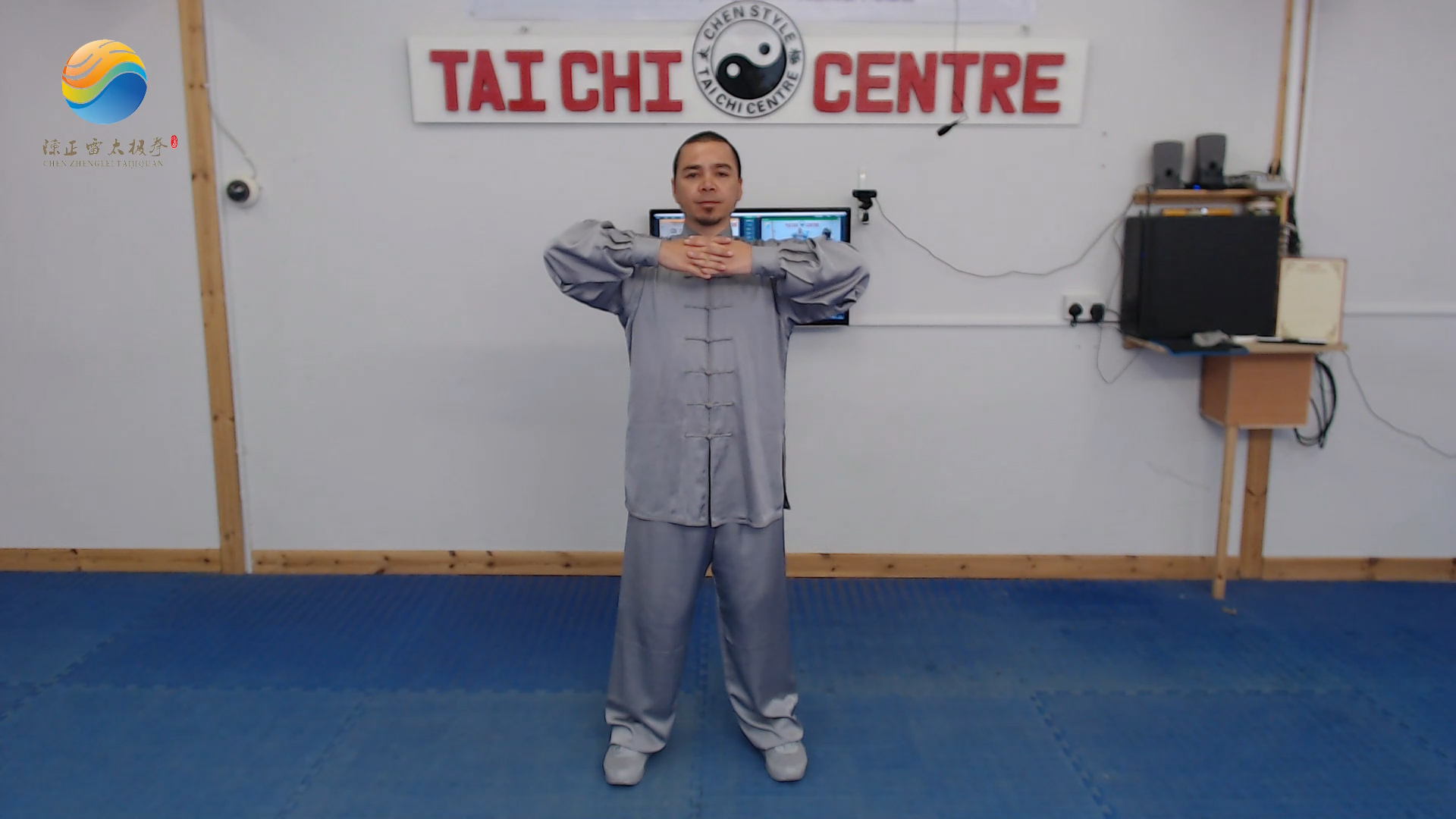
Exercise One
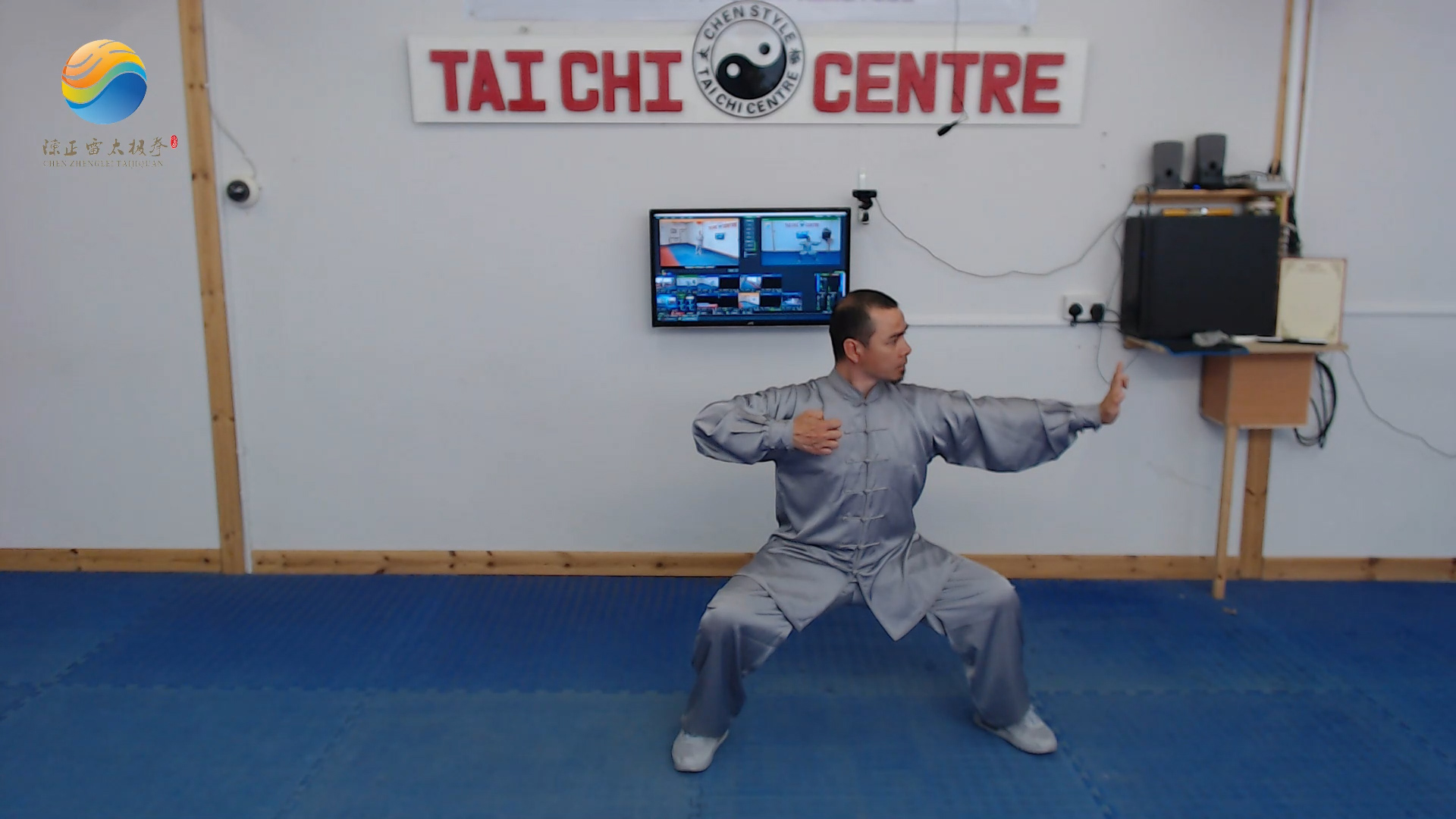
Exercise Two
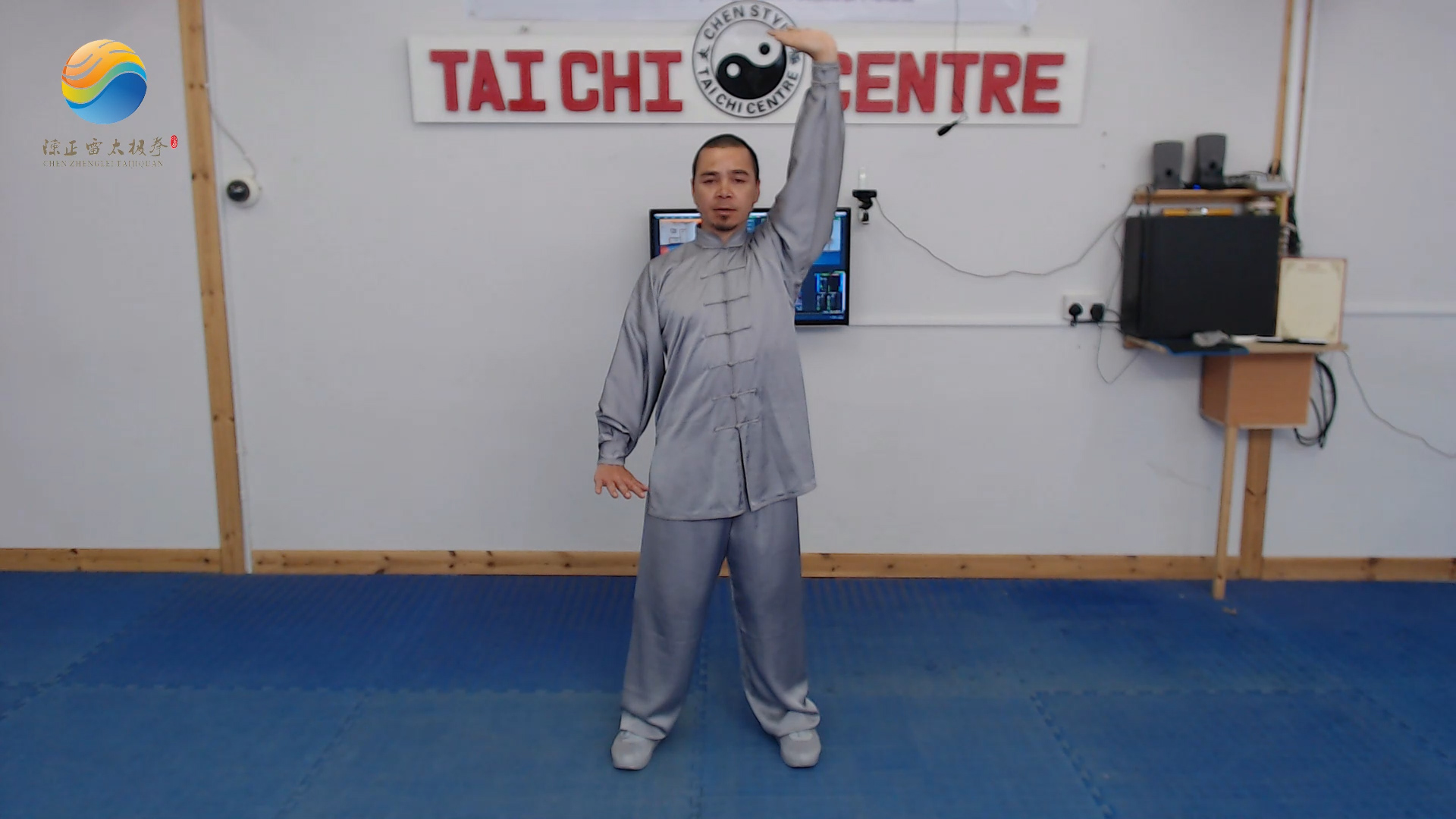
Exercise Three
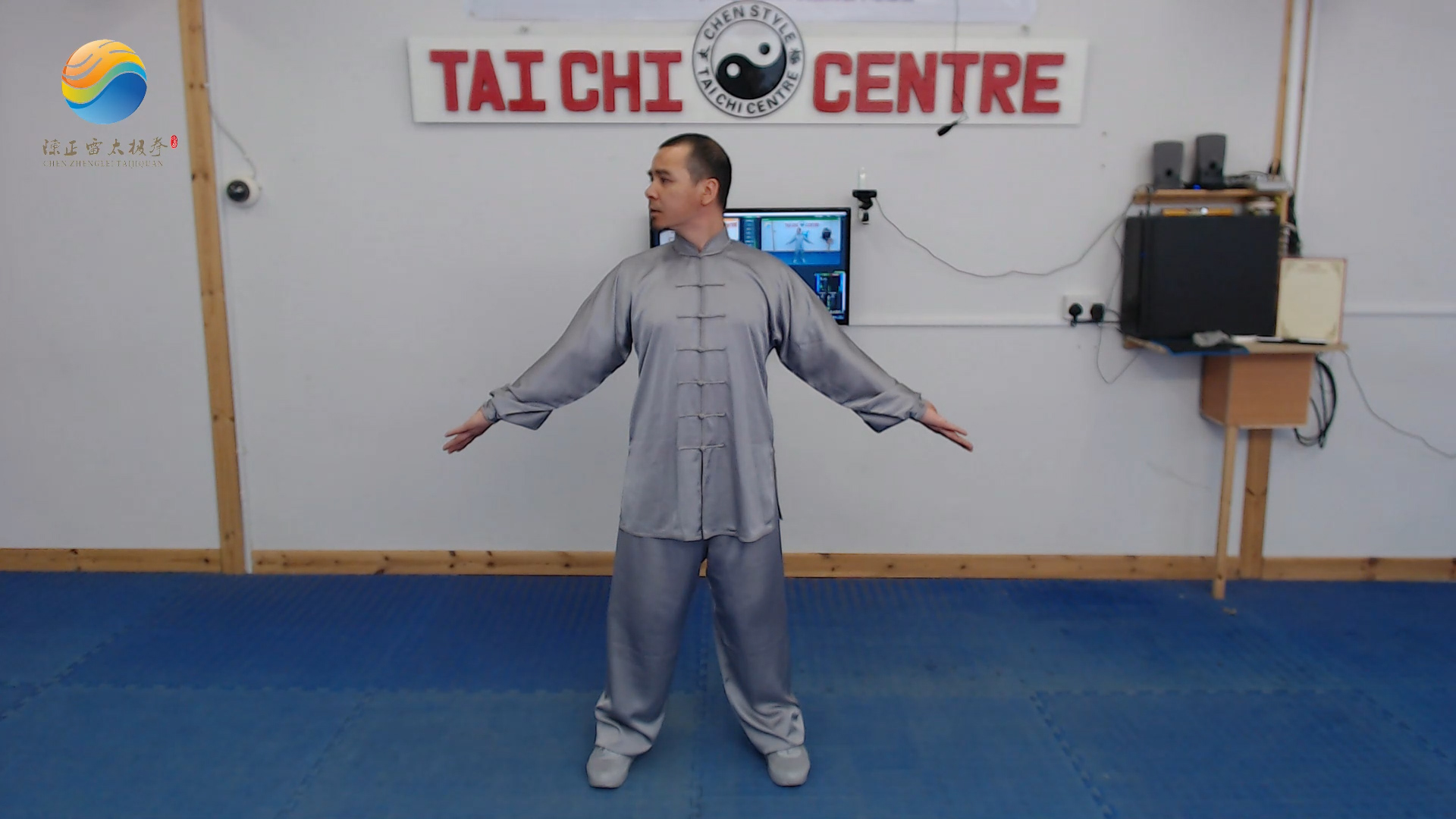
Exercise Four
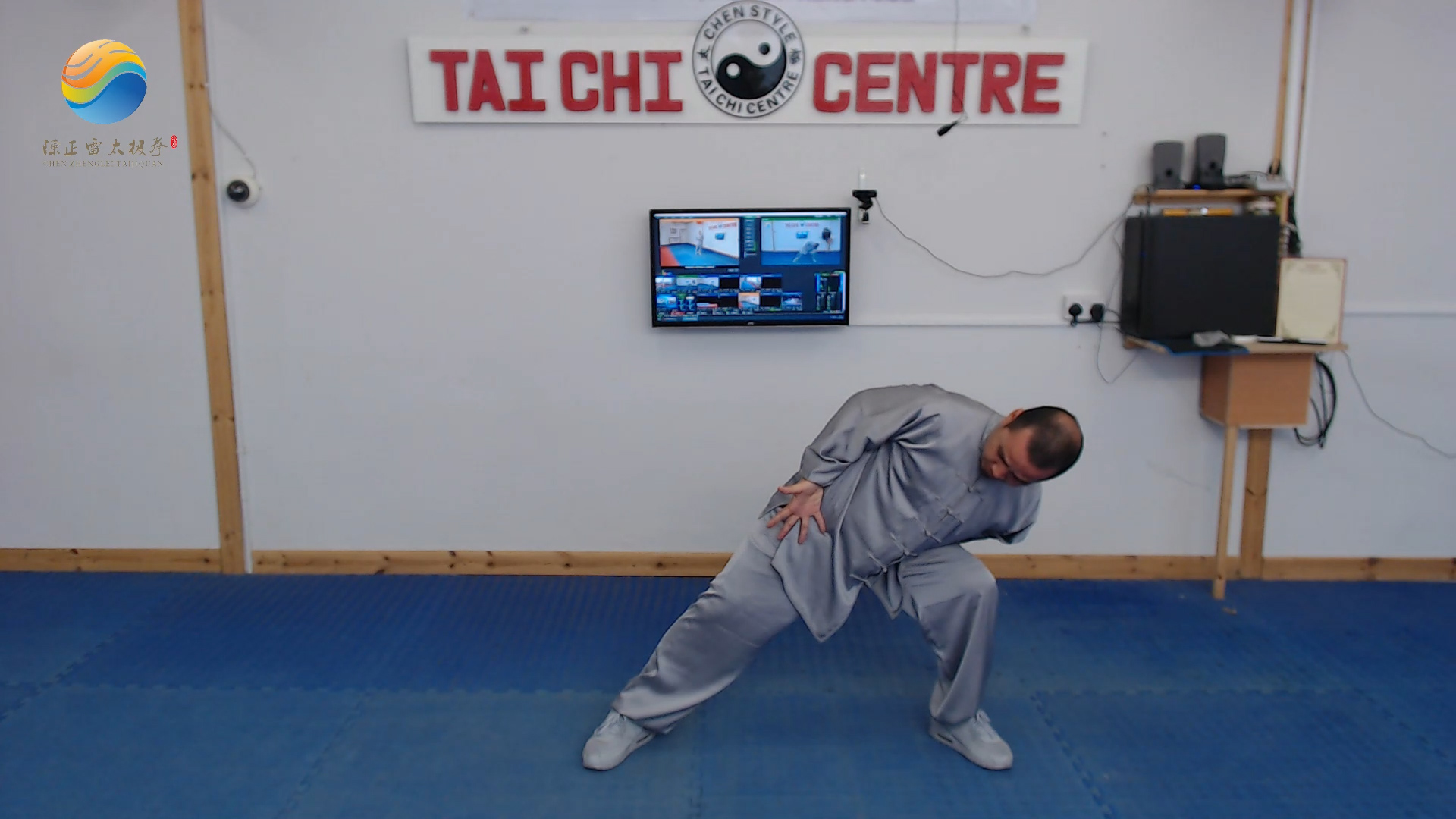
Exercise Five
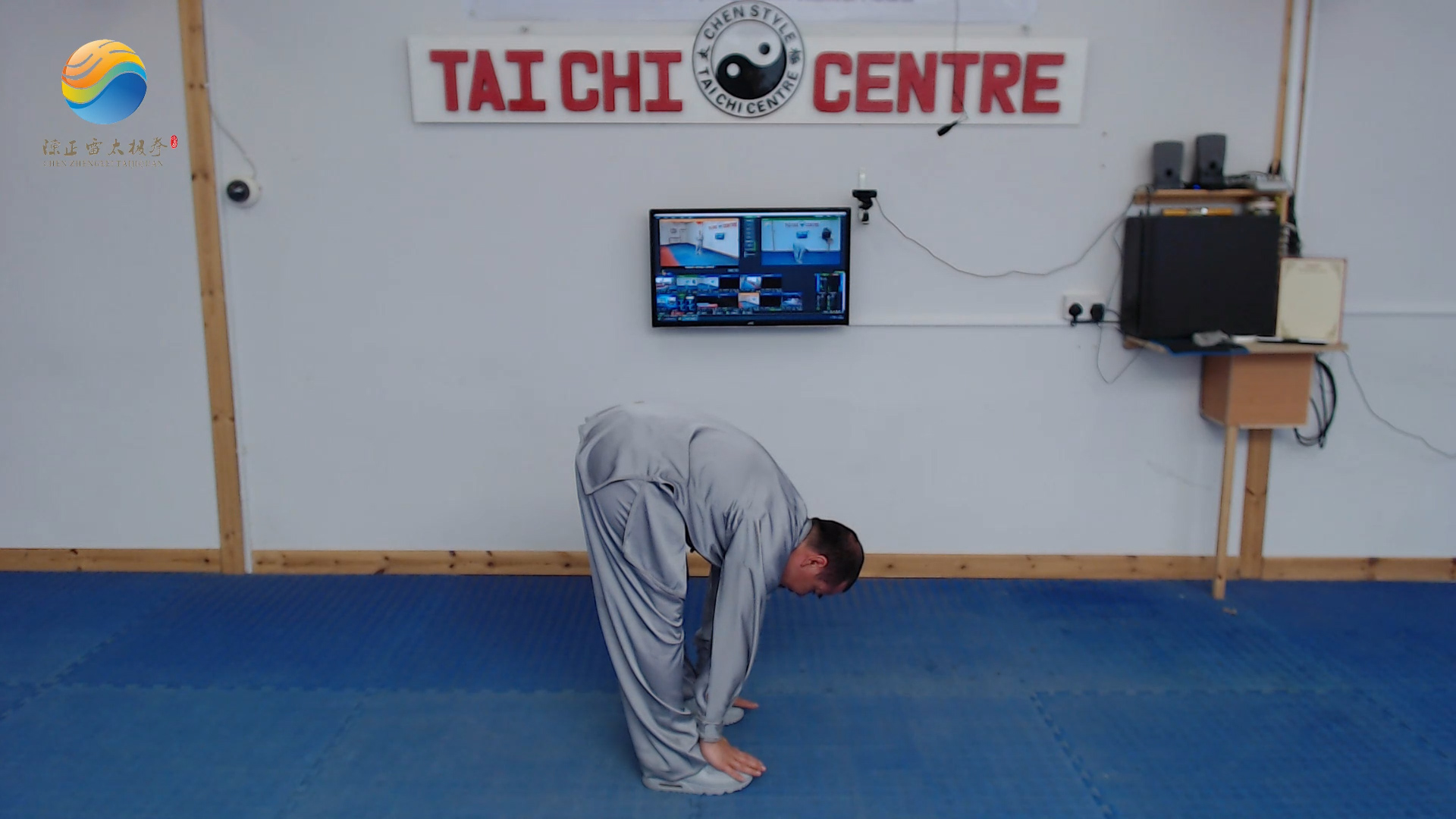
Exercise Six
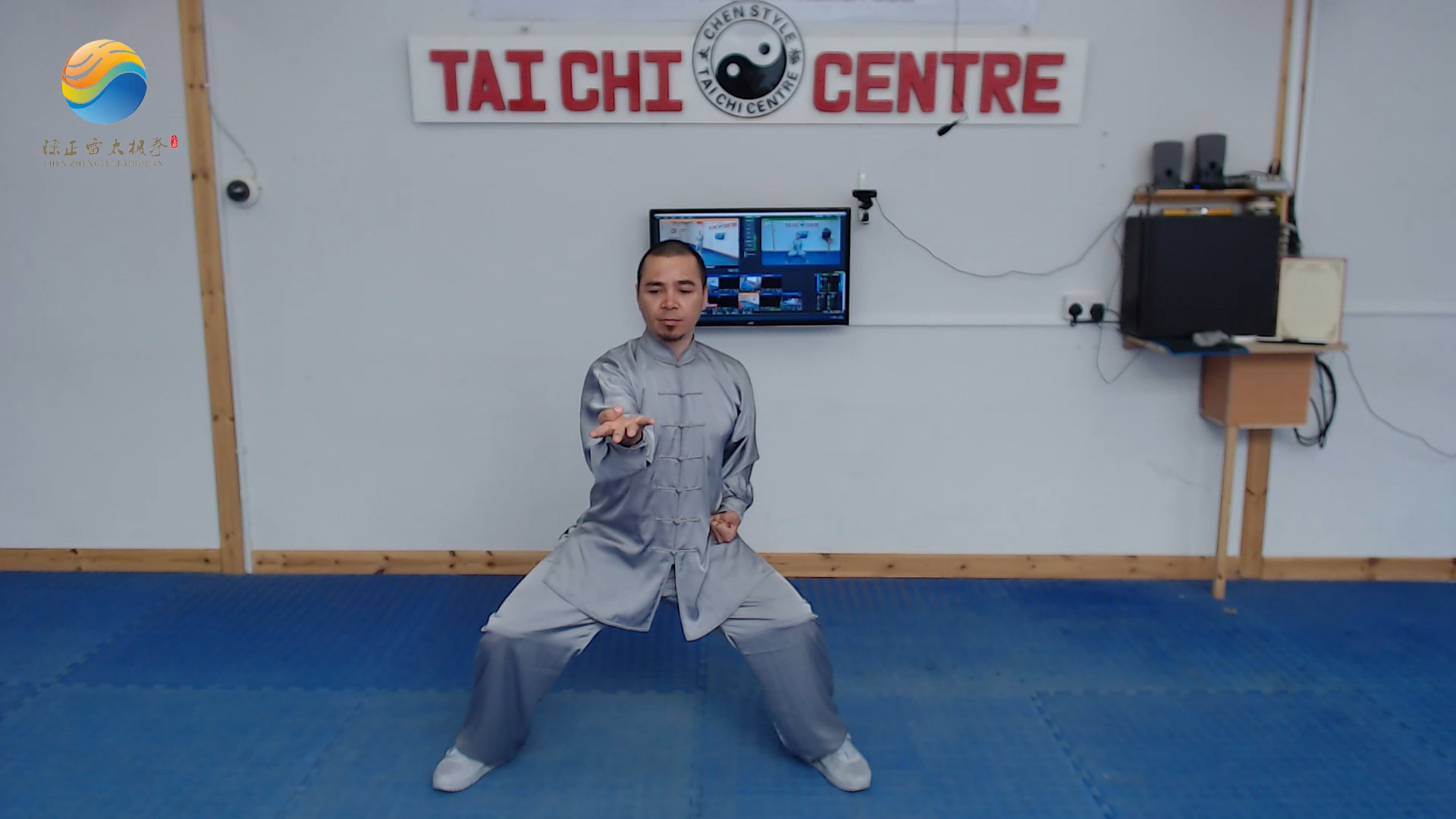
Exercise Seven
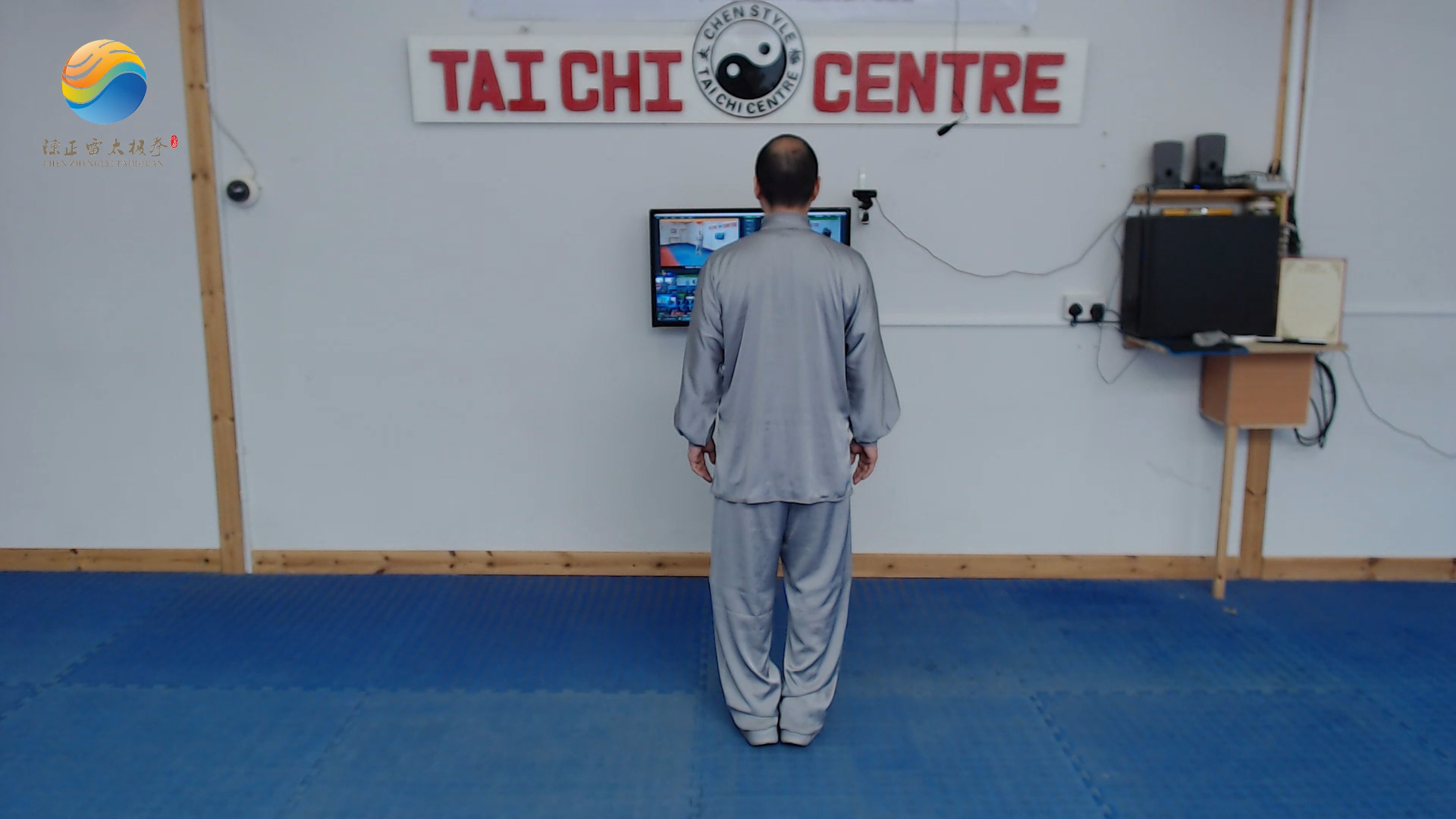
Exercise Eight
Background
Taijiquan (“Tai Chi”) was created in Chenjiagou Village, Wenxian County, Henan Province, China in the late Ming Dynasty, almost 400 years ago, by the 9th generation Chen family member; General Chen Wangtin. Following a decorated military career General Chen retired to Chenjiagou where he began formulating an internal martial arts that incorporated the wisdom of the ancient Taoist philosophy of Yin and Yang, with specialised breathing techniques and a profound understanding of the internal energy meridians “jingluo” used in Traditional Chinese Medicine. Because of its intrinsic power nature, the art was only passed from master to student in great secrecy and remained hidden for almost 300 years within the village.
Chen Style Tai Chi has fast become the most popular form of Tai Chi in the world today. Both old and young Tai Chi practitioners are beginning to appreciate why generations of the Chen family were determined to maintain their sacred art in its purest form so that everyone may experience the maximum benefits under their guidance.
Tai Chi is accessible to people of all ages and physical abilities and can be practised on different levels, from a simple Qigong meditative exercise which often applies slow graceful movements with controlled breathing techniques; to a fast and powerful martial art.
Grandmaster Chen Zhenglei
Grandmaster Chen Zhenglei was born in Chenjiagou Village, and is a 19th generation of the Chen family and 11th generation direct-line successor of Chen Family Taijiquan Chen-style taijiquan.
He is recognized as one of the four “Buddha’s Warrior Attendants (Si Jingang),” the four outstanding exponents of the 19th generation in Chenjiagou. He travels around the globe giving workshops and creating an international group of Chen-style practitioners.
Grandmaster Chen is listed in the China Contemporary Education Celebrities Dictionary, China Present Martial Arts Masters, and Contemporary reform elites and he is the creator of the 18 Short Form of Lao Jia. In December 1995, Chen Zhenglei was recognized as one of Top Ten Martial Arts Masters of Present Day living in China.
Since 1998, the Chinese Wushu Association together with the National Sport Commission and the Chinese Wushu Research Institute has established a graduation system based on nine Duan levels (rank), Grandmaster Chen achieved the 9th Duan Wei Grandmaster (Jinlong—jiu duan: Gold Dragon) level in 2012, and he is one of the few holders of the highest rank of the Duan wei system.
The benefits of practising Tai Chi & Qigong
Tai Chi and Qigong can be used as a preventive health measure to maintain good health and are recommended as an addition to conventional medical treatments. In Traditional Chinese Medicine theory, blocked or stagnant Qi (vital life force) is said to be the root of many diseases. Through this gentle exercise which incorporates the mind, breathing and body, Tai Chi and Qigong help to cultivate and promote the circulation of Qi within the body to enhance overall health, bring relaxation, balance and harmony between the body and mind.
Tai Chi and Qigong’s health benefits have been studied for nearly 2,000 years in China but have only been studied in the west in the last century. Studies have shown that both Tai Chi and Qigong can help people to reduce stress, improve posture, balance and general mobility as well as increase muscle strength in the legs. Tai Chi and Qigong have now become one of the most popular in the world as a health-promoting exercise that are suitable for all ages and all people.
Examples of Qigong Exercise
Ba Duan Jin – Eight Pieces of Brocade
Ba Duan Jin can increase the internal energy circulation through spiritual cultivation and physical movements to improve health and fitness. Deep natural breathing, without any constraint, is required during the practice.
Yi Jin Jing – Muscle / Tendon Change Classic
Yi Jin Jing is a form of muscle and tendon strengthening exercise. The movements focus on stretching, bending, flexing and twisting in multi-directional motions of the joints. This exercise increases the flexibility and pliability of muscles, tendons and ligaments as well as improves the mobility of joints.
Wu Qin Xi – Five Animals Qigong
Five Animals Qigong combines physical with mental exercise, imitating the movements of tigers (courage and robustness), deer (serenity and poise), bears (steadiness and solidity), monkeys (nimbleness and dexterity) and birds (swiftness and grace). This exercise aims to strengthen muscles and bones, promoting the circulation of Qi and blood.
Liu Zi Jue- Six Healing Sounds
Six Healing Sounds focuses on the breath-control, to regulate and control the rise and fall of the Qi inside the body. Six different mouth forms and pronunciations are made during inhalation and exhalation. This exercise helps to balance the energy and functions of the internal organs.

